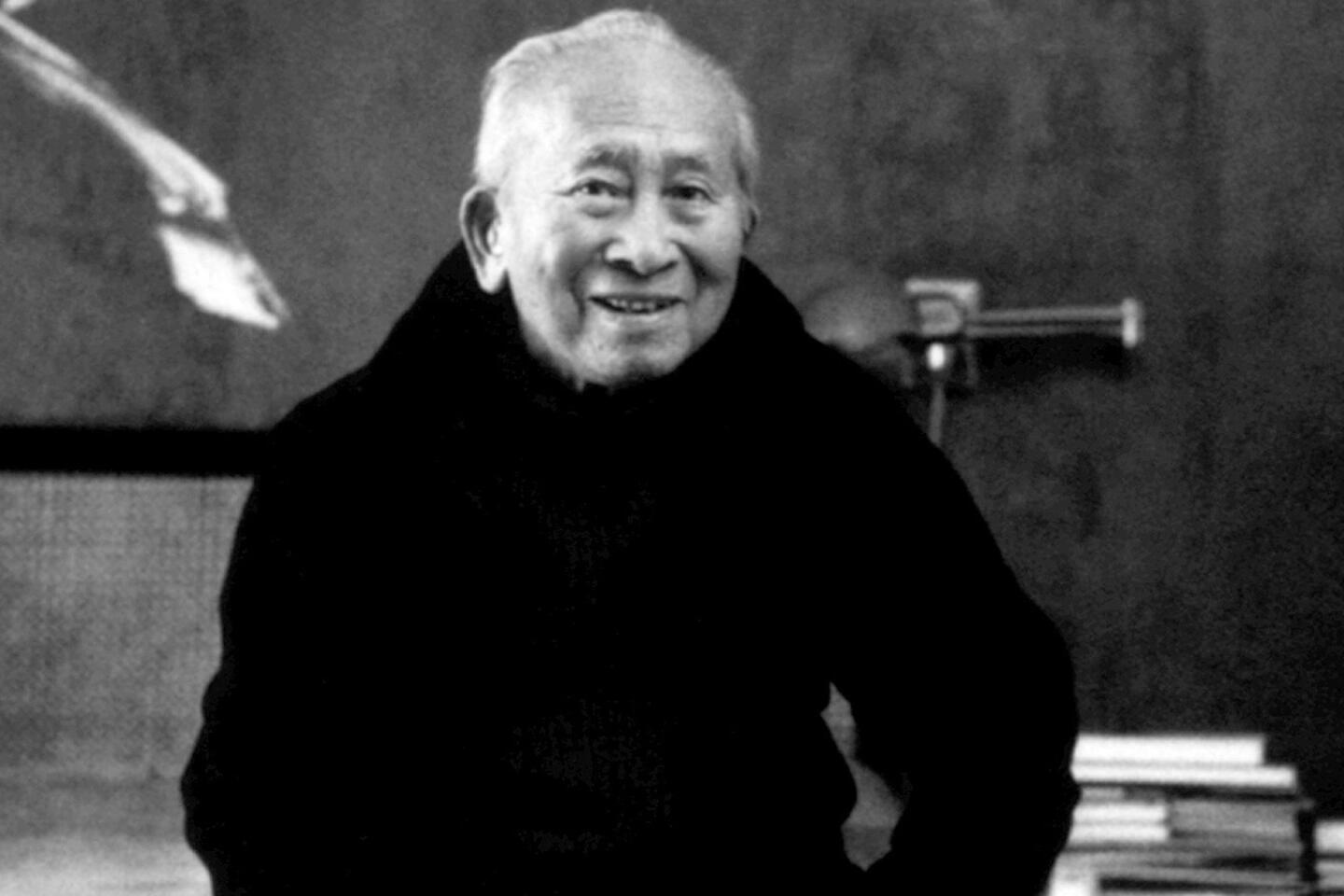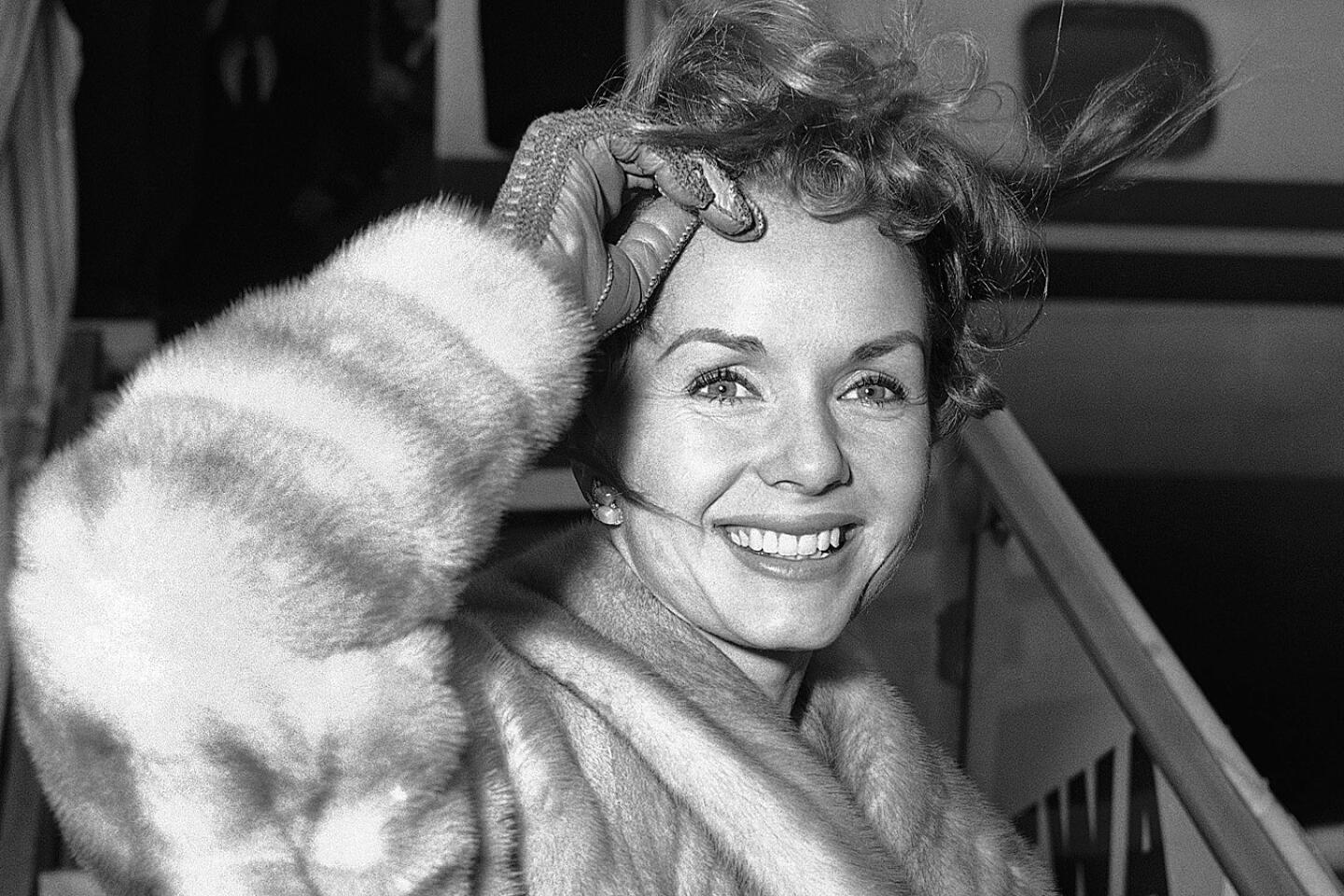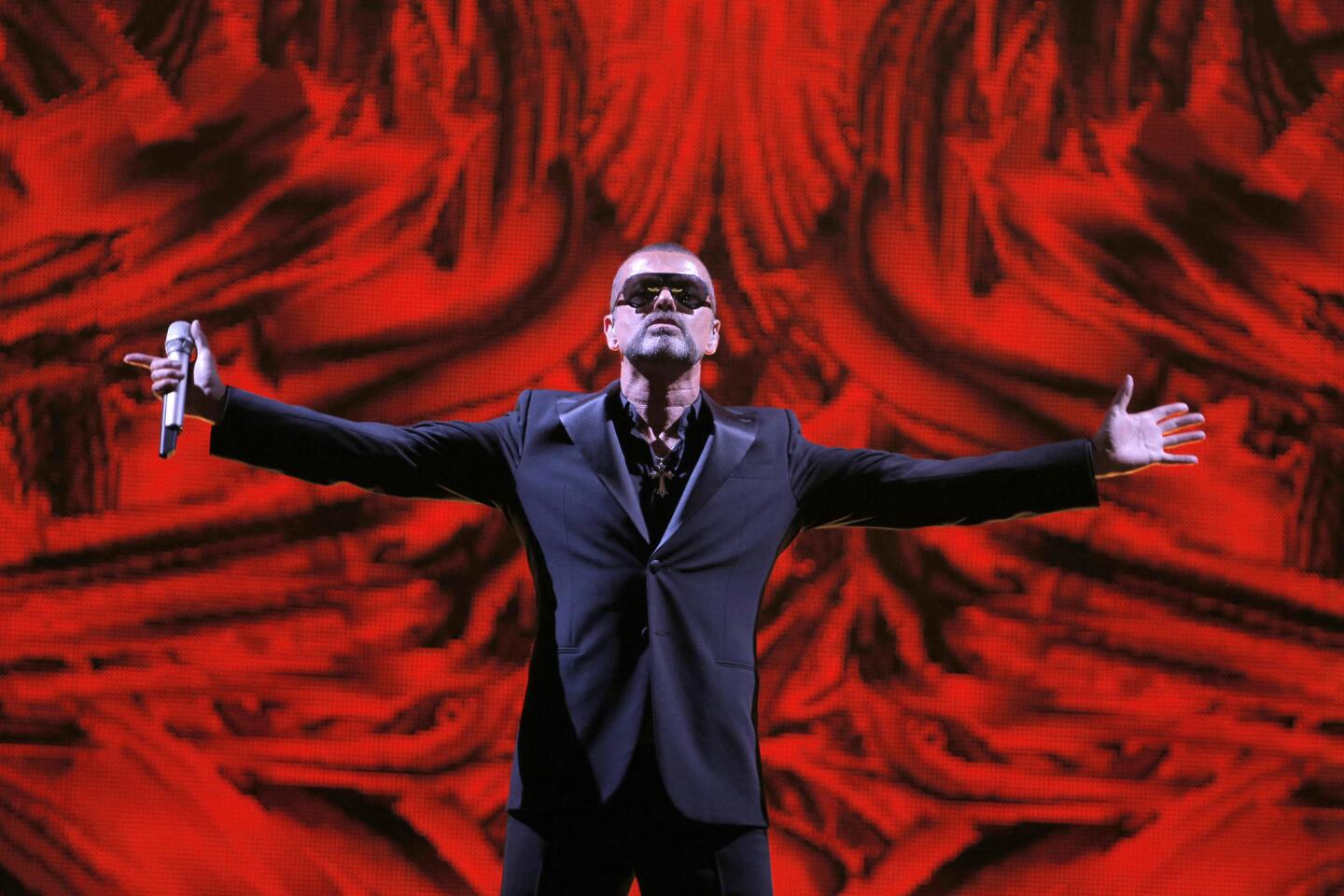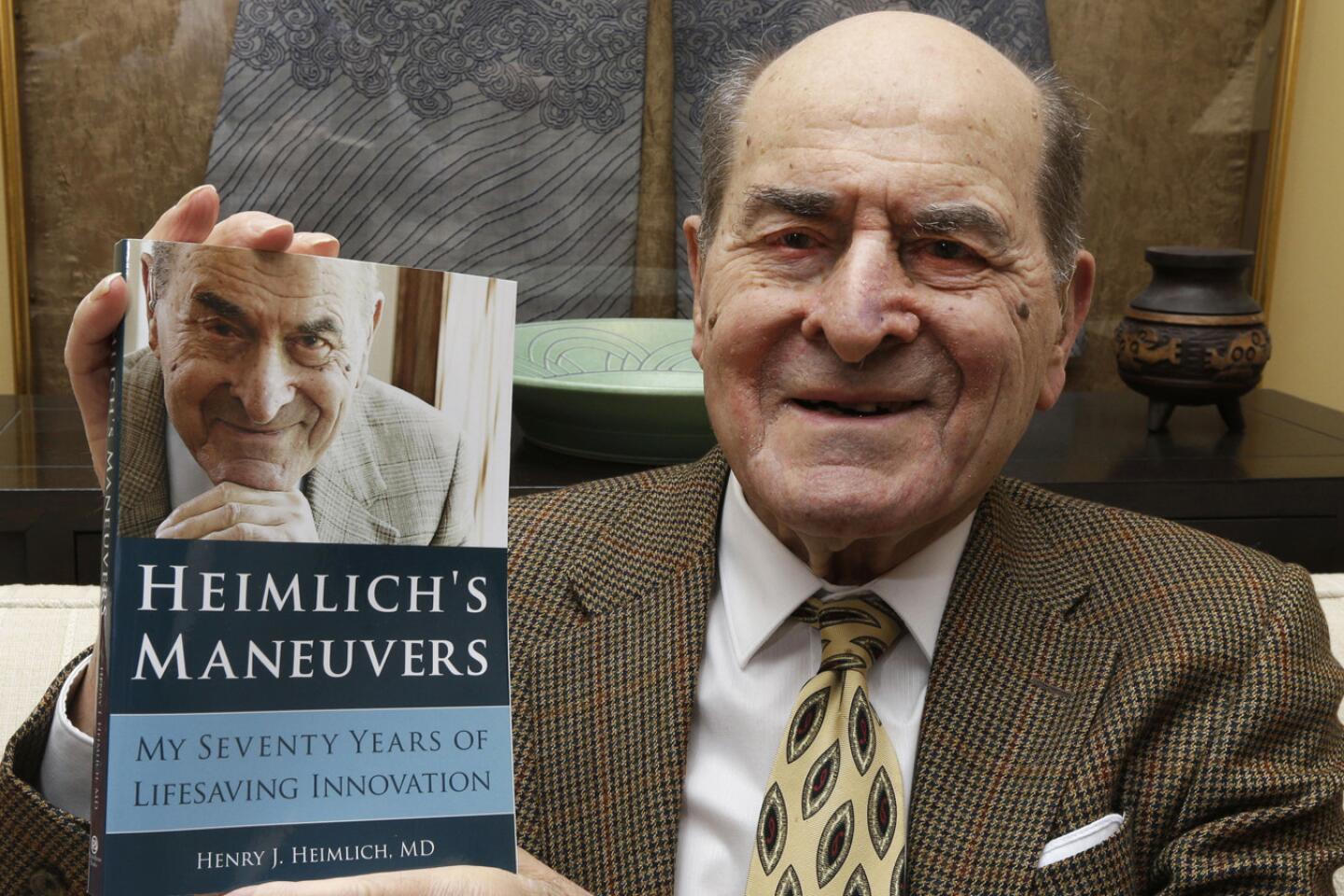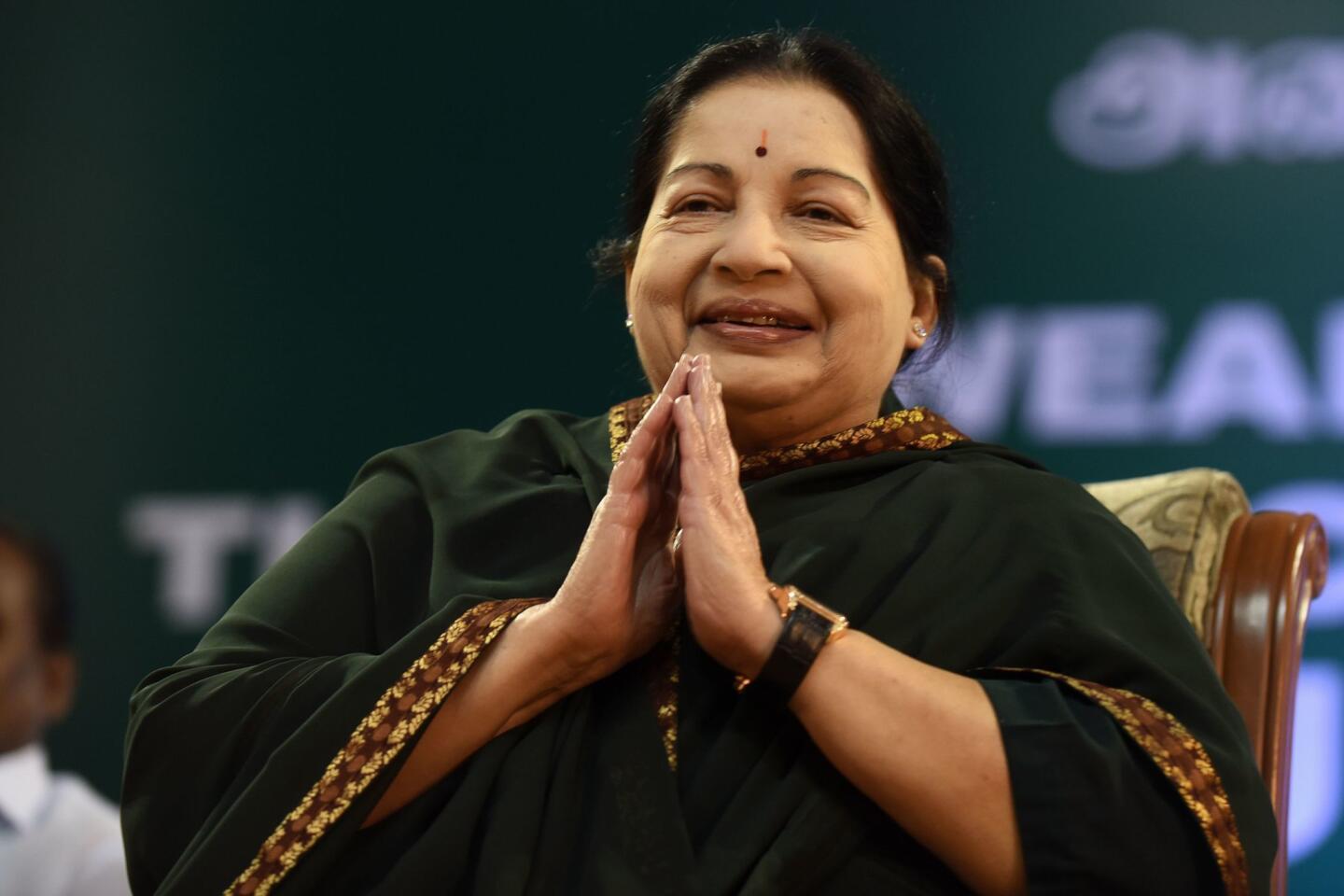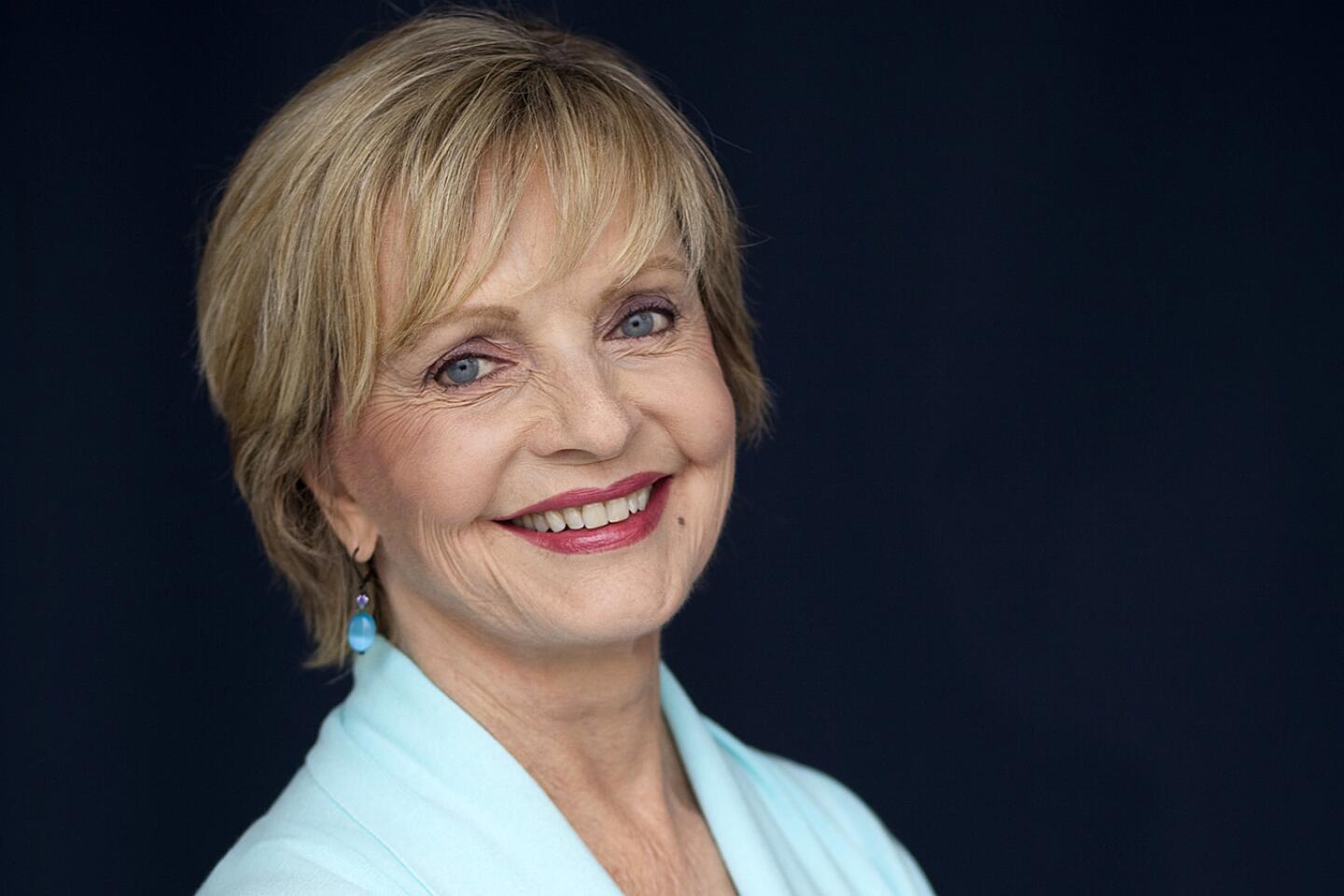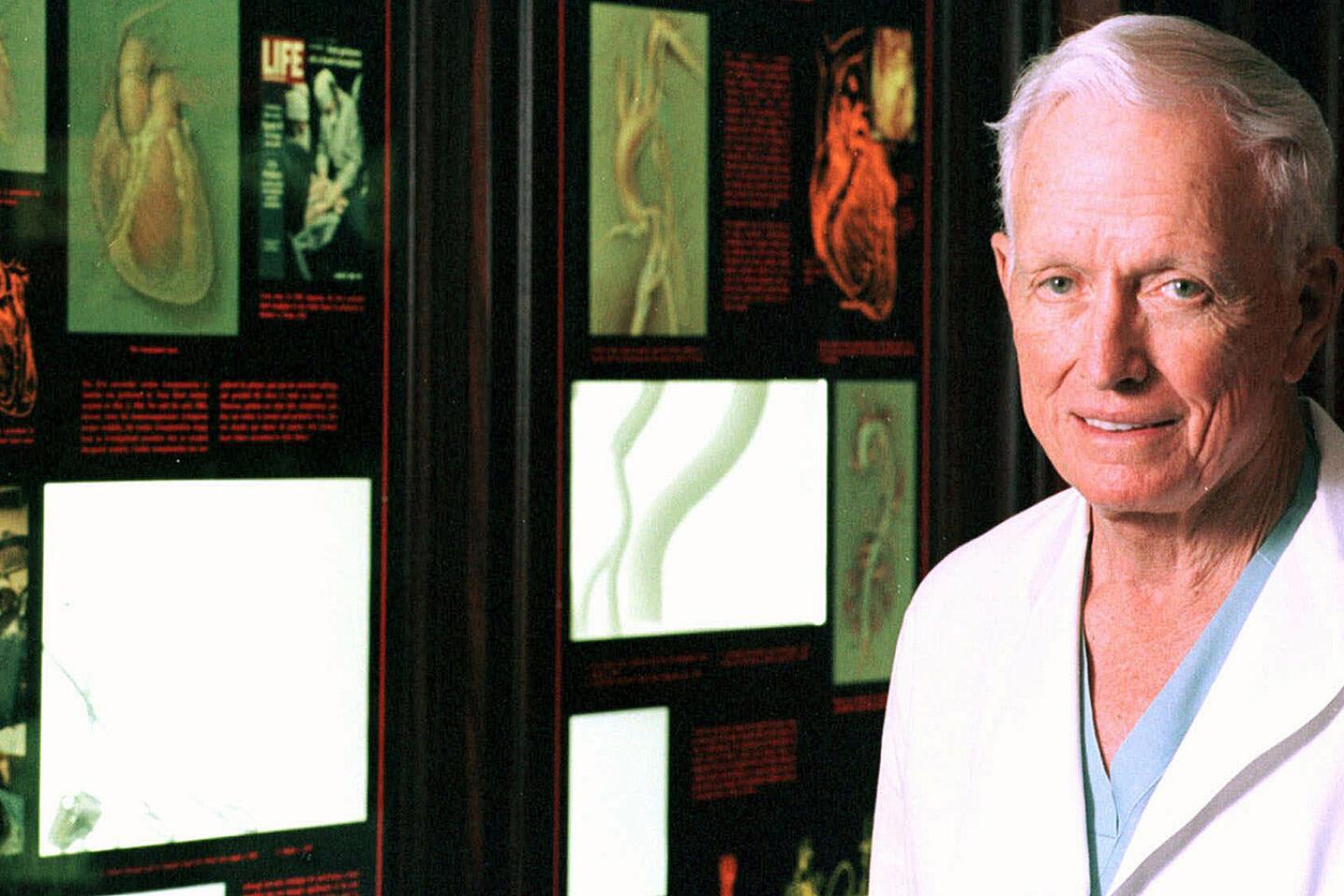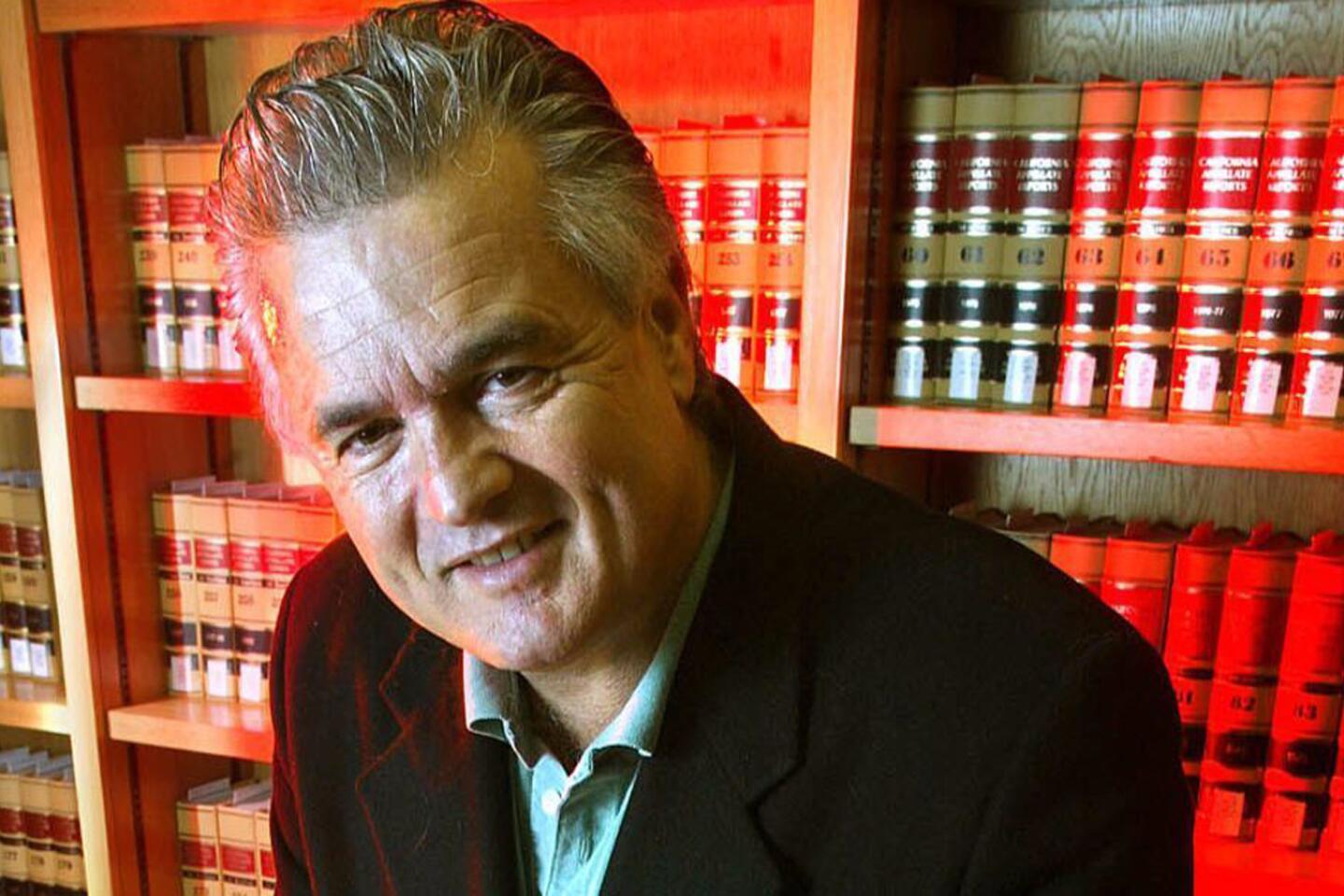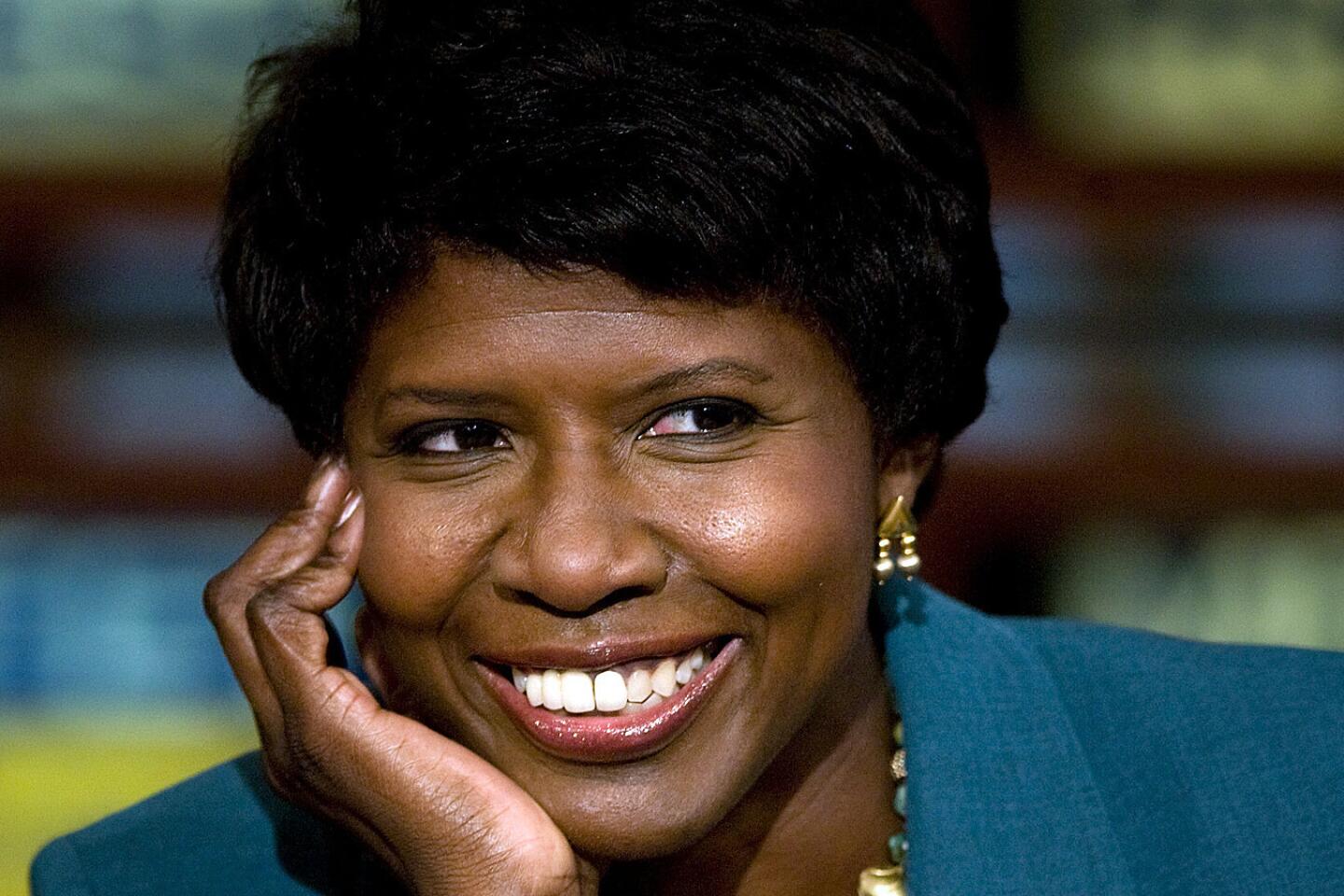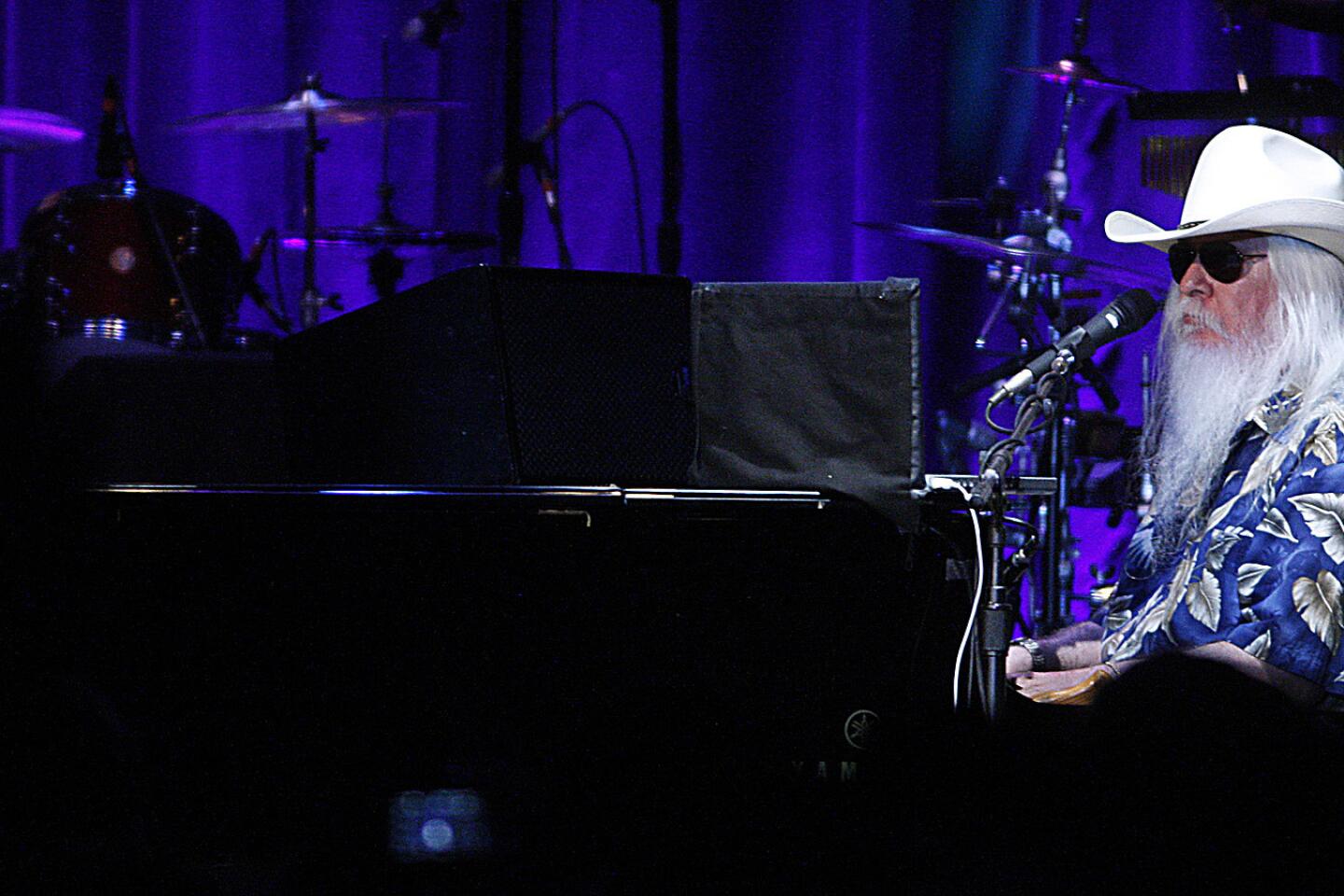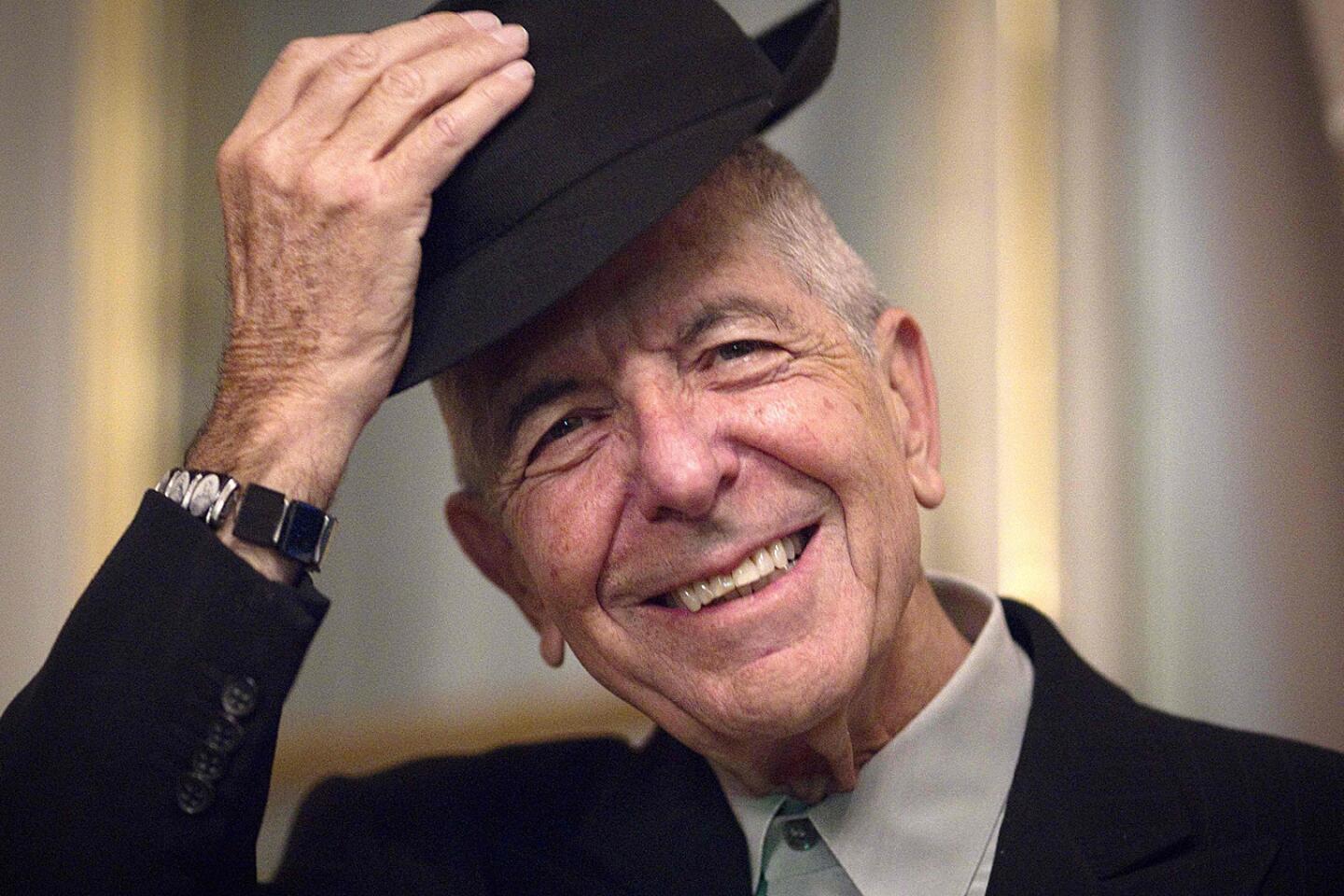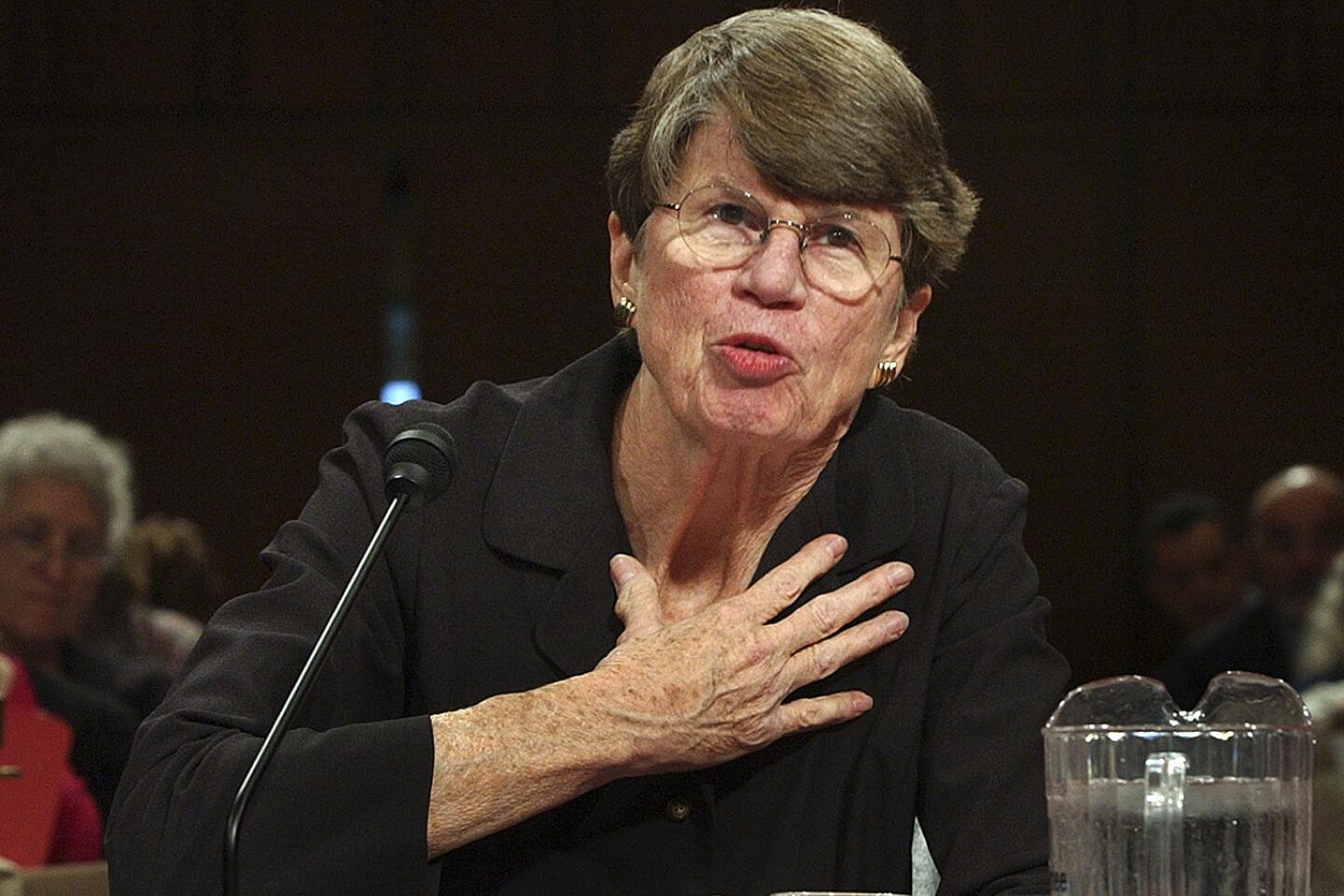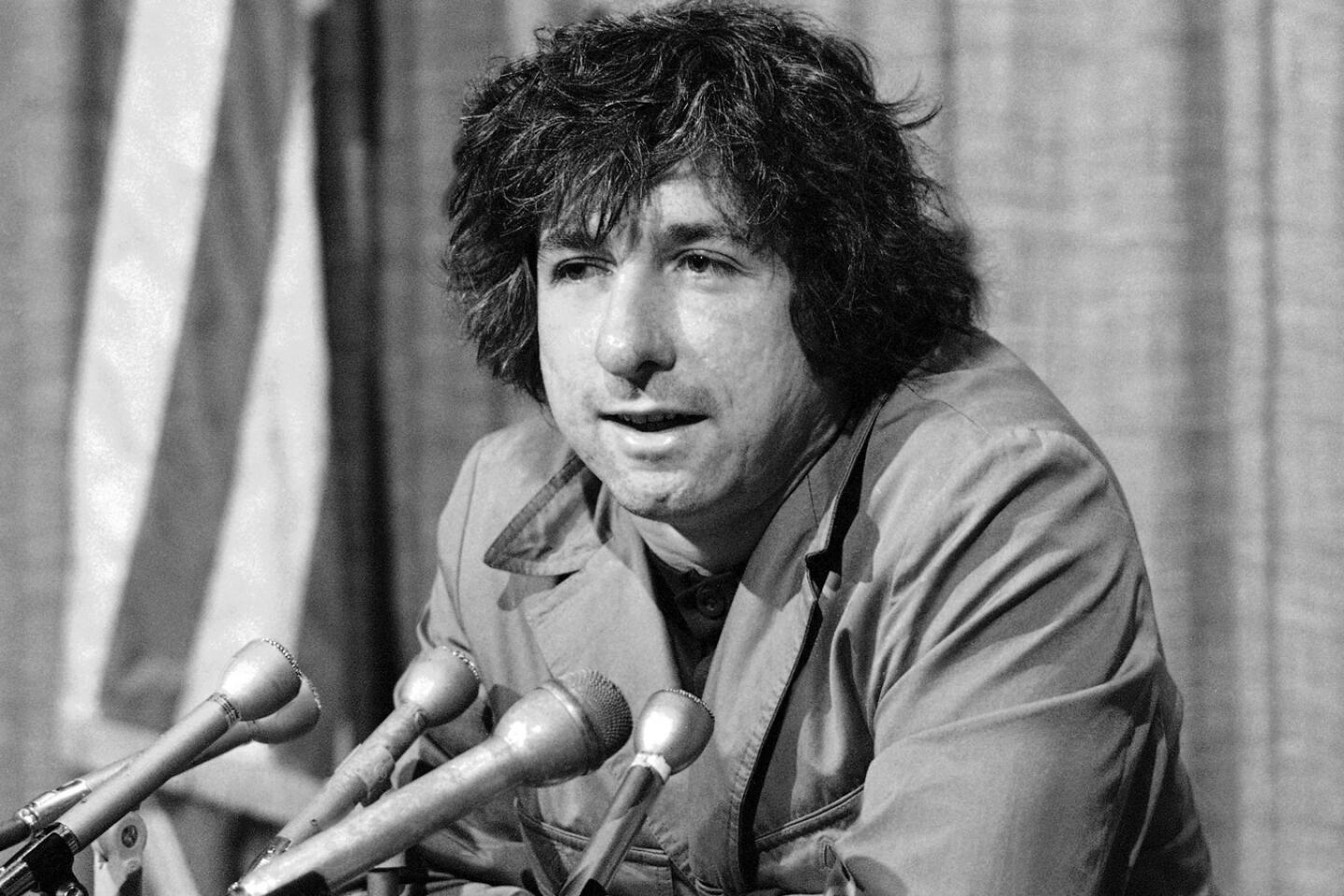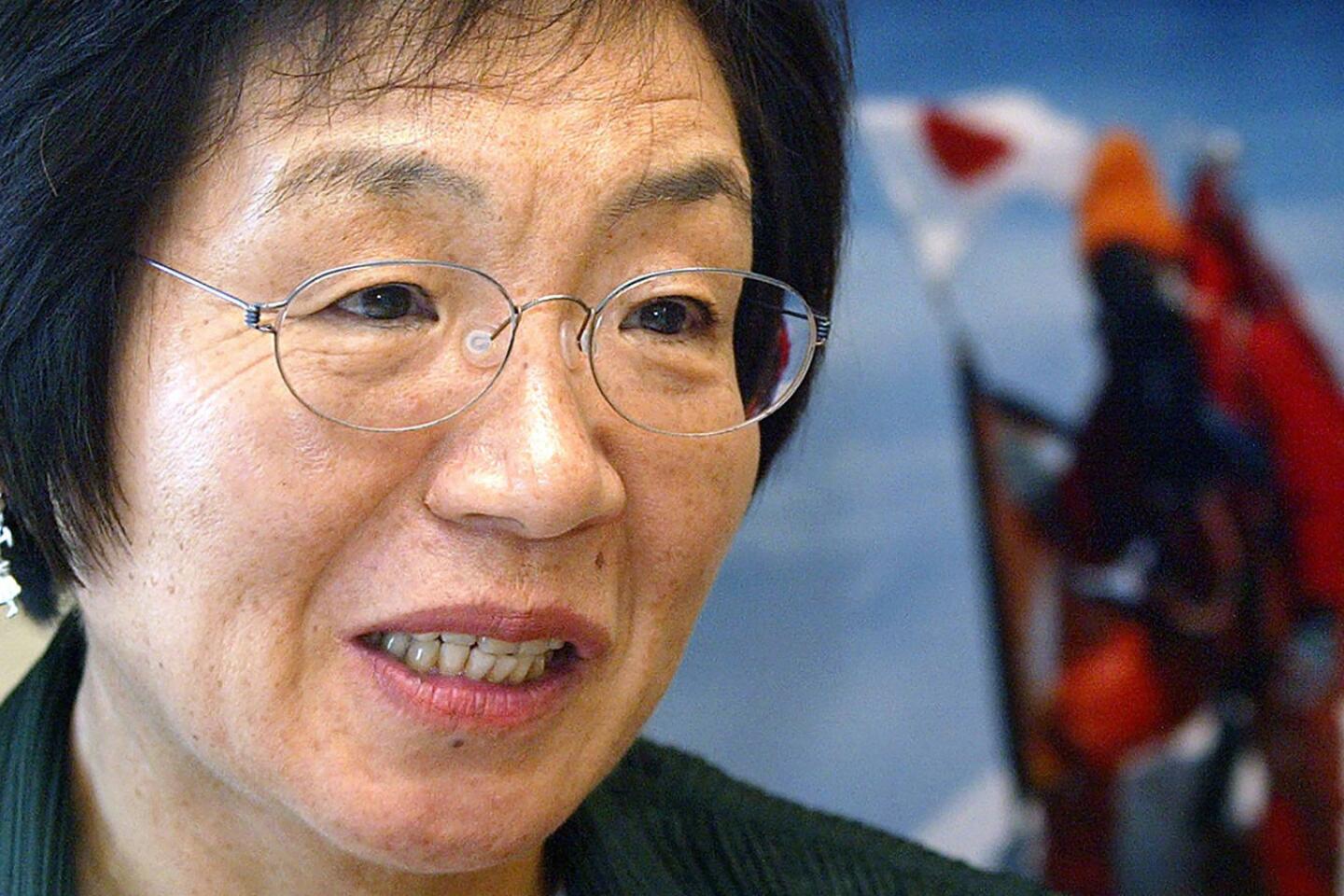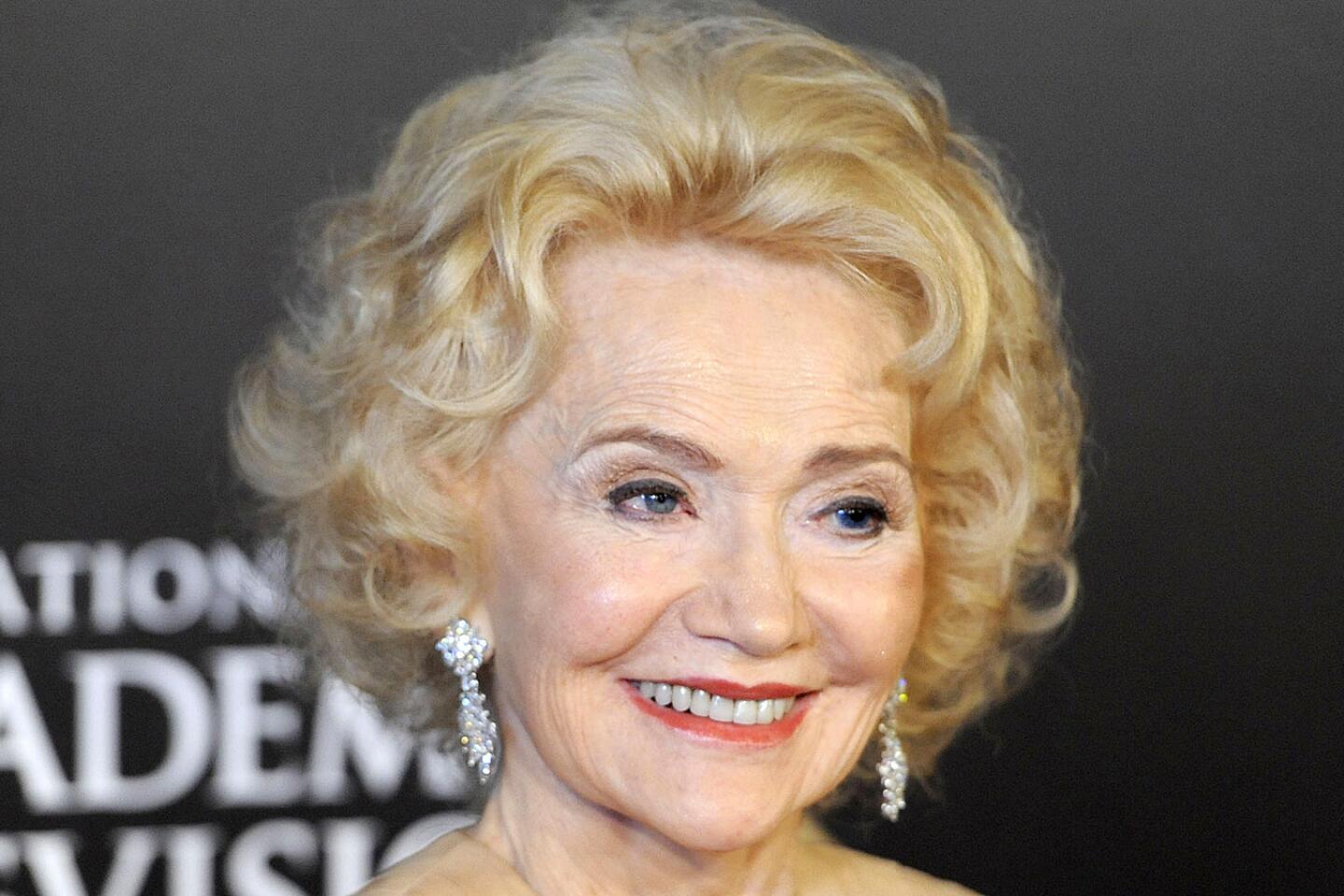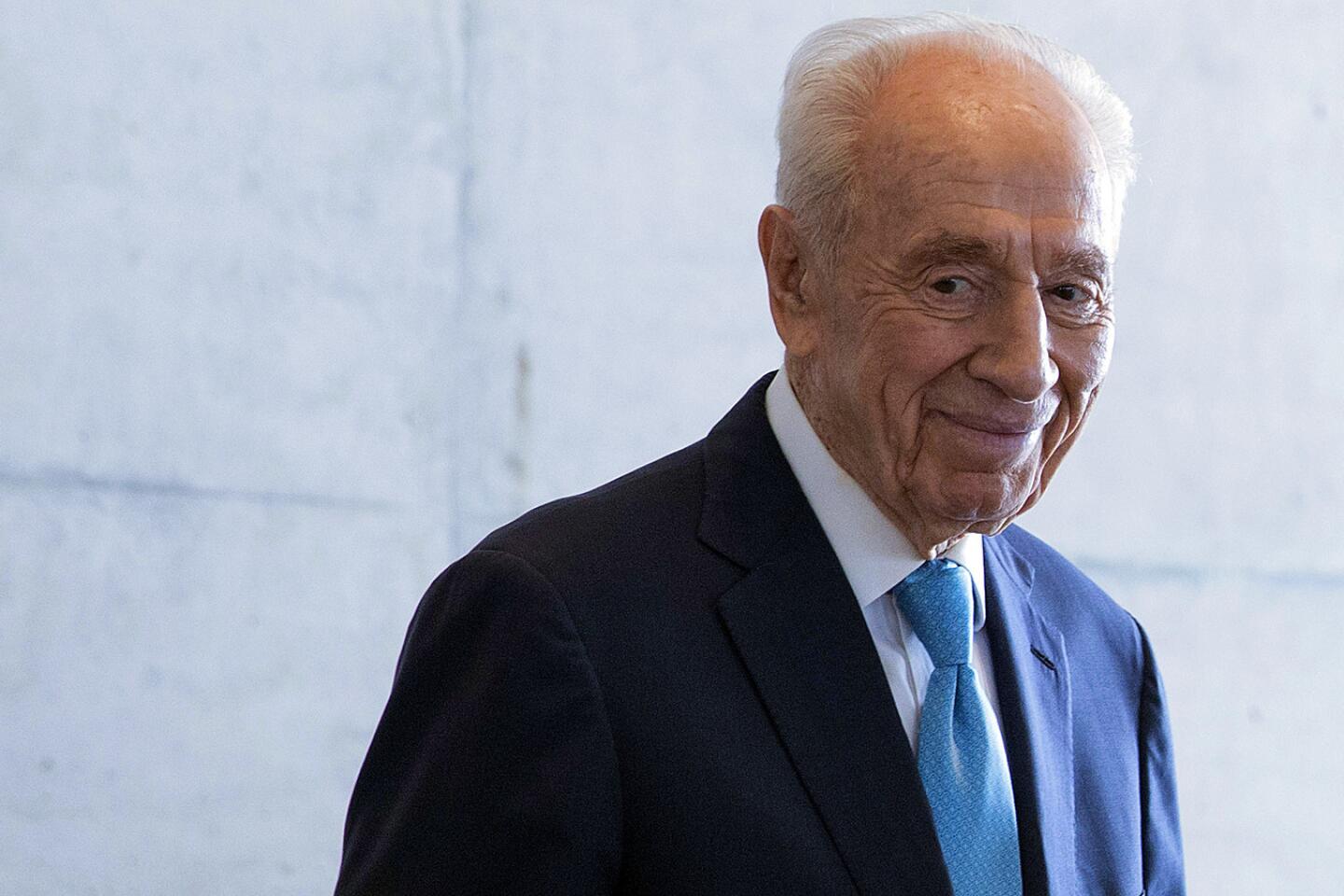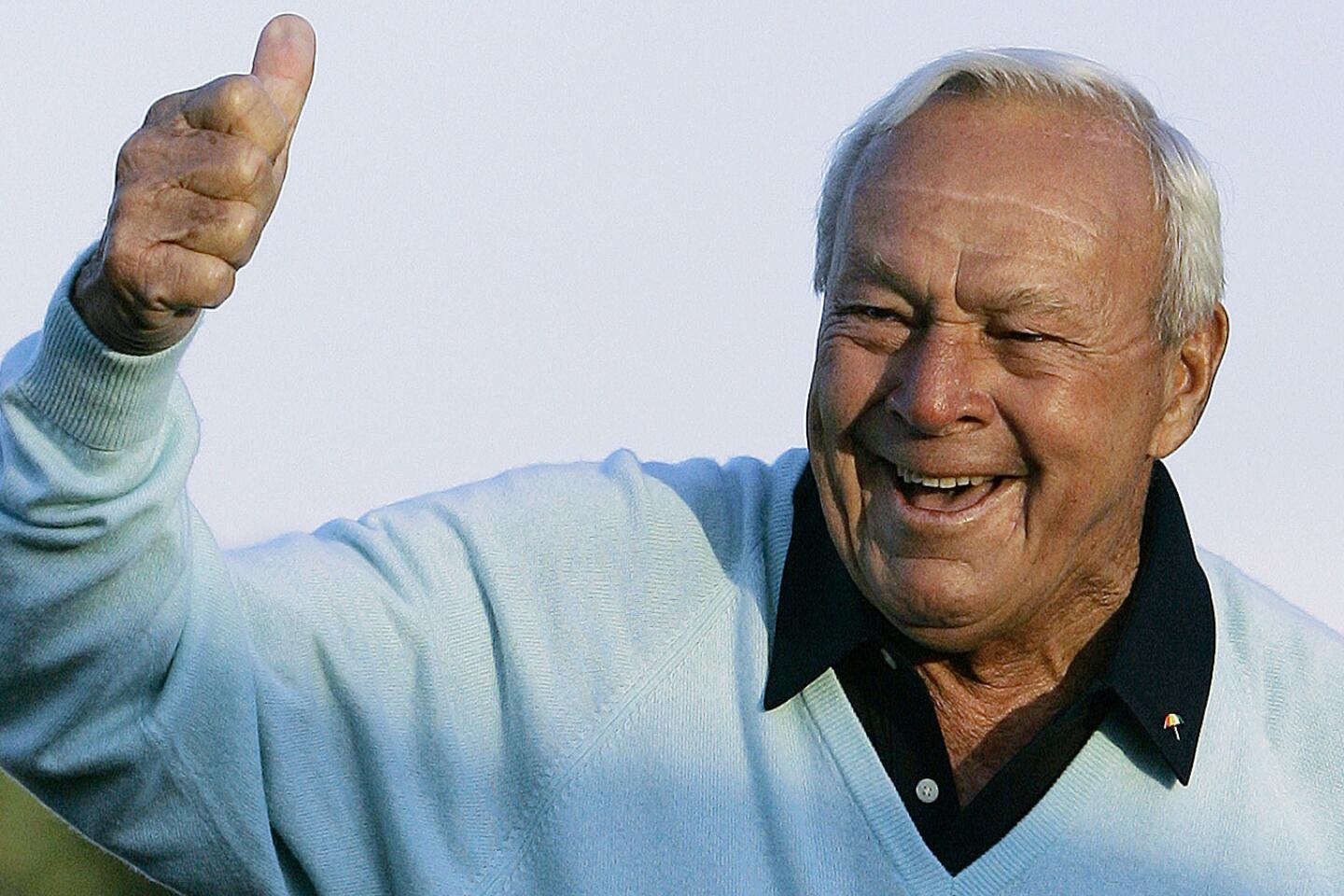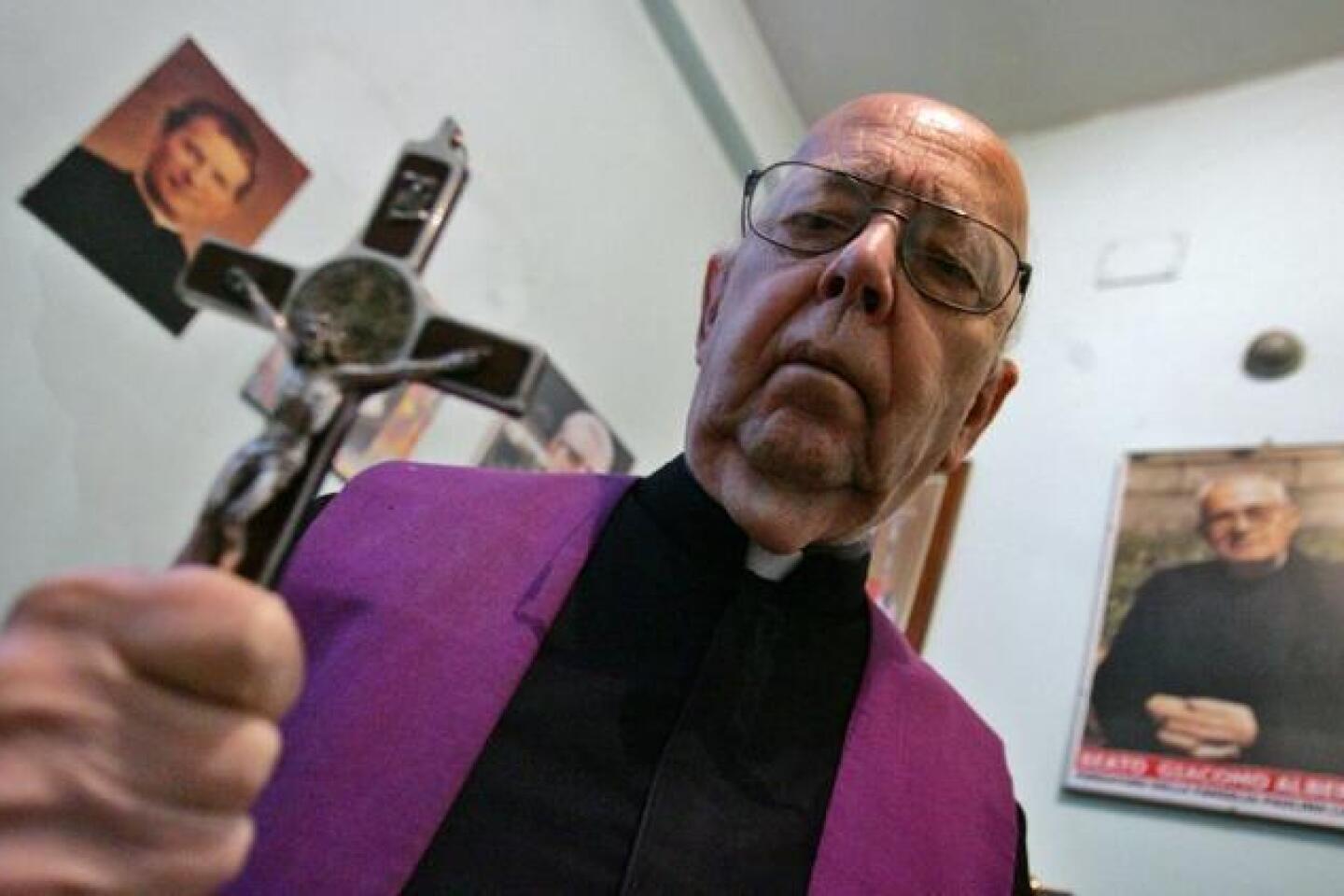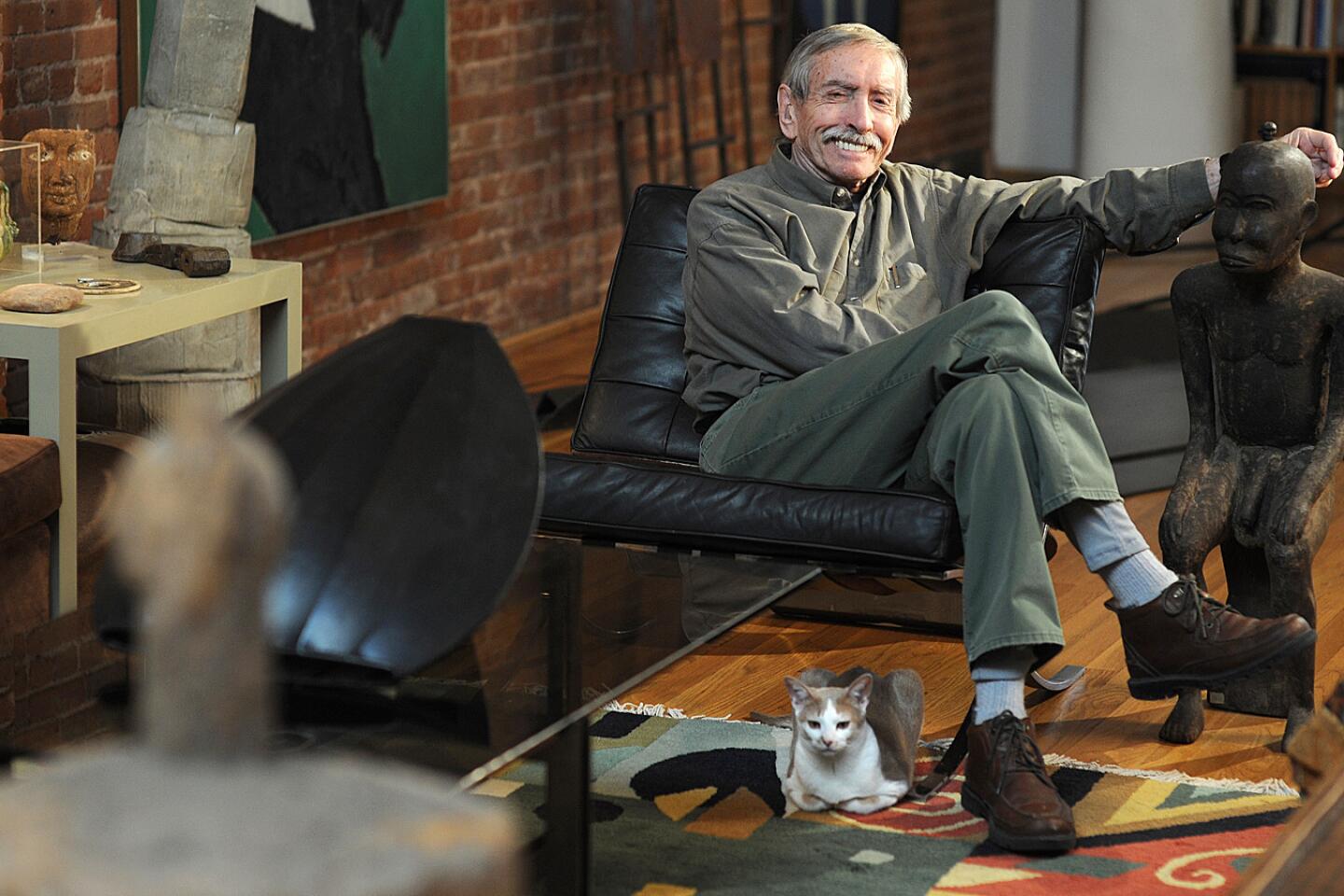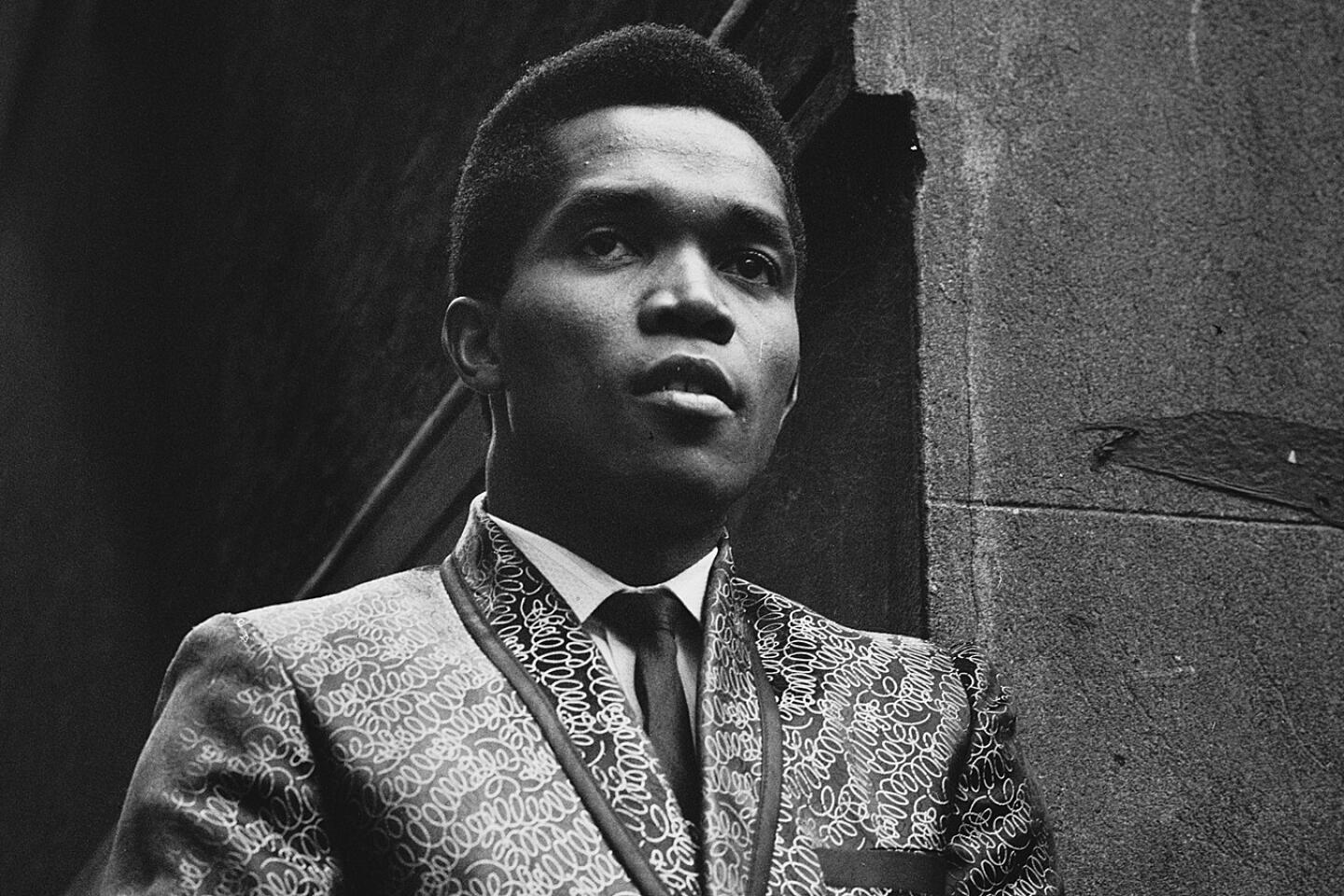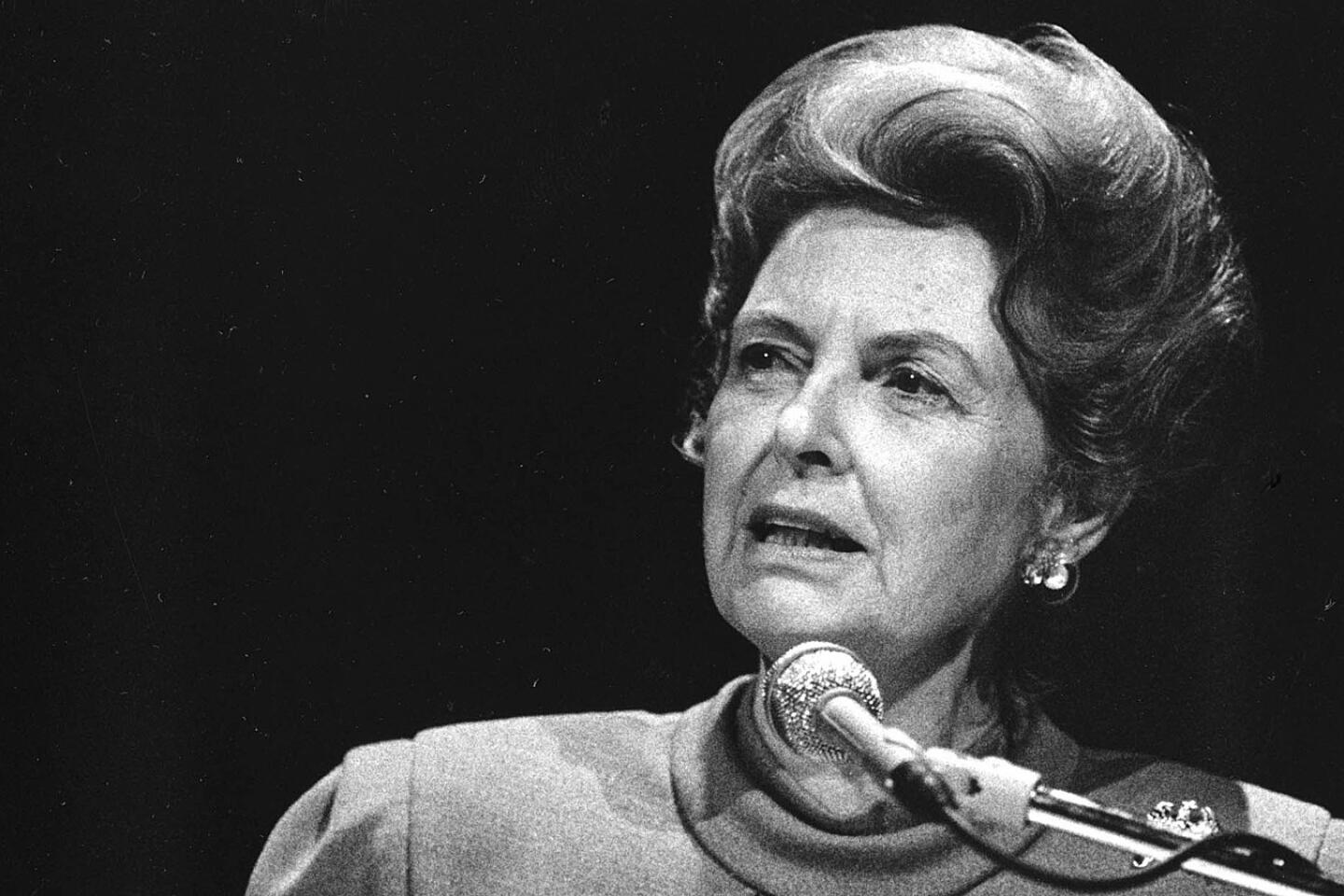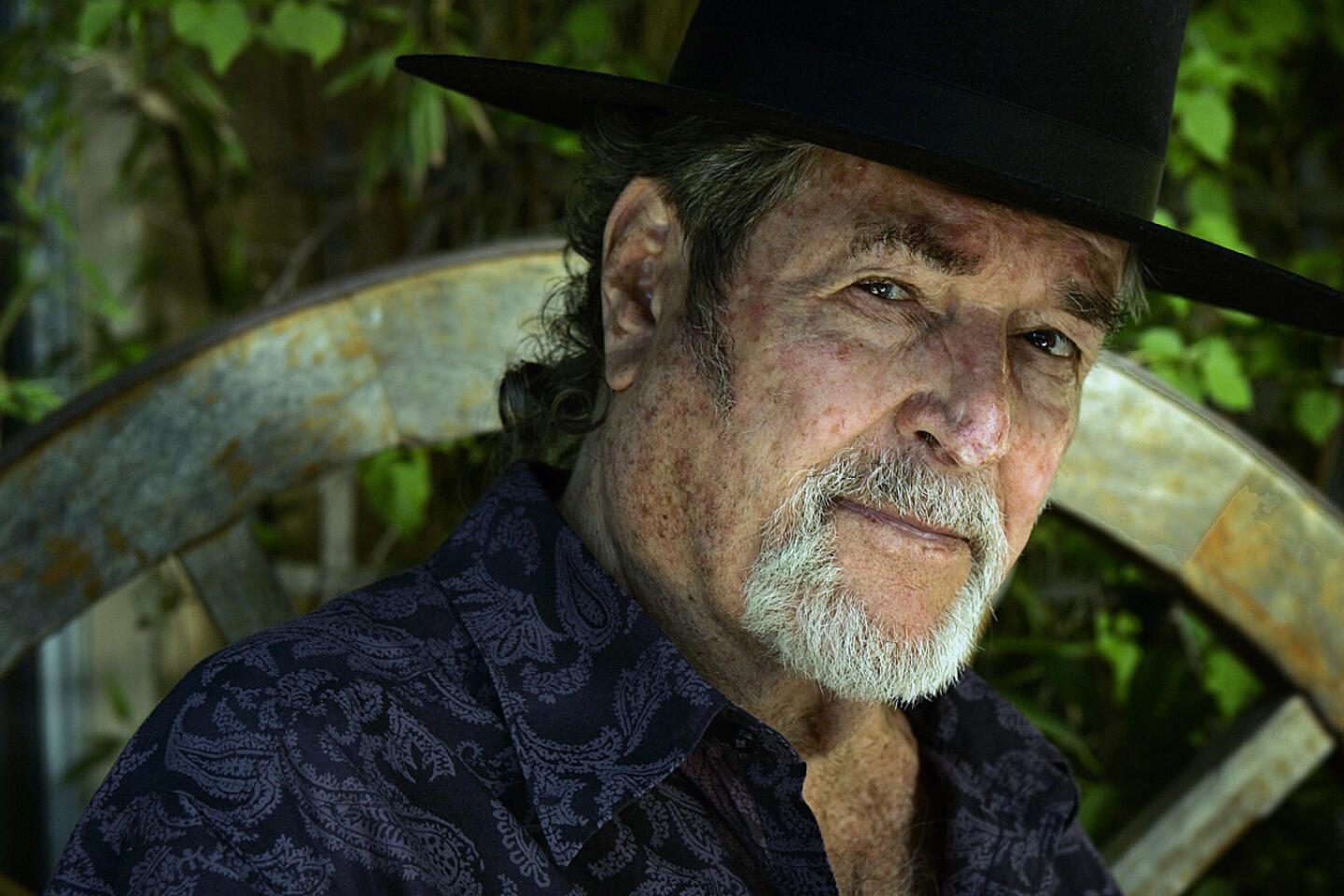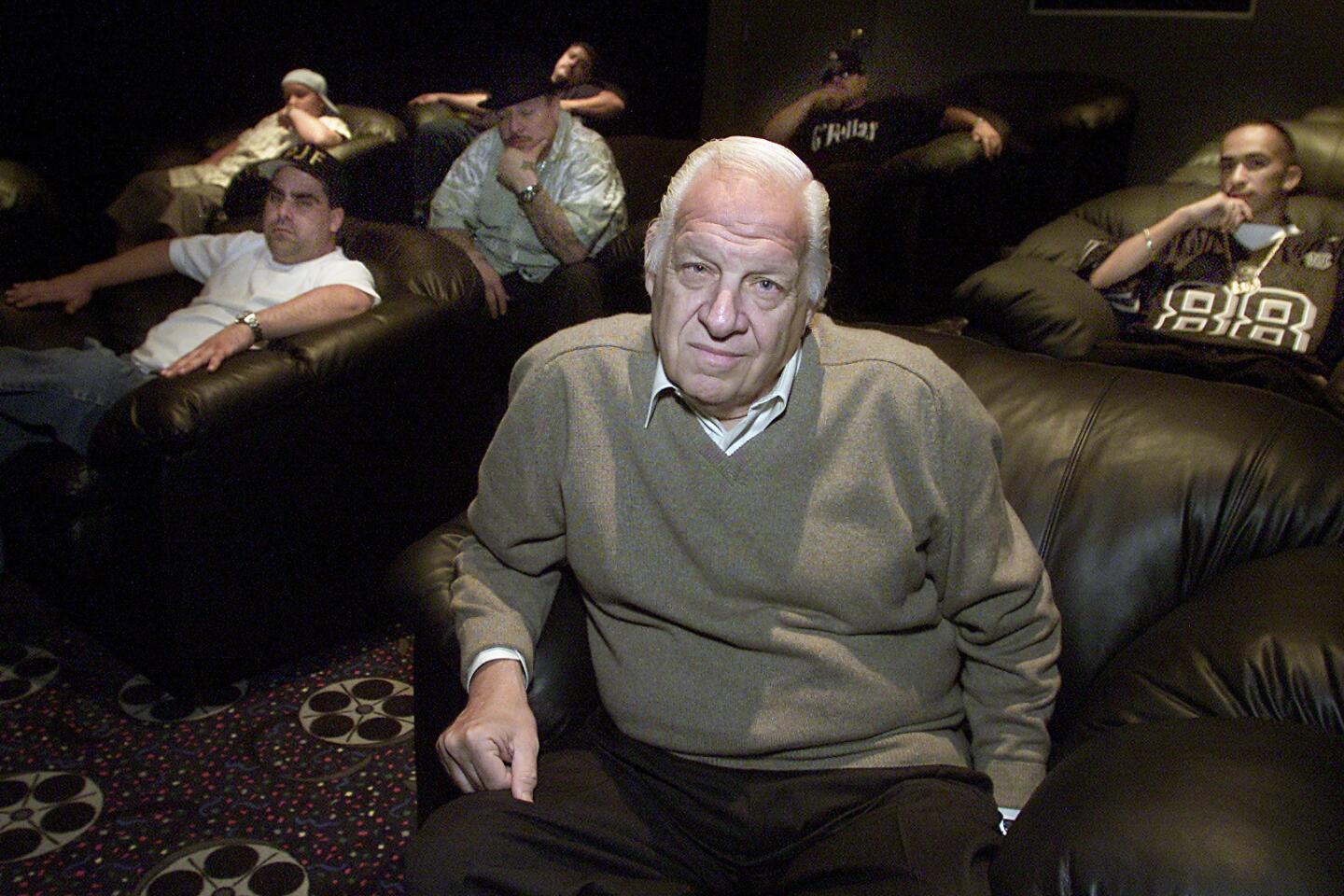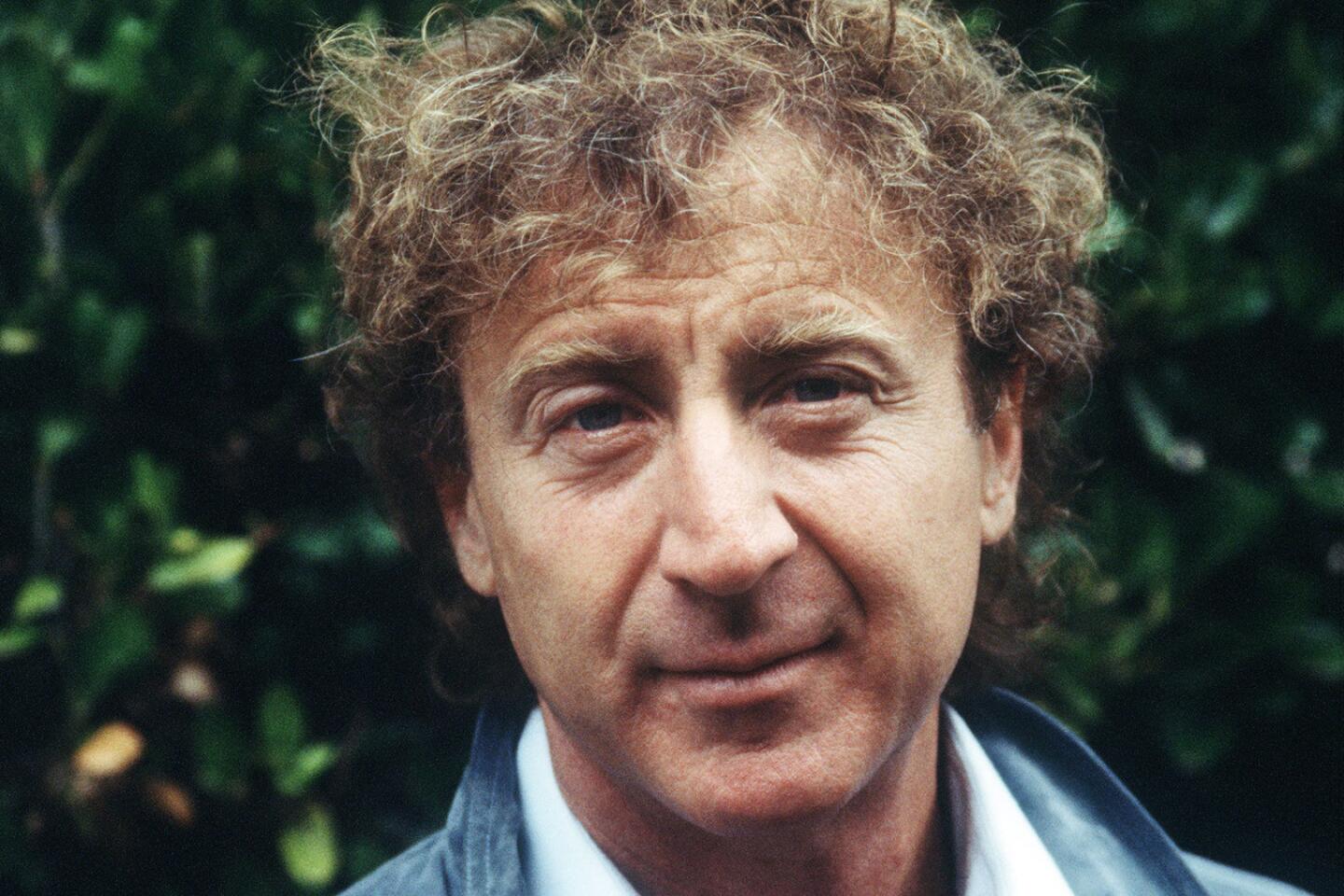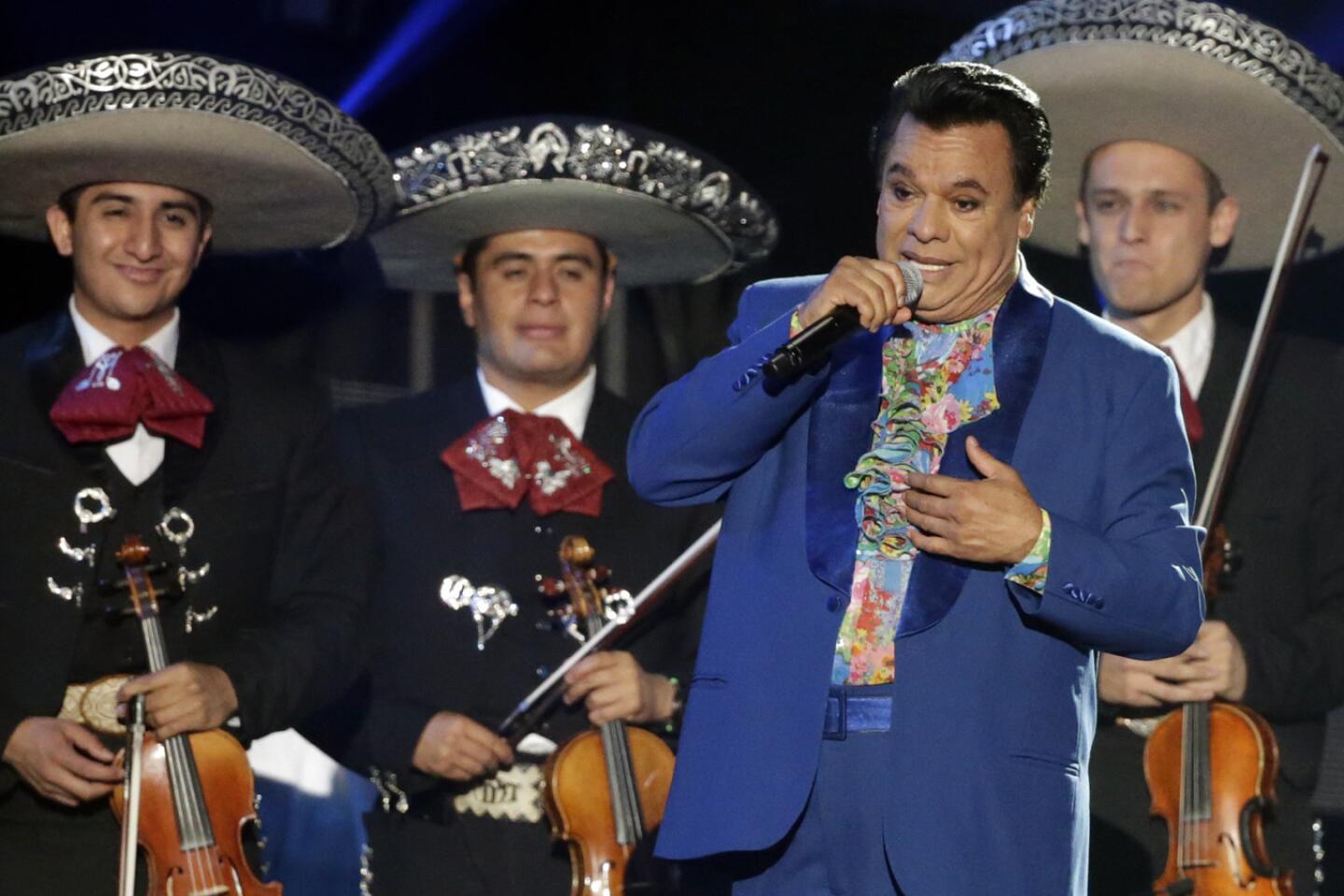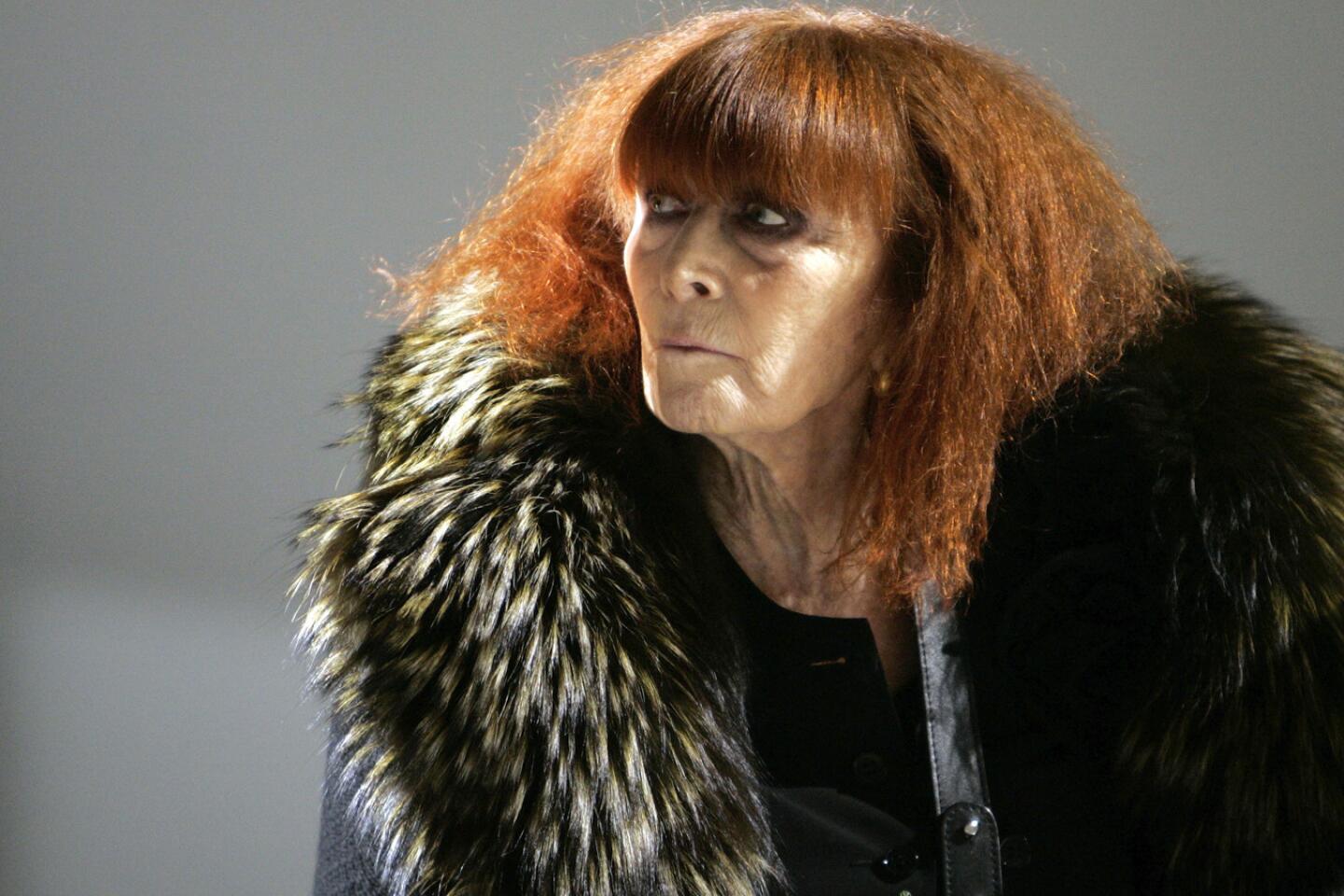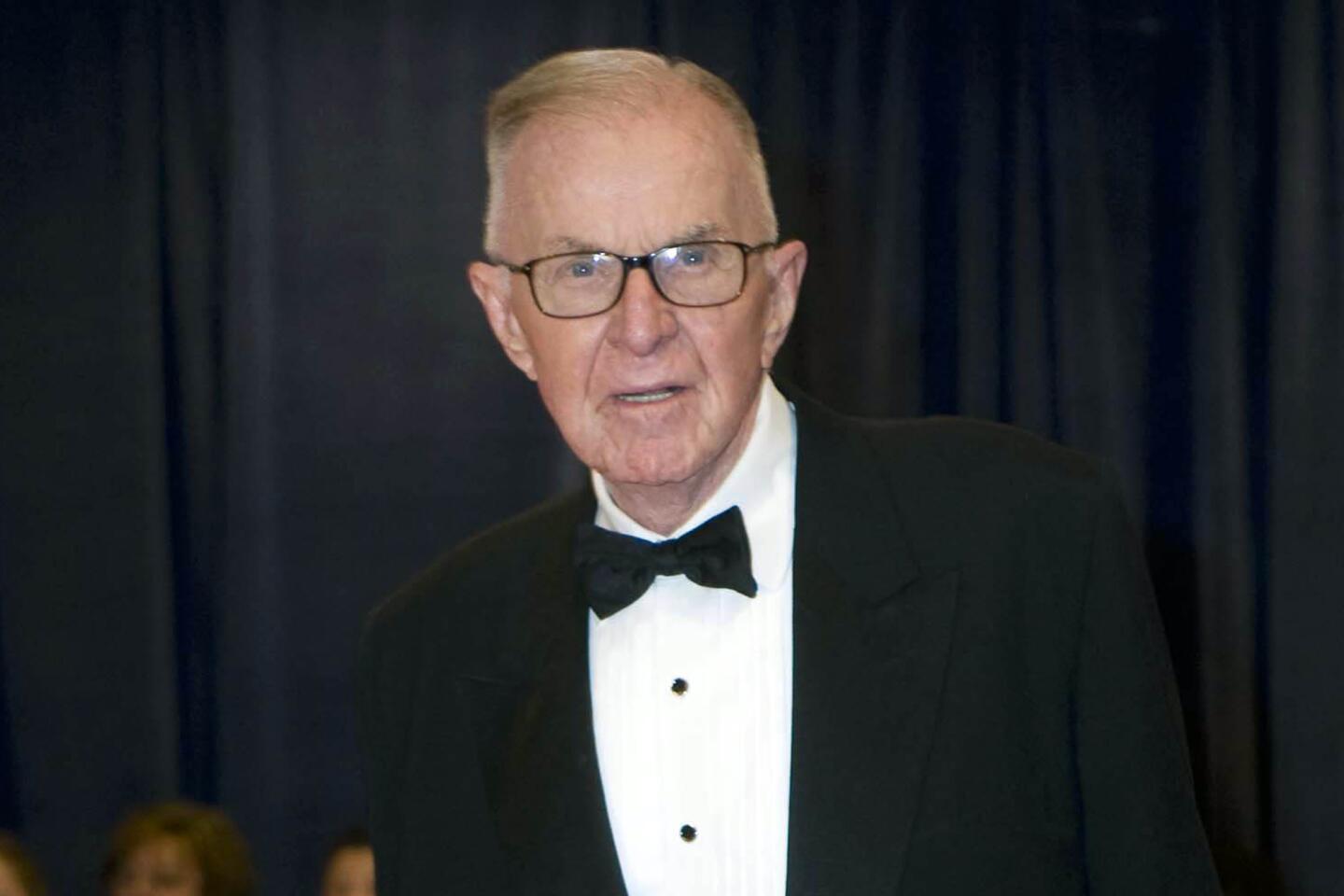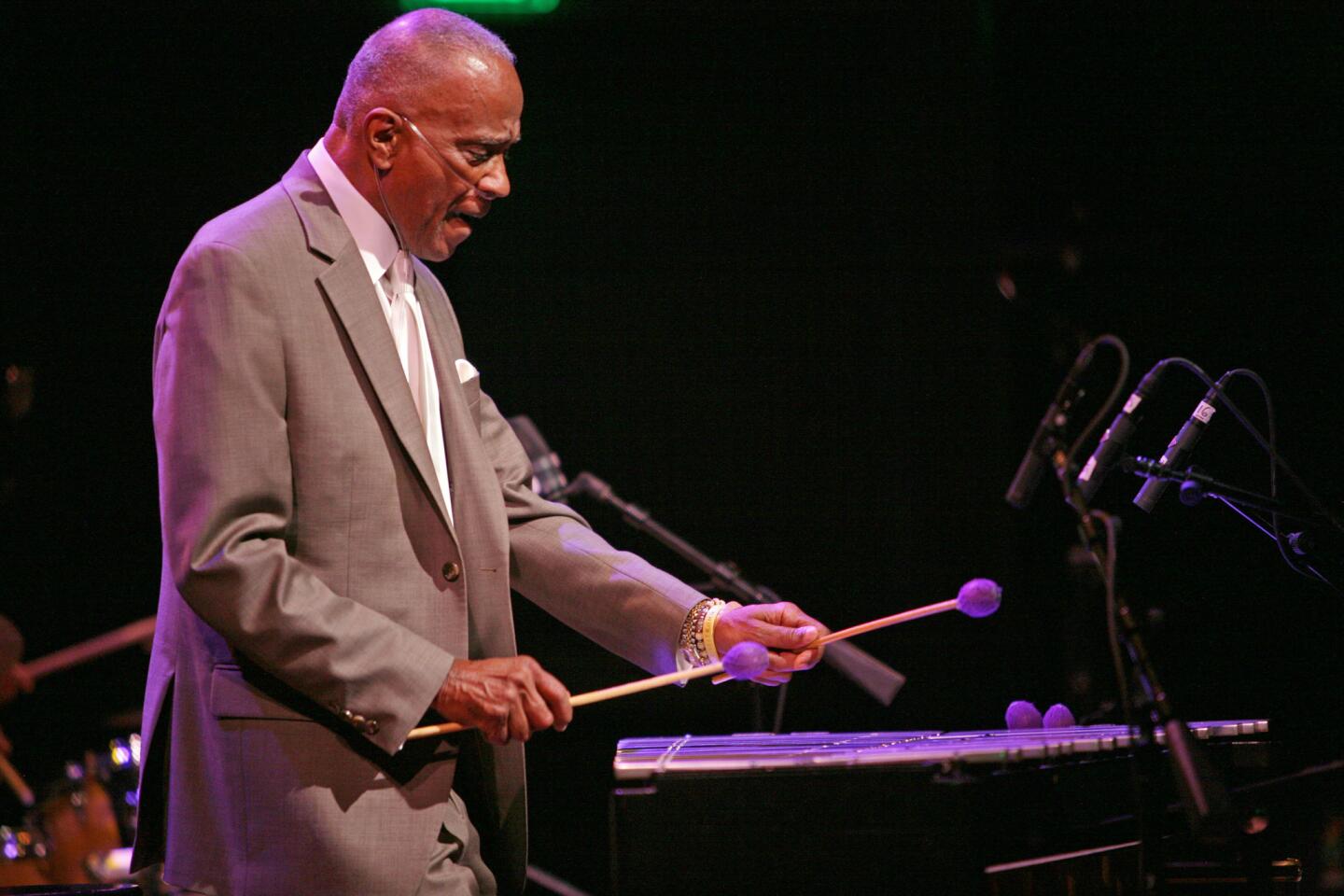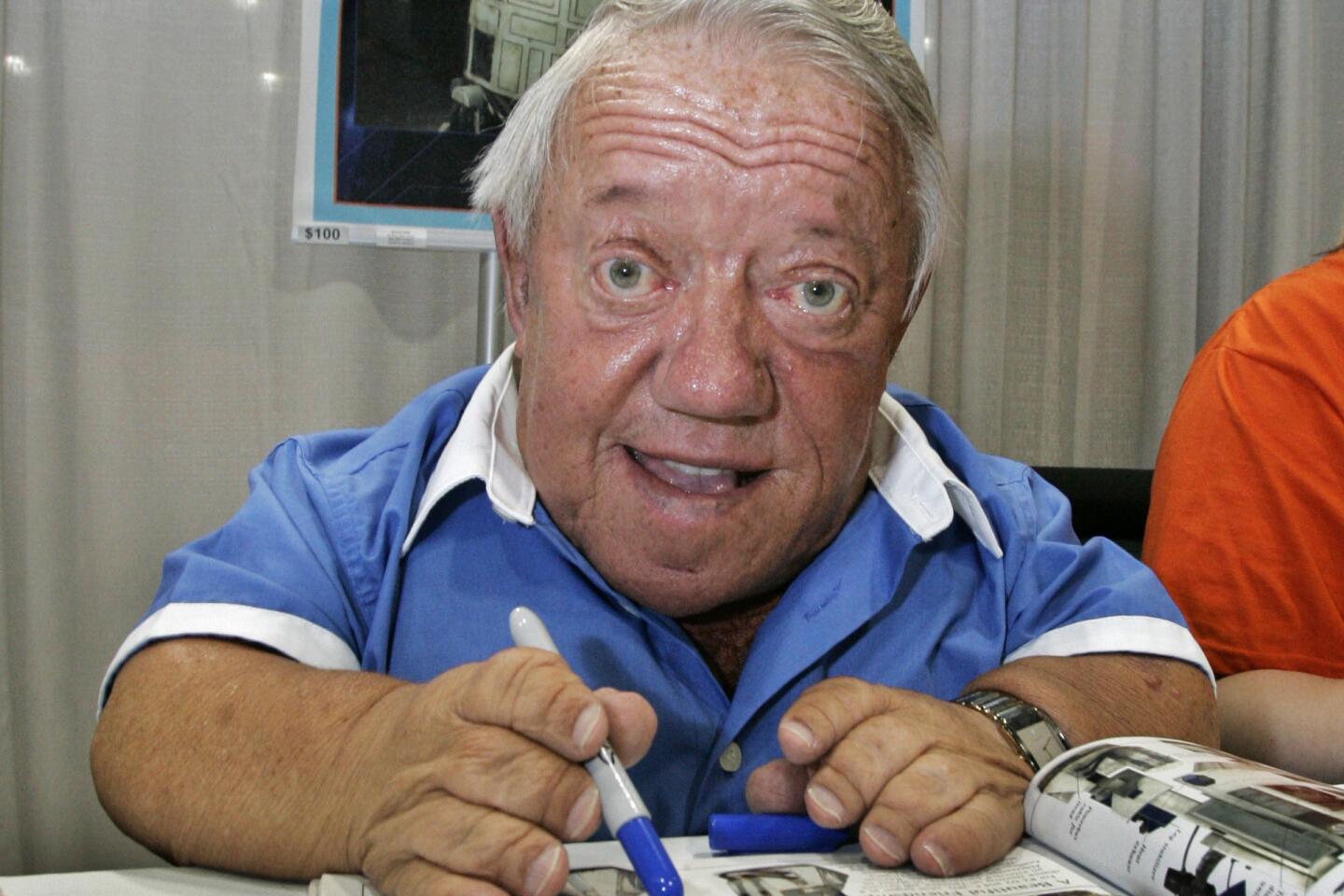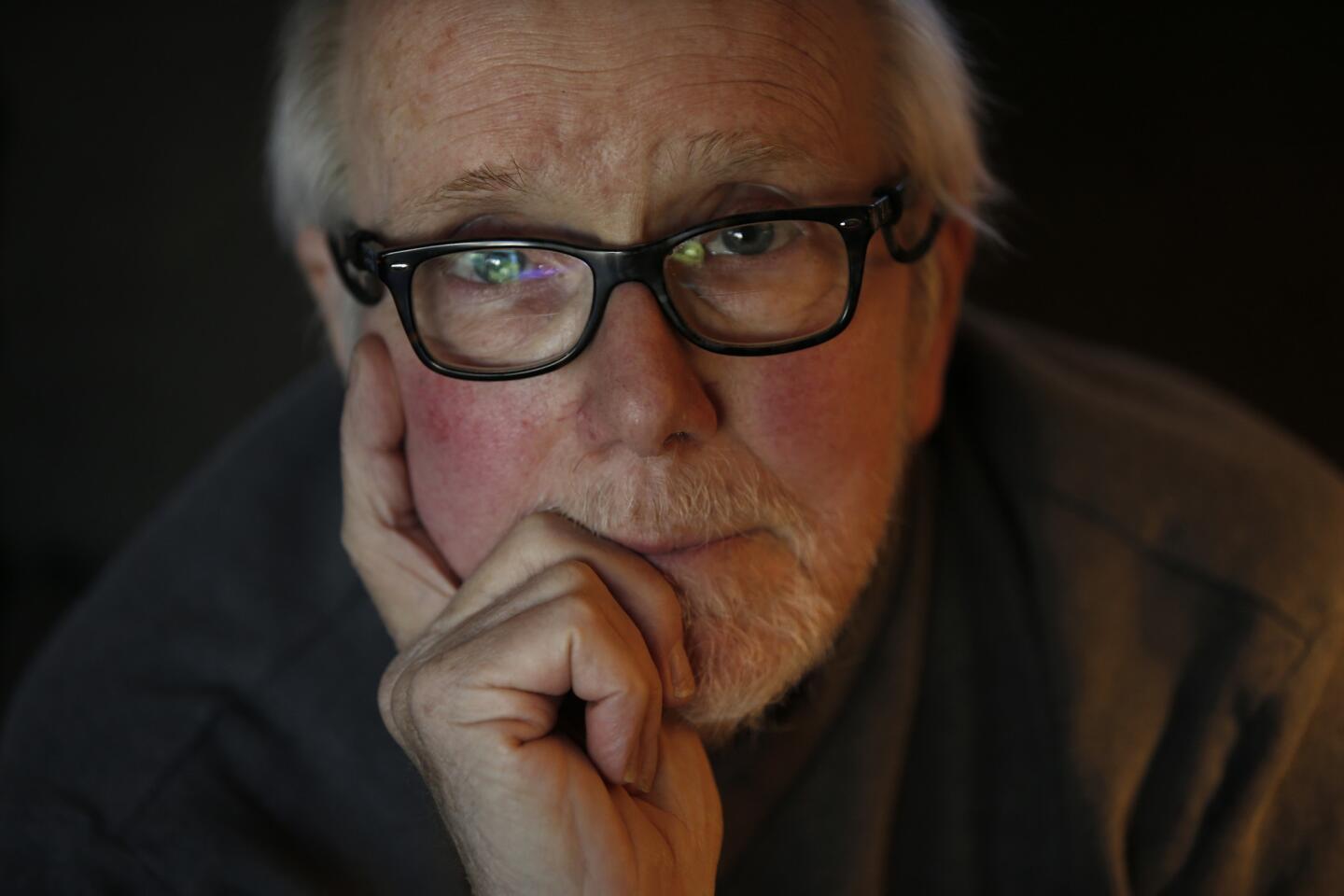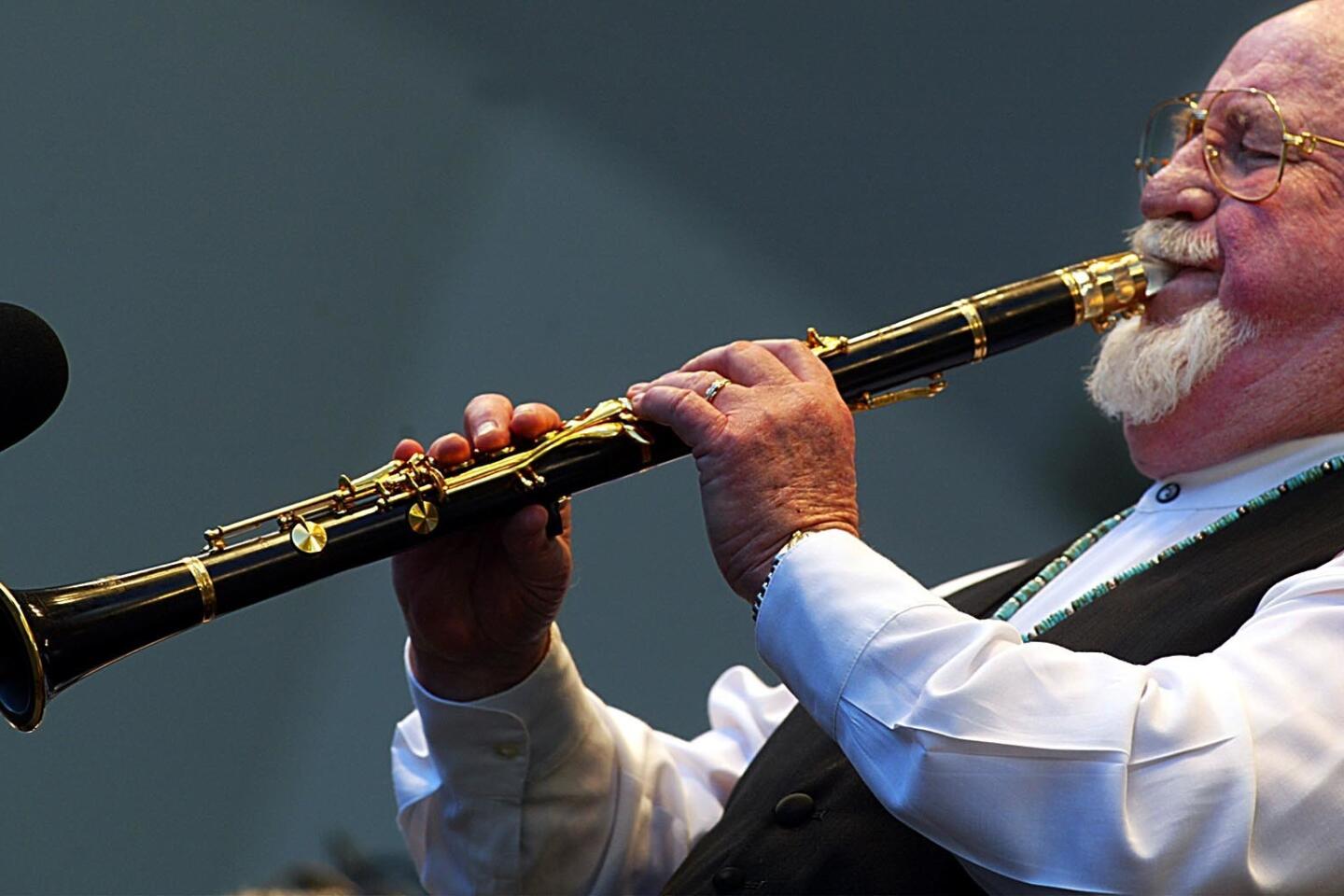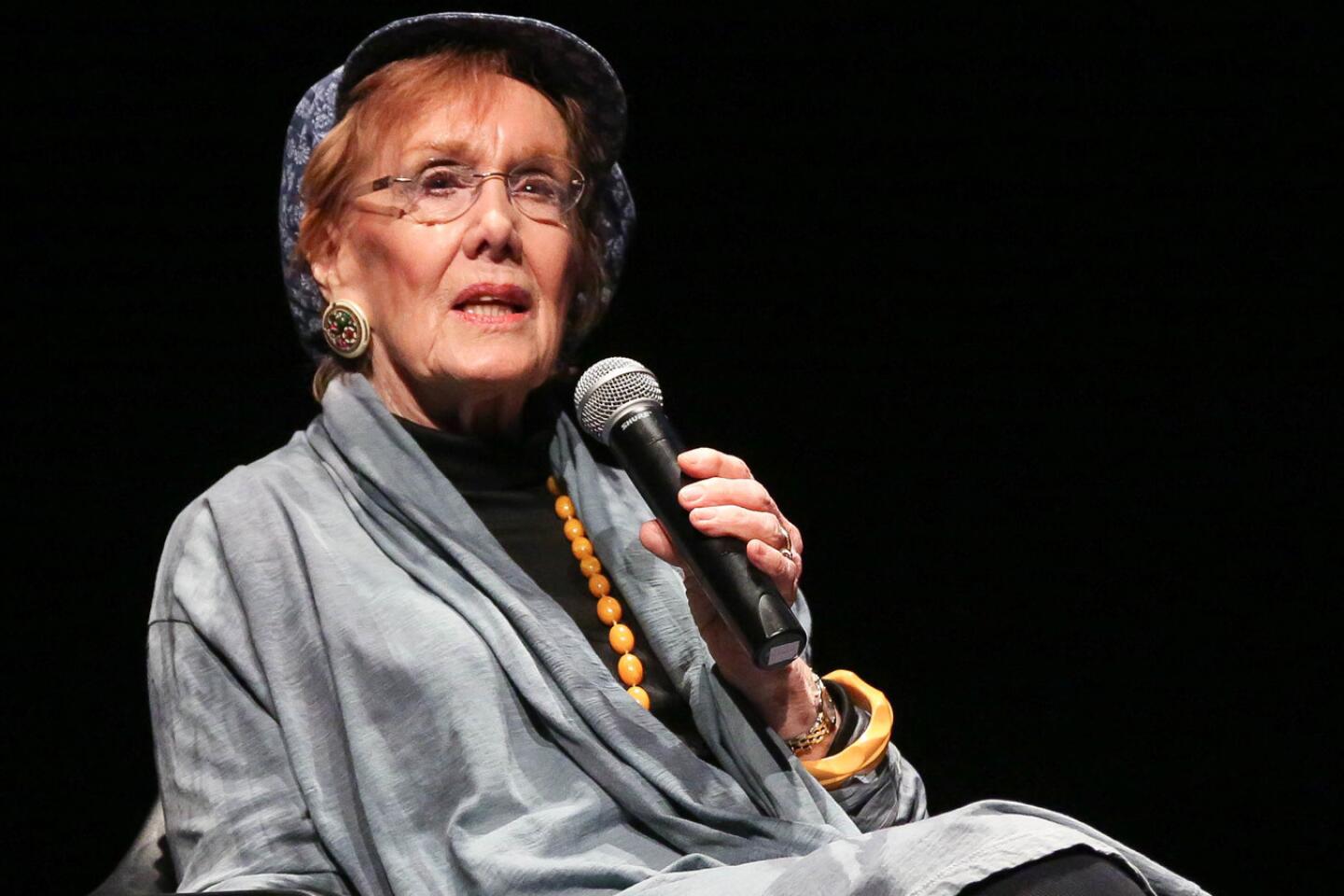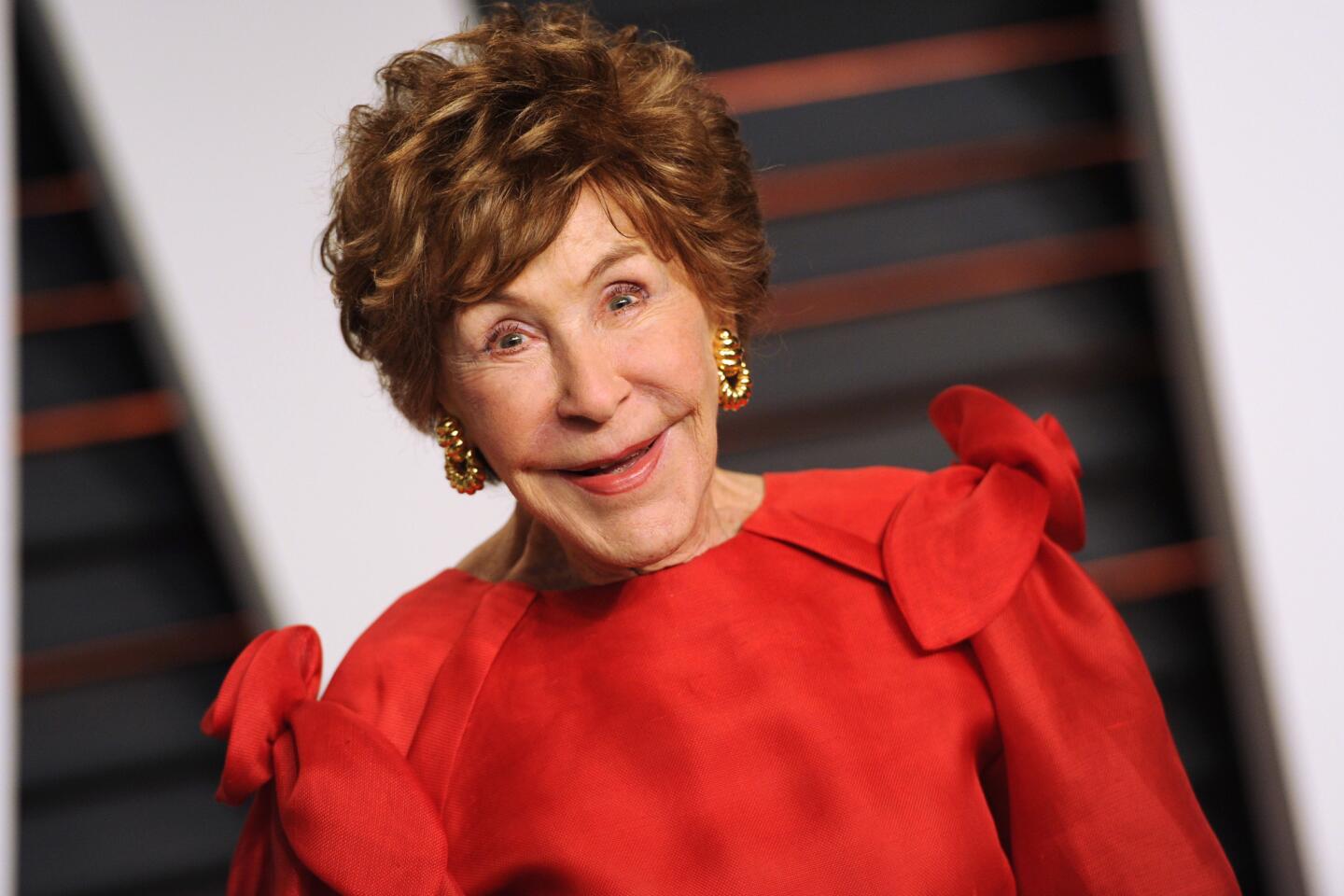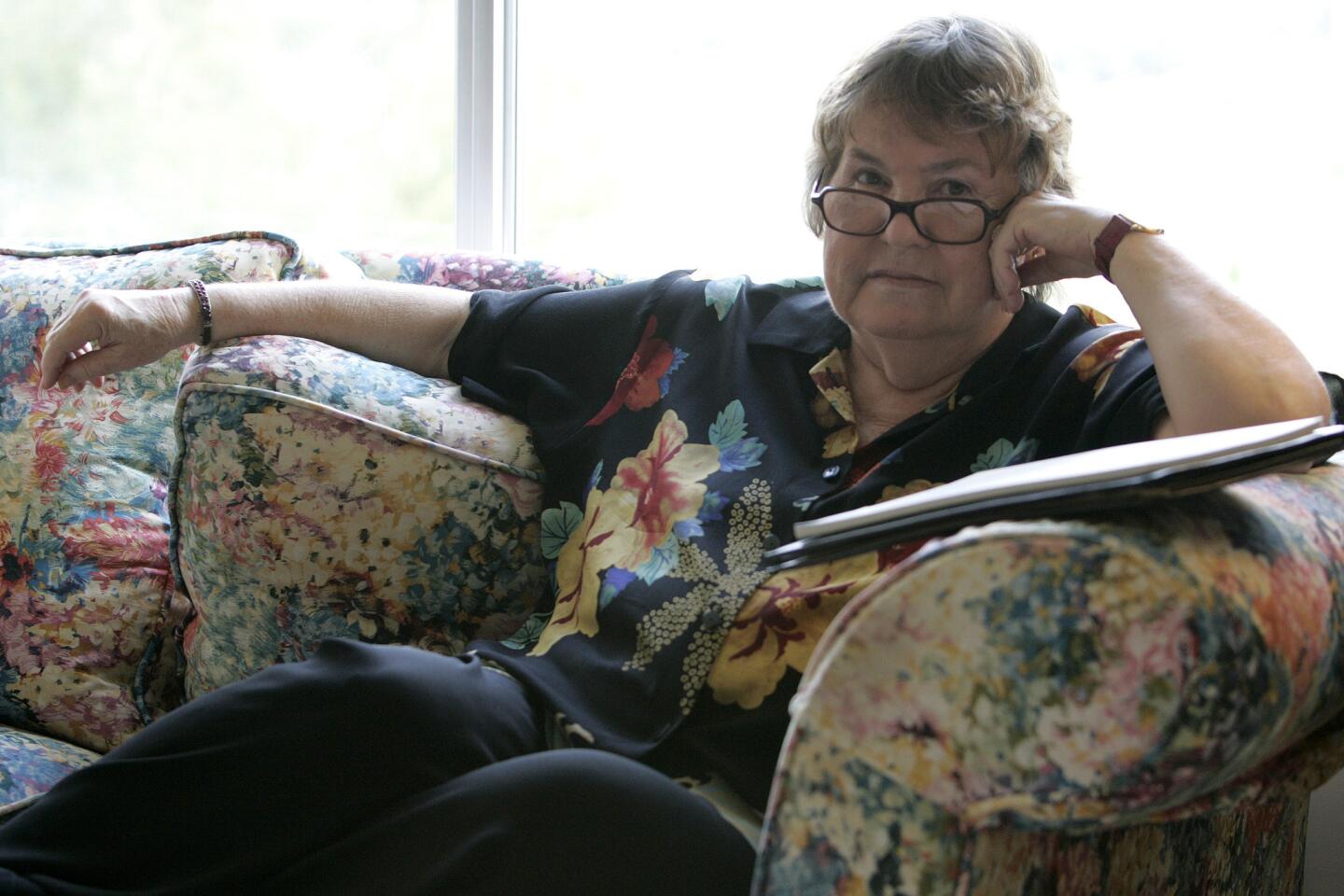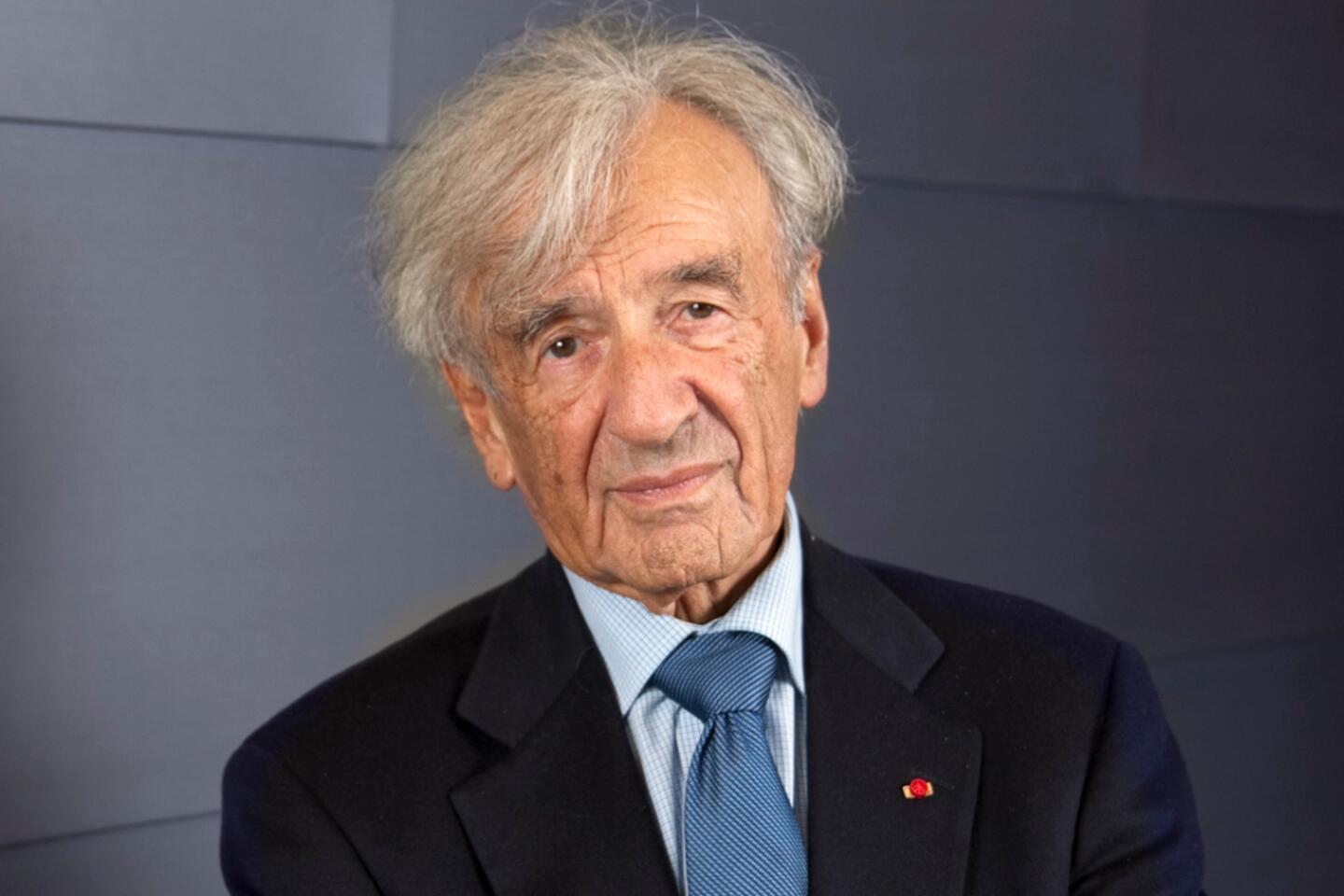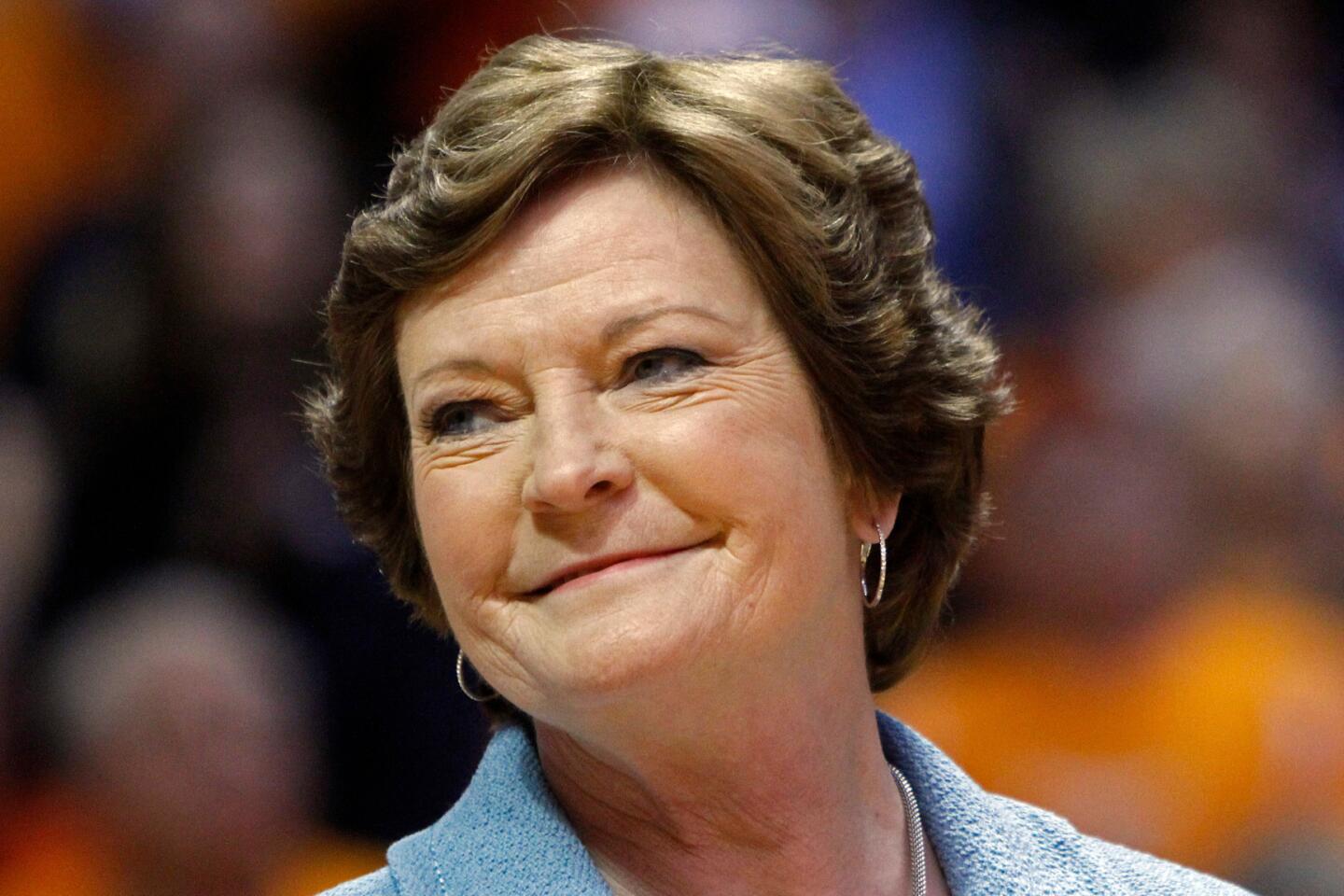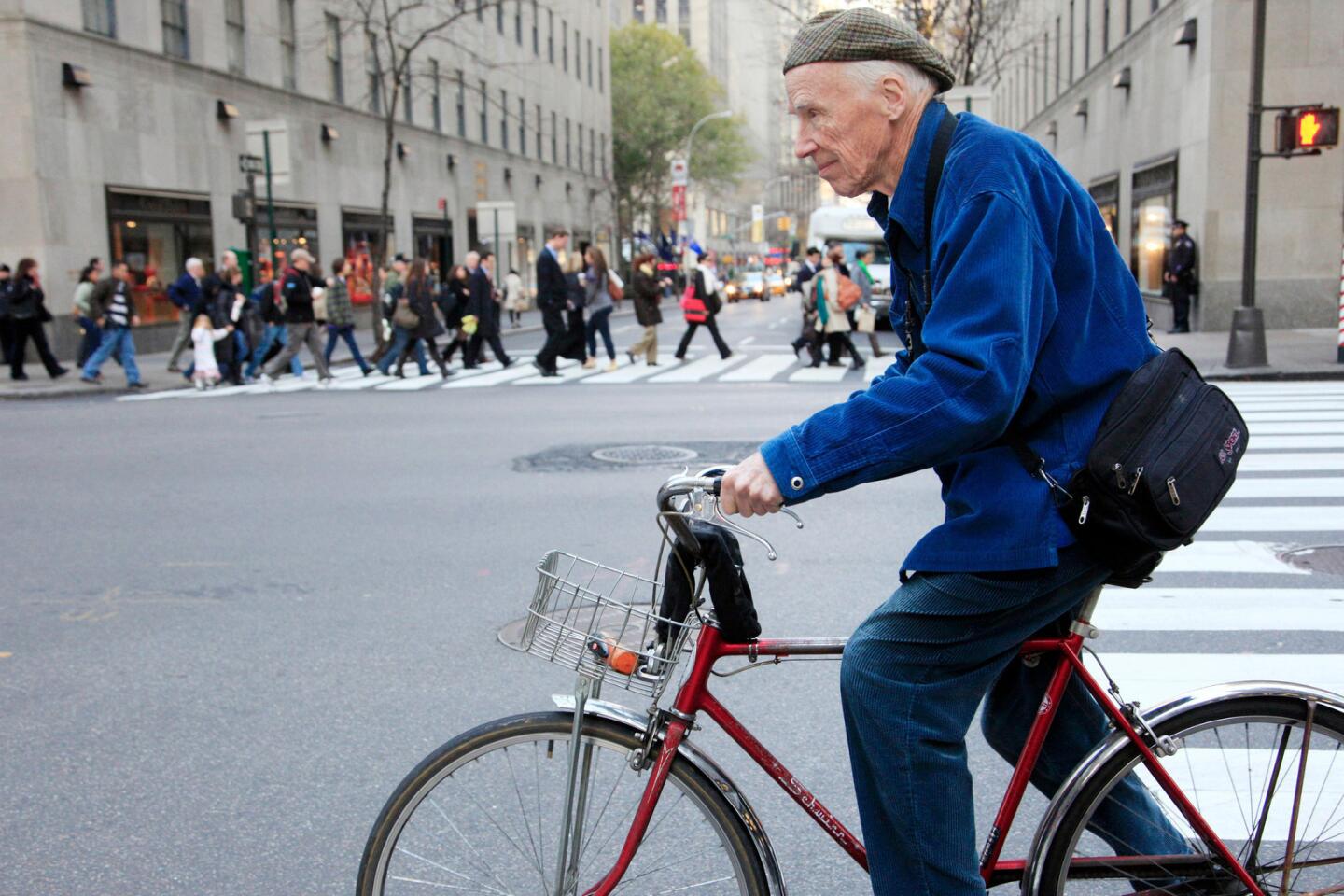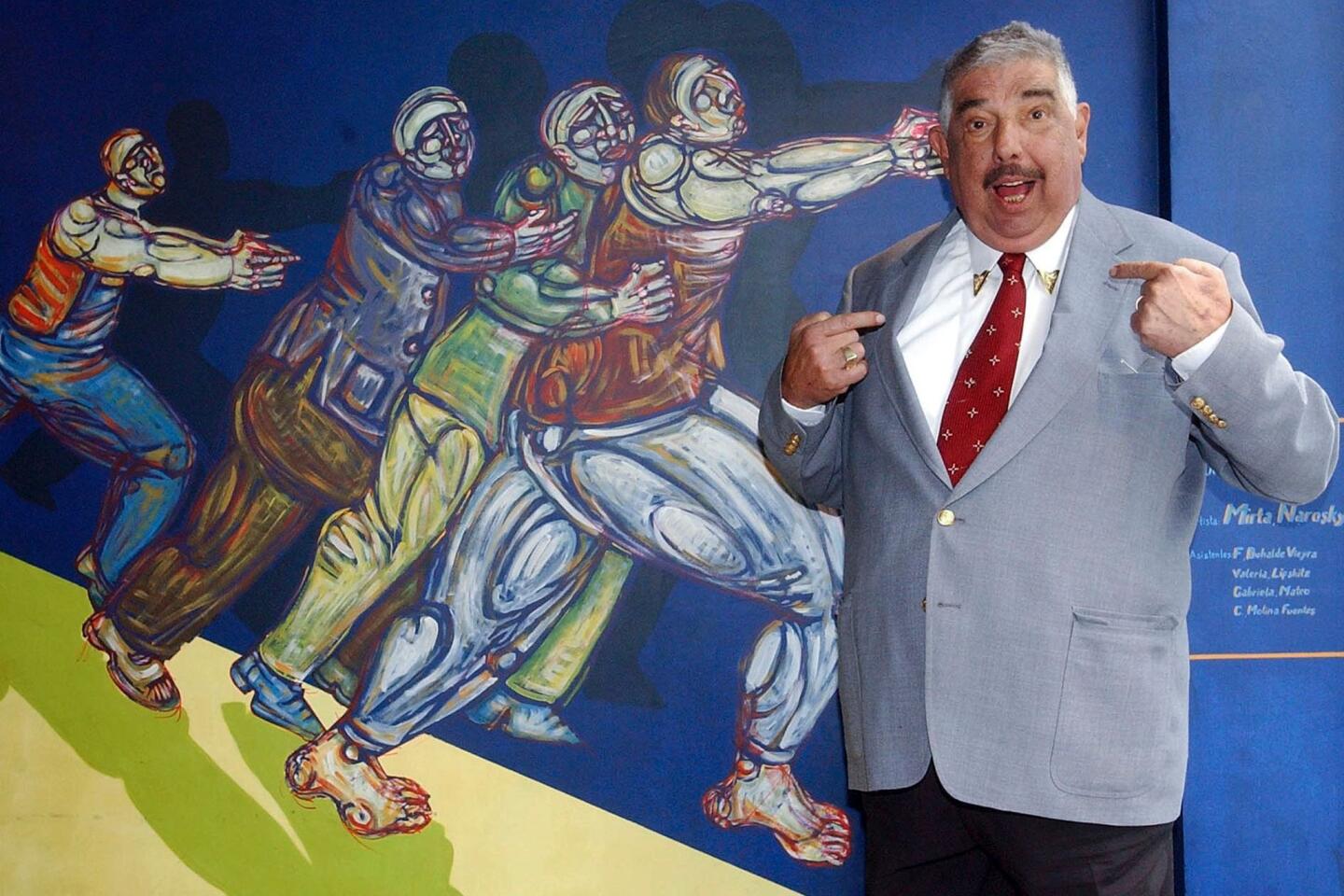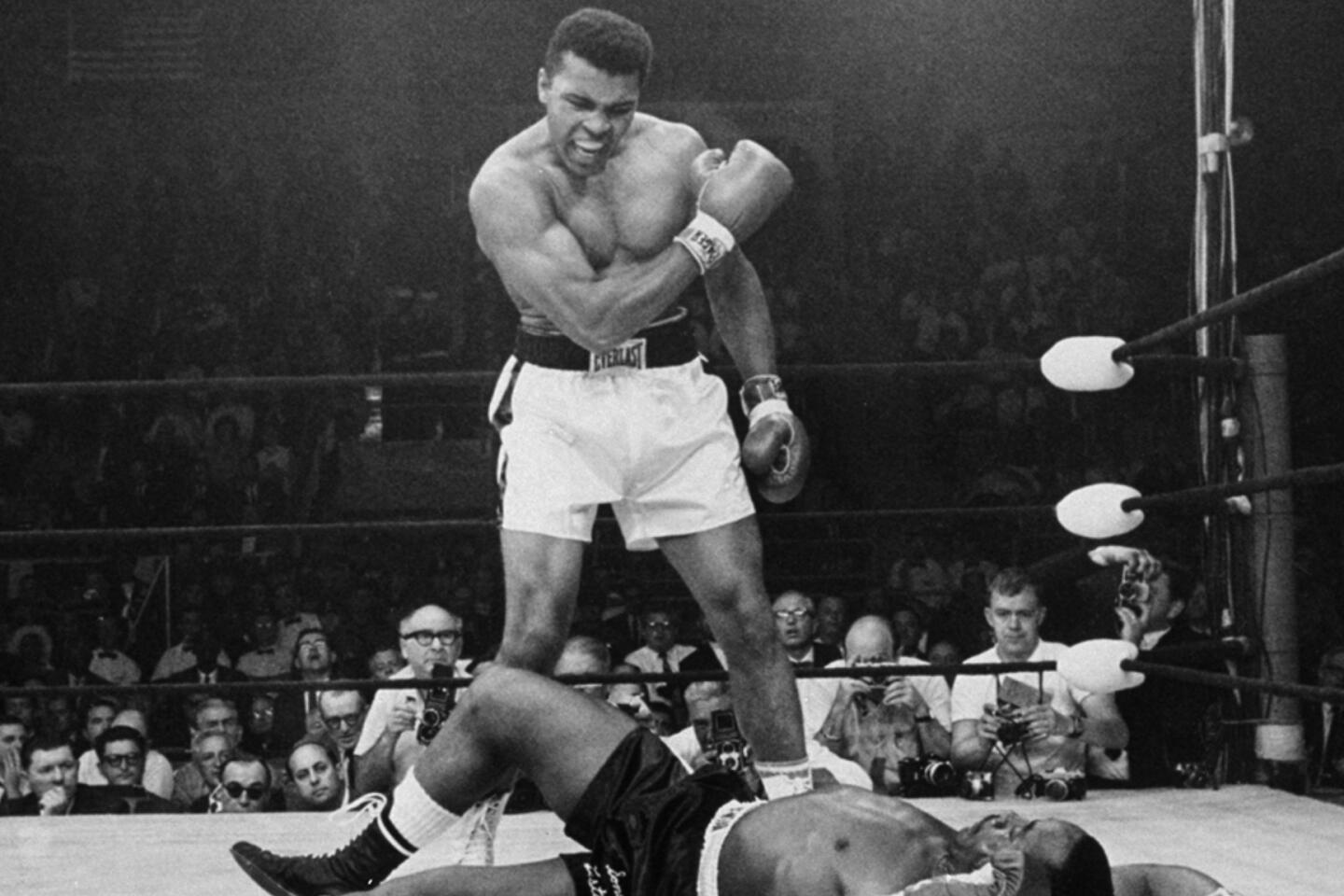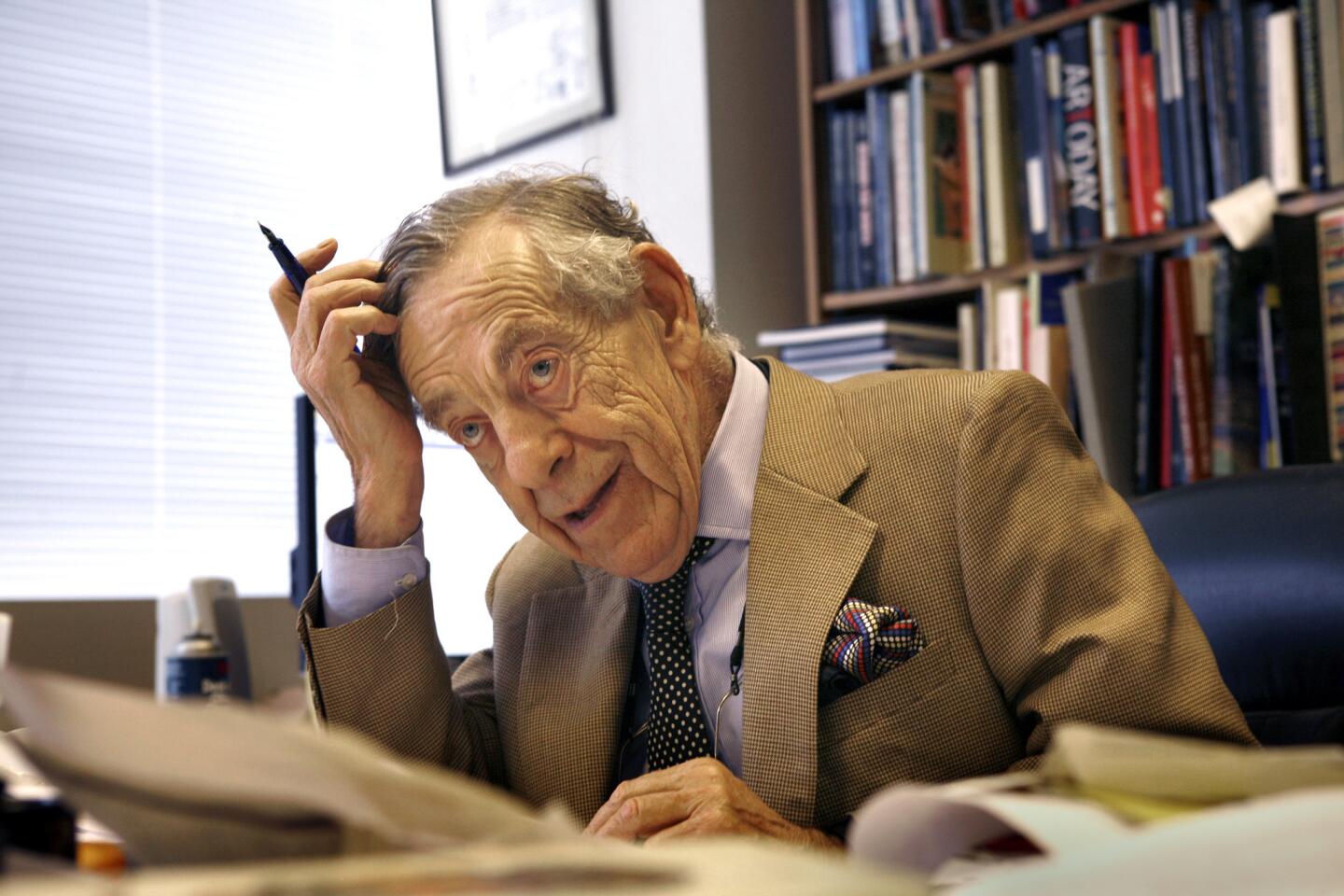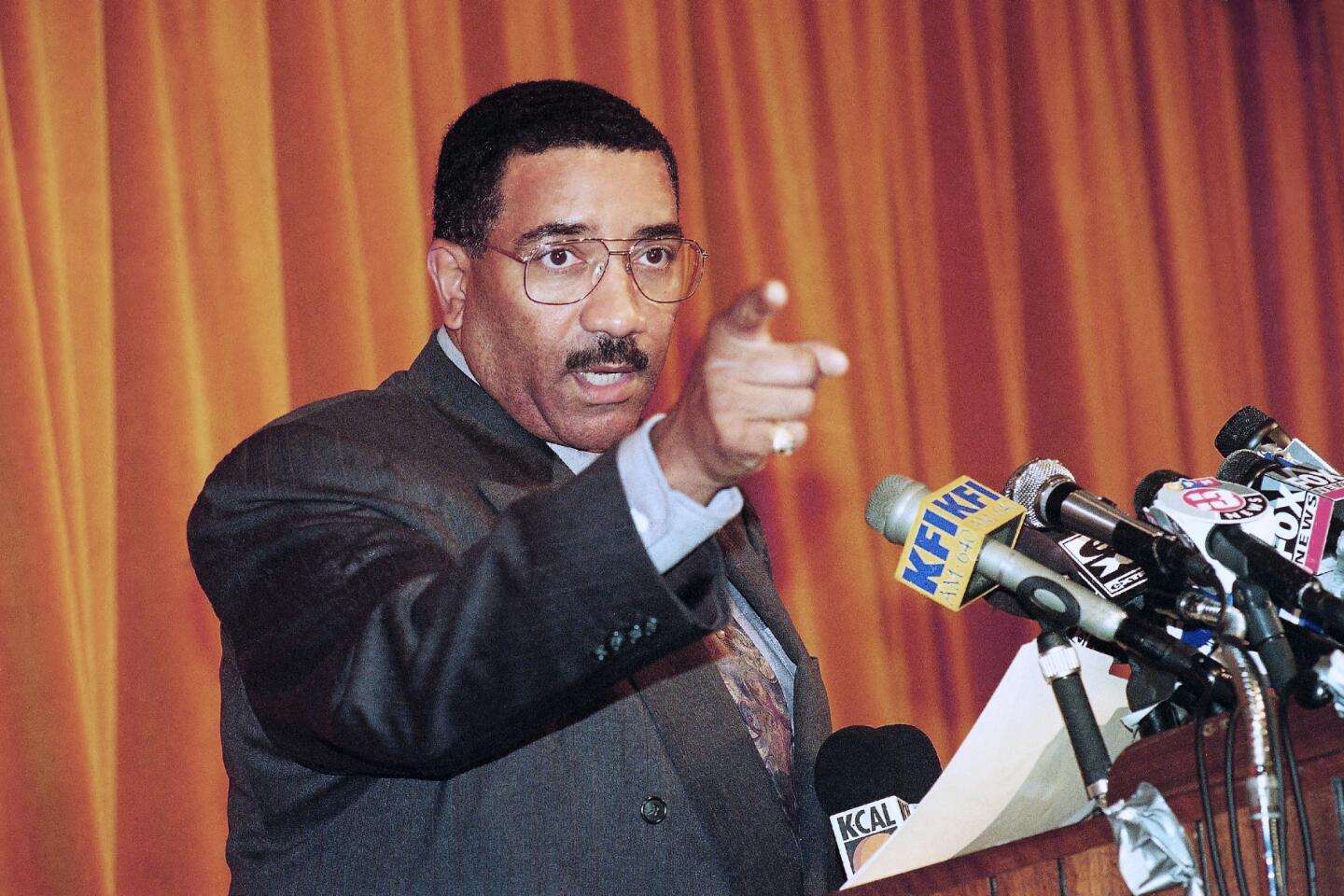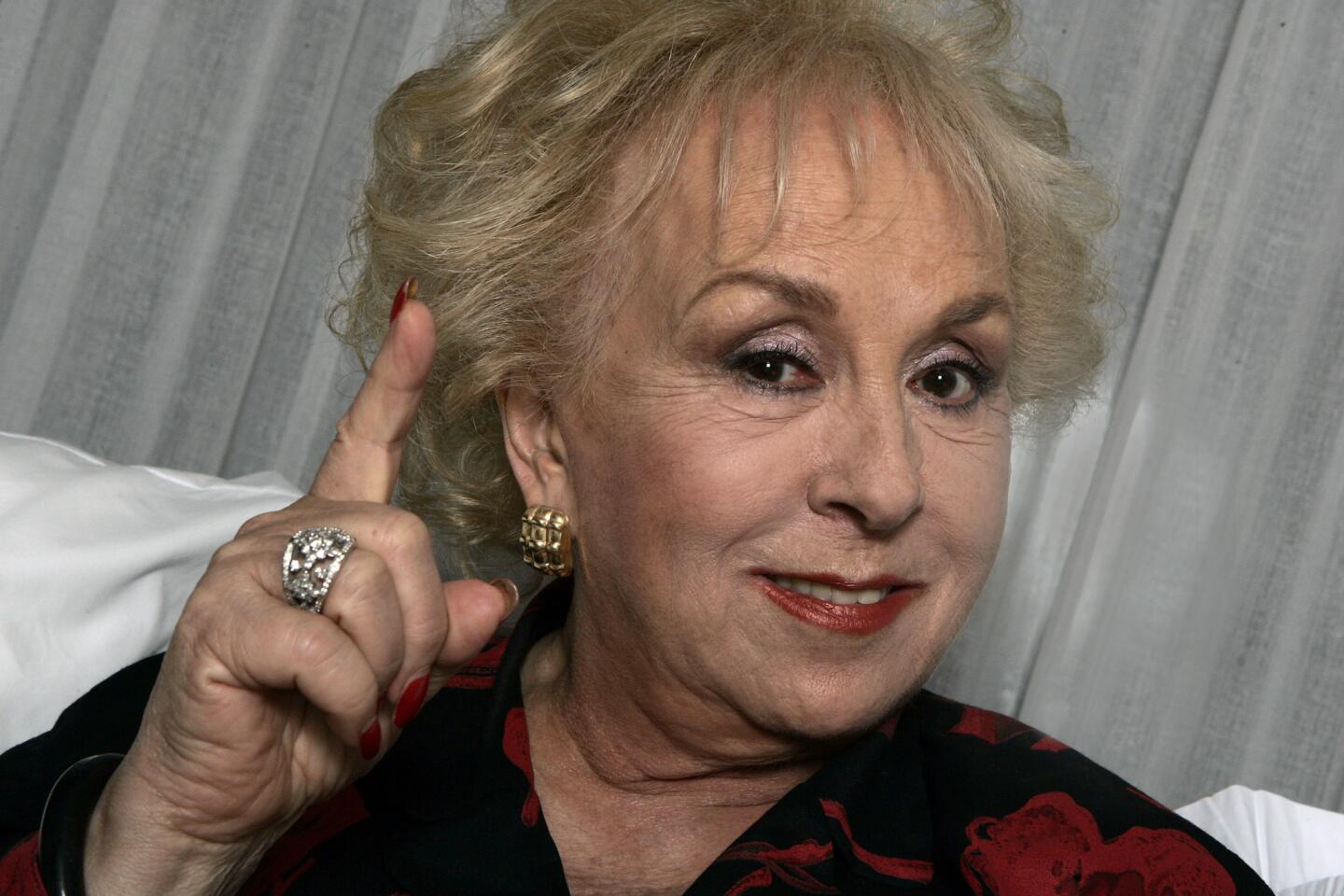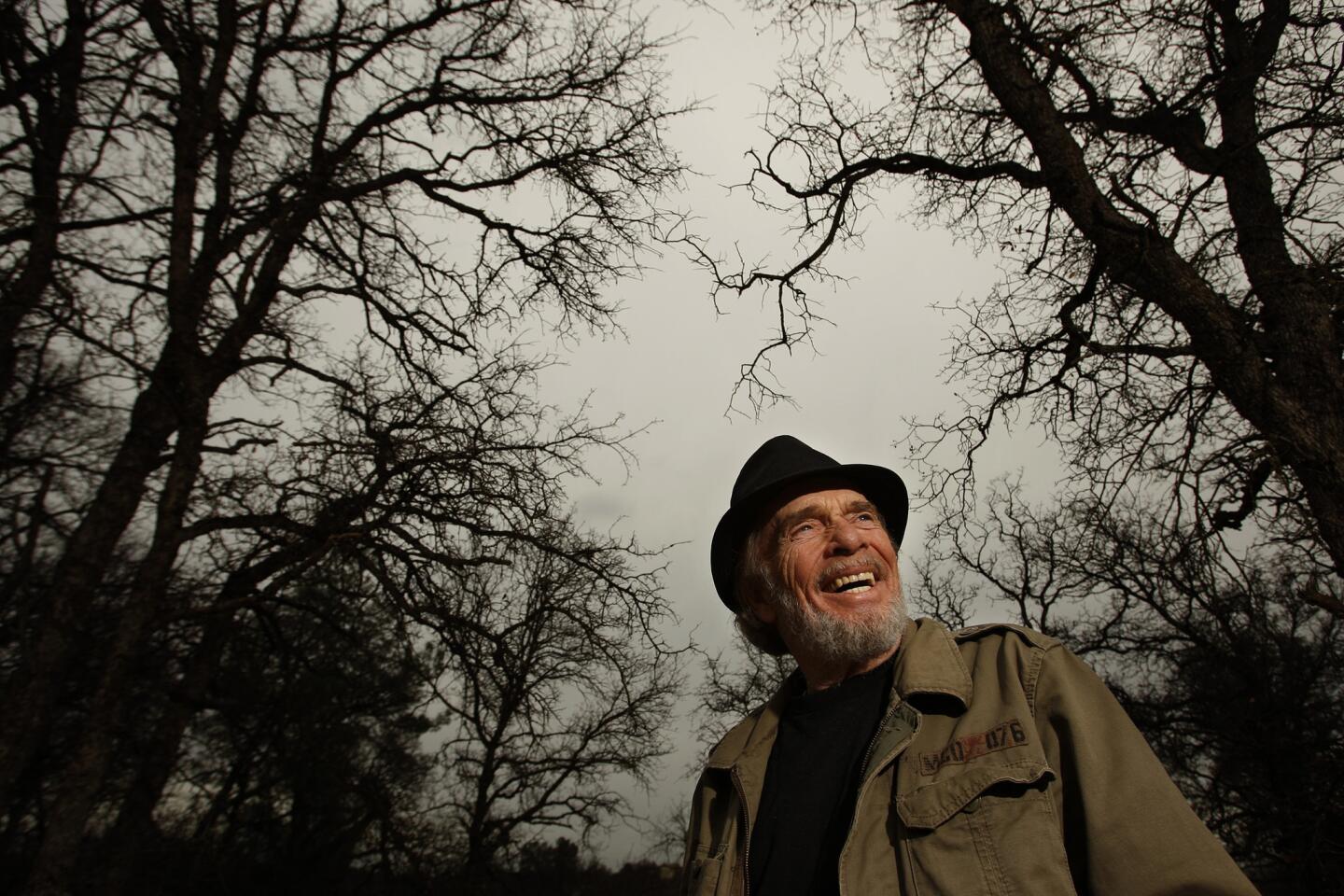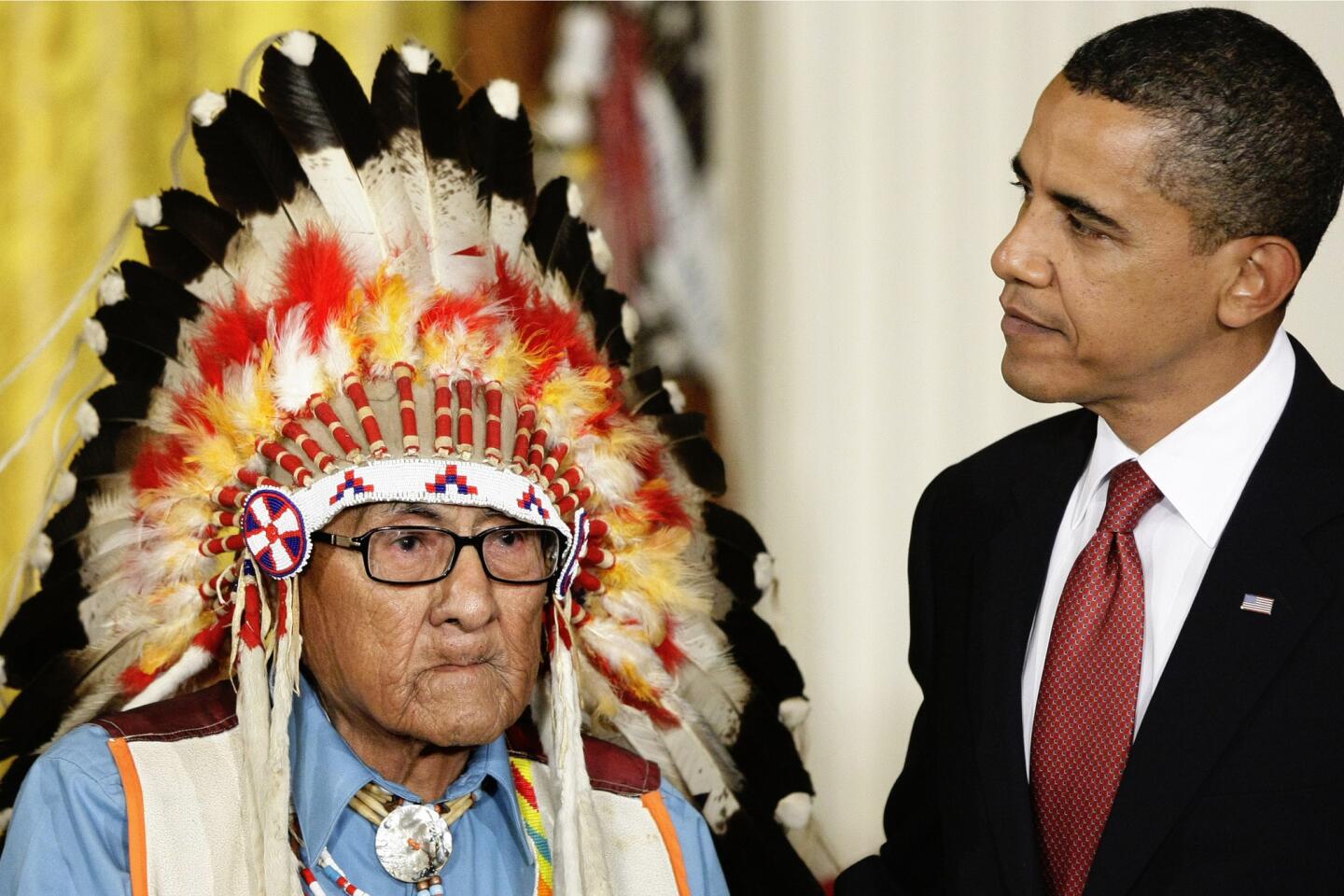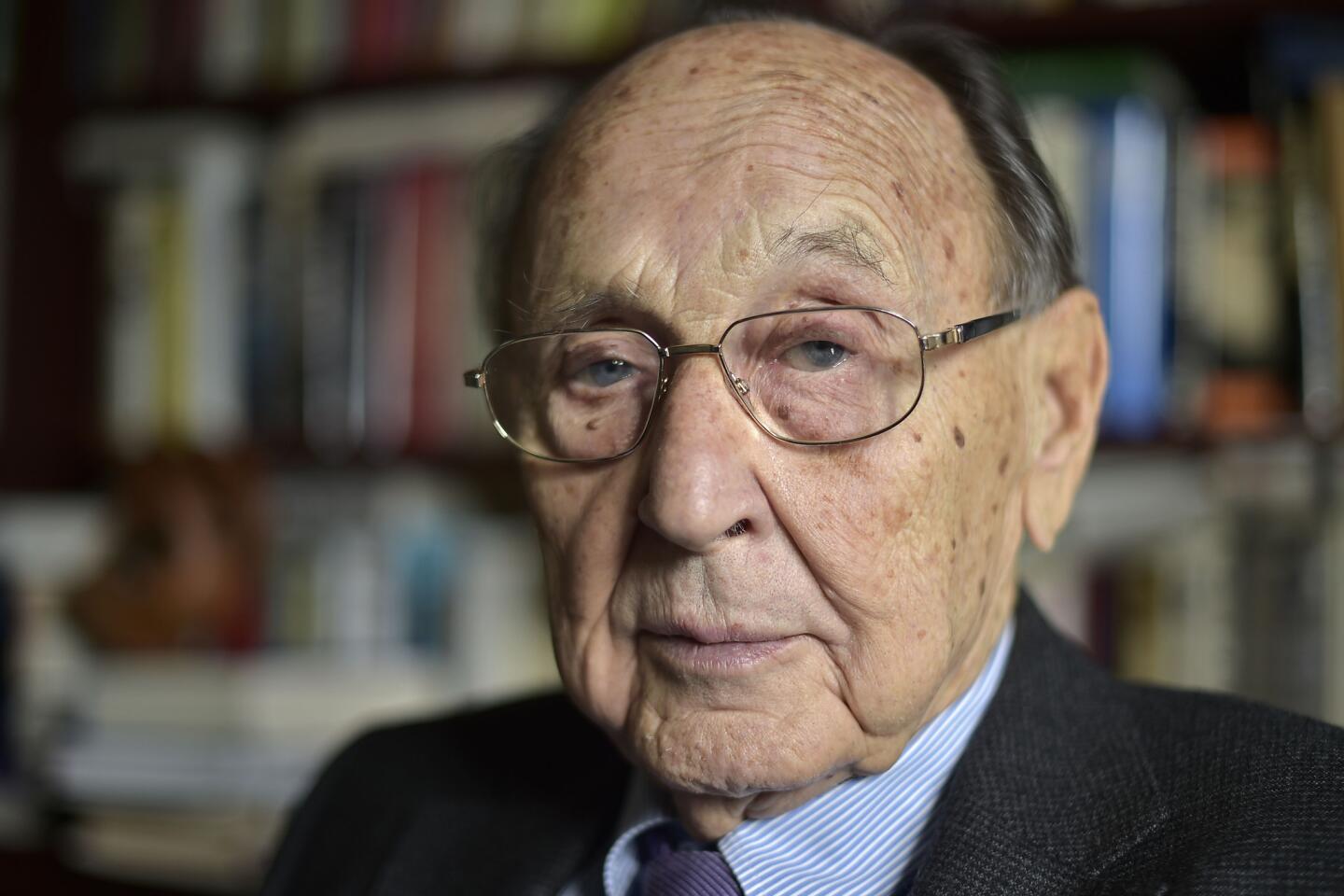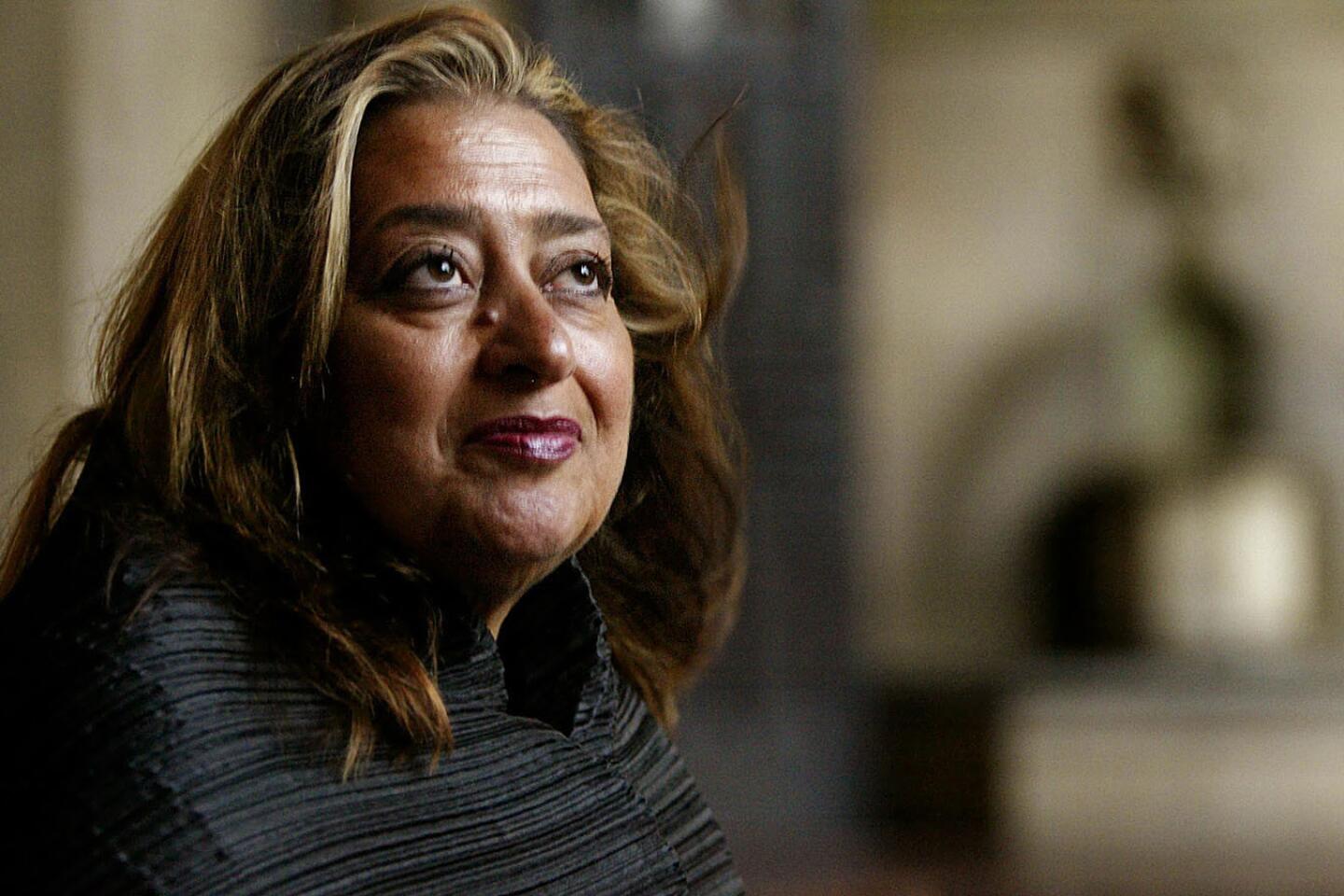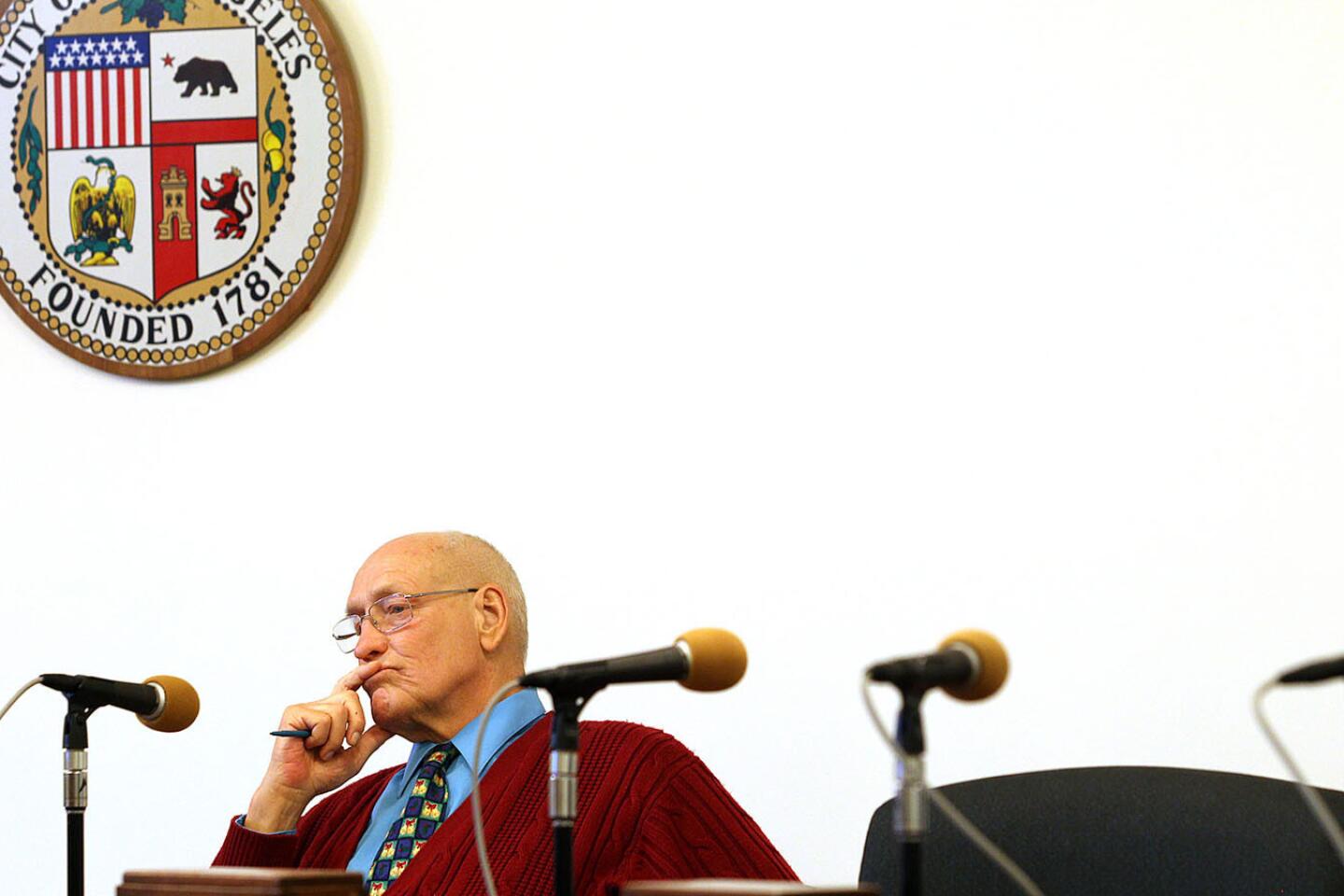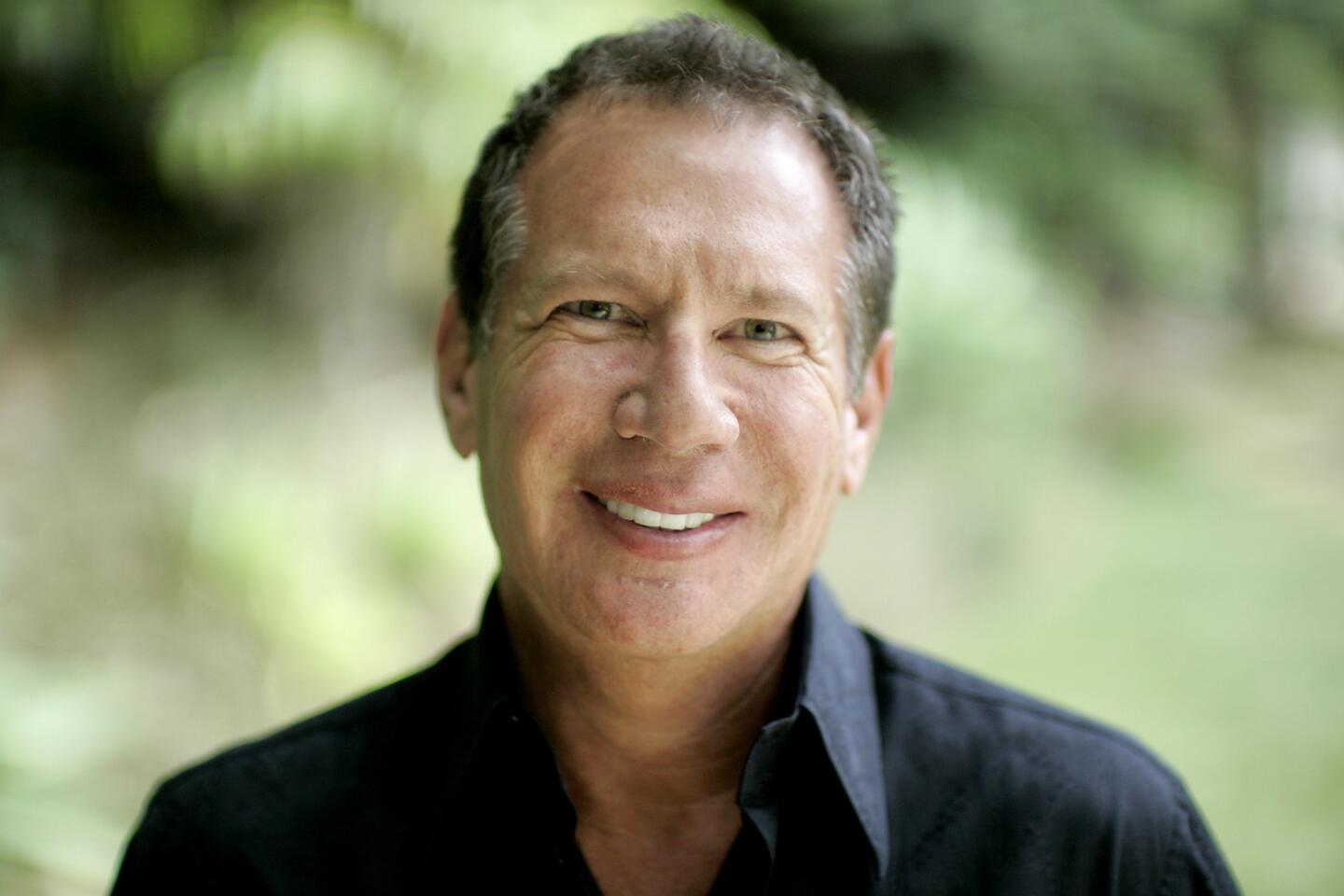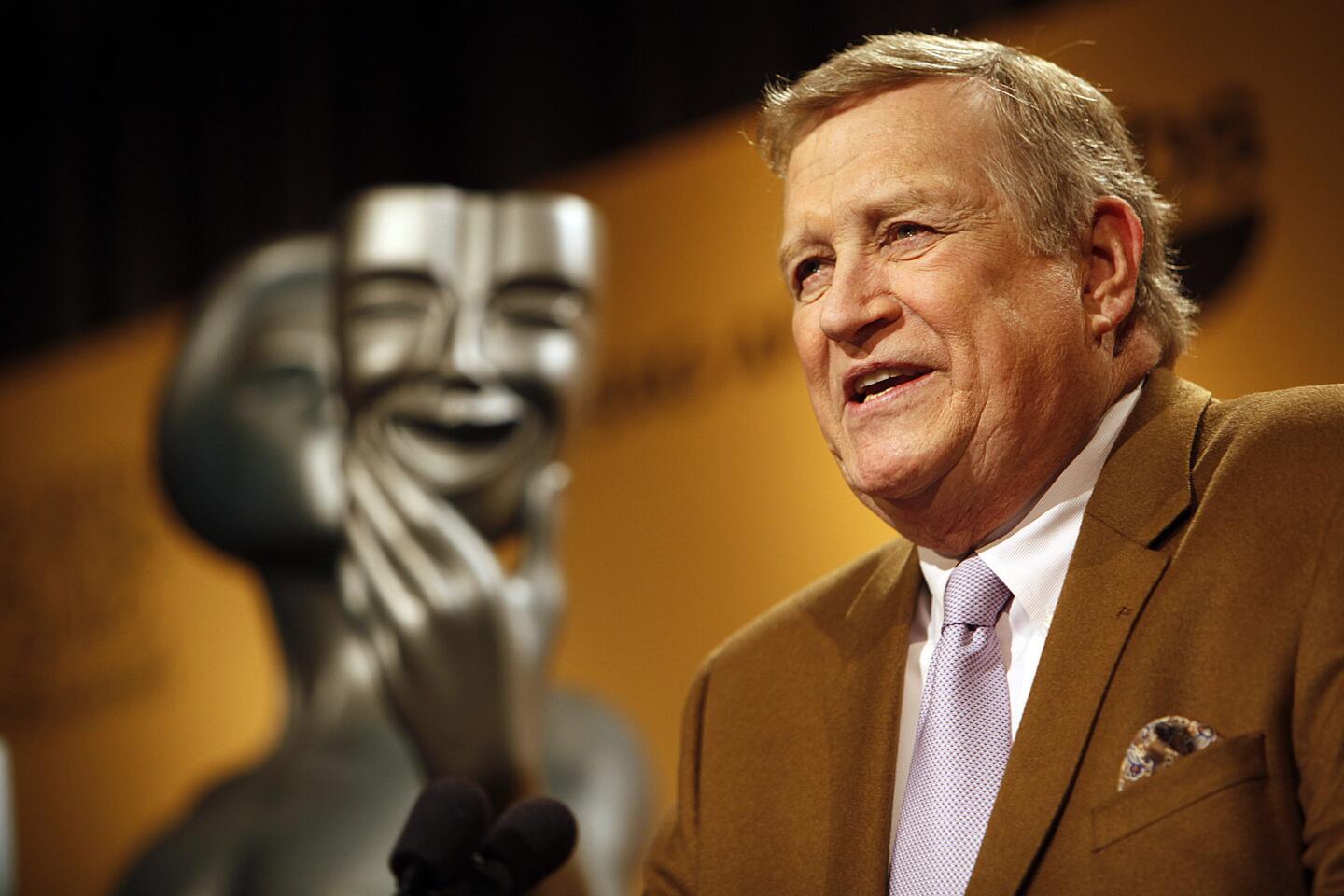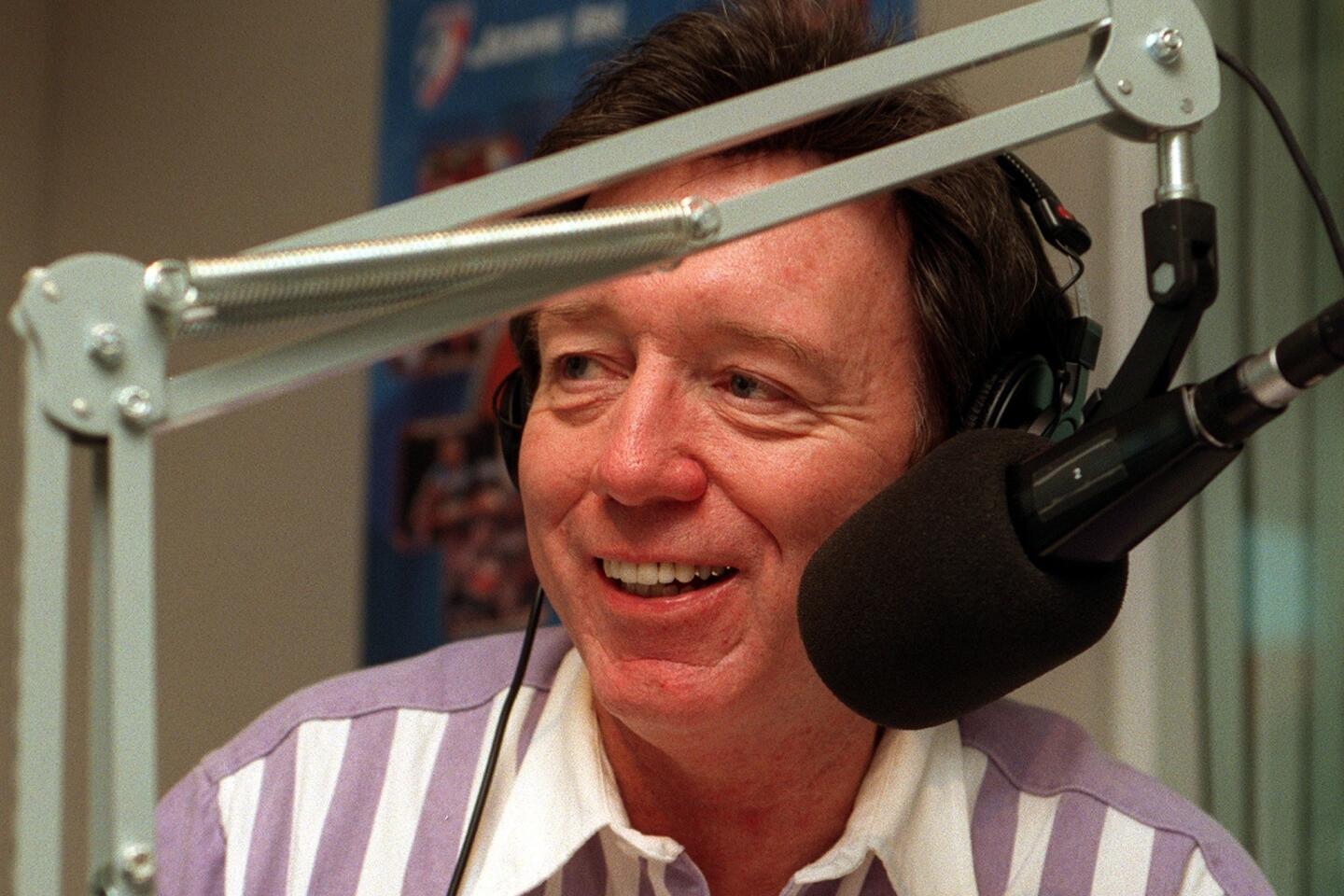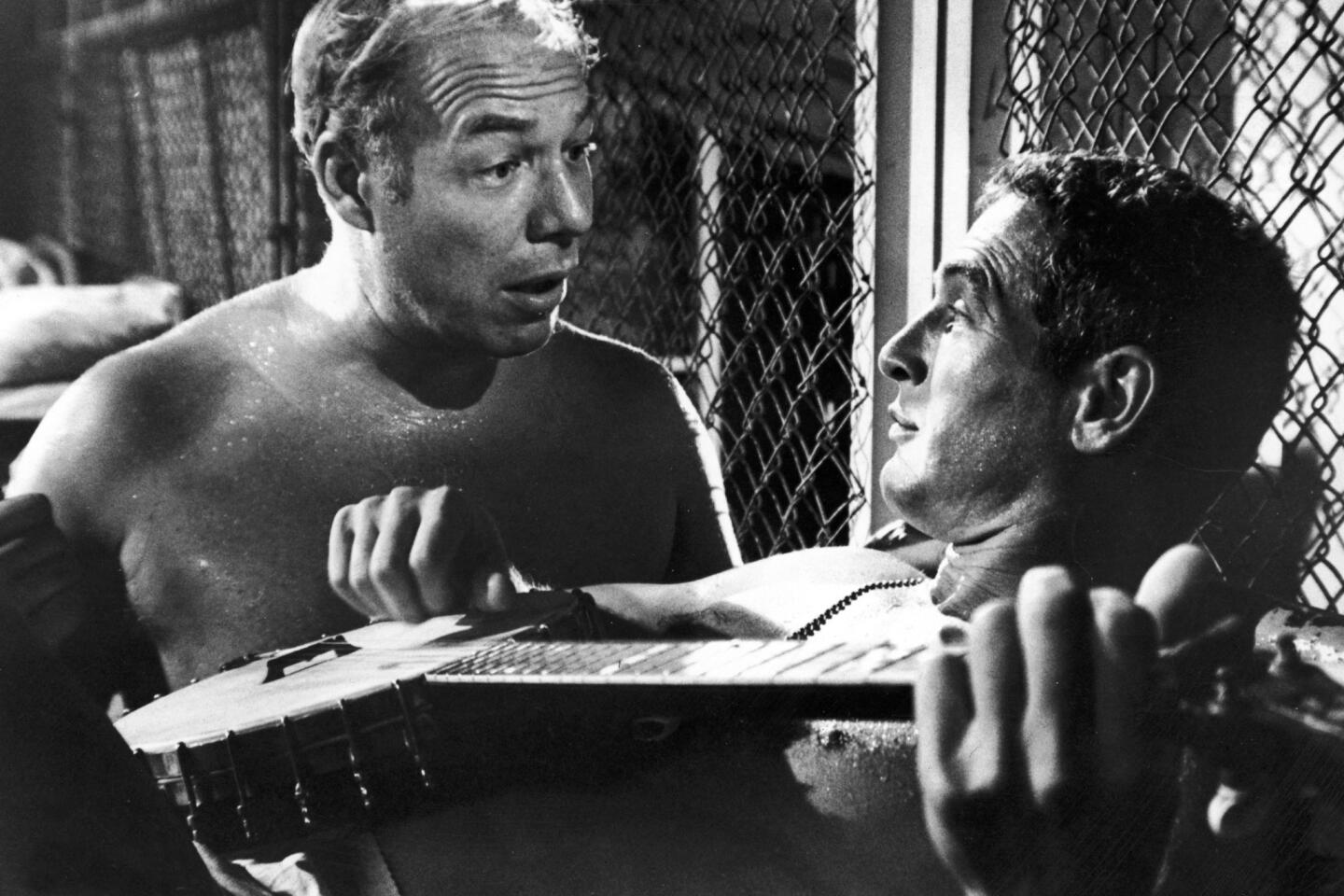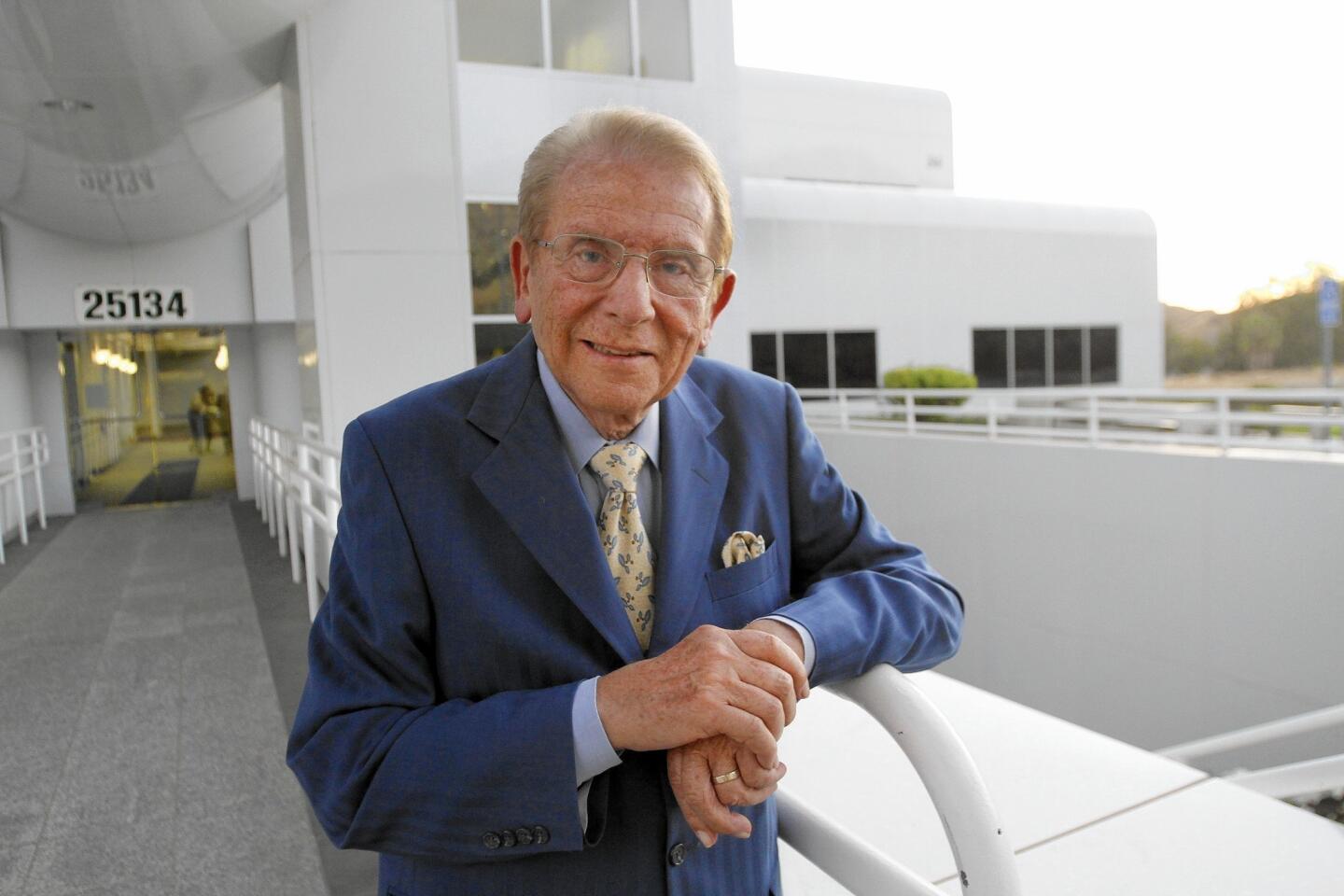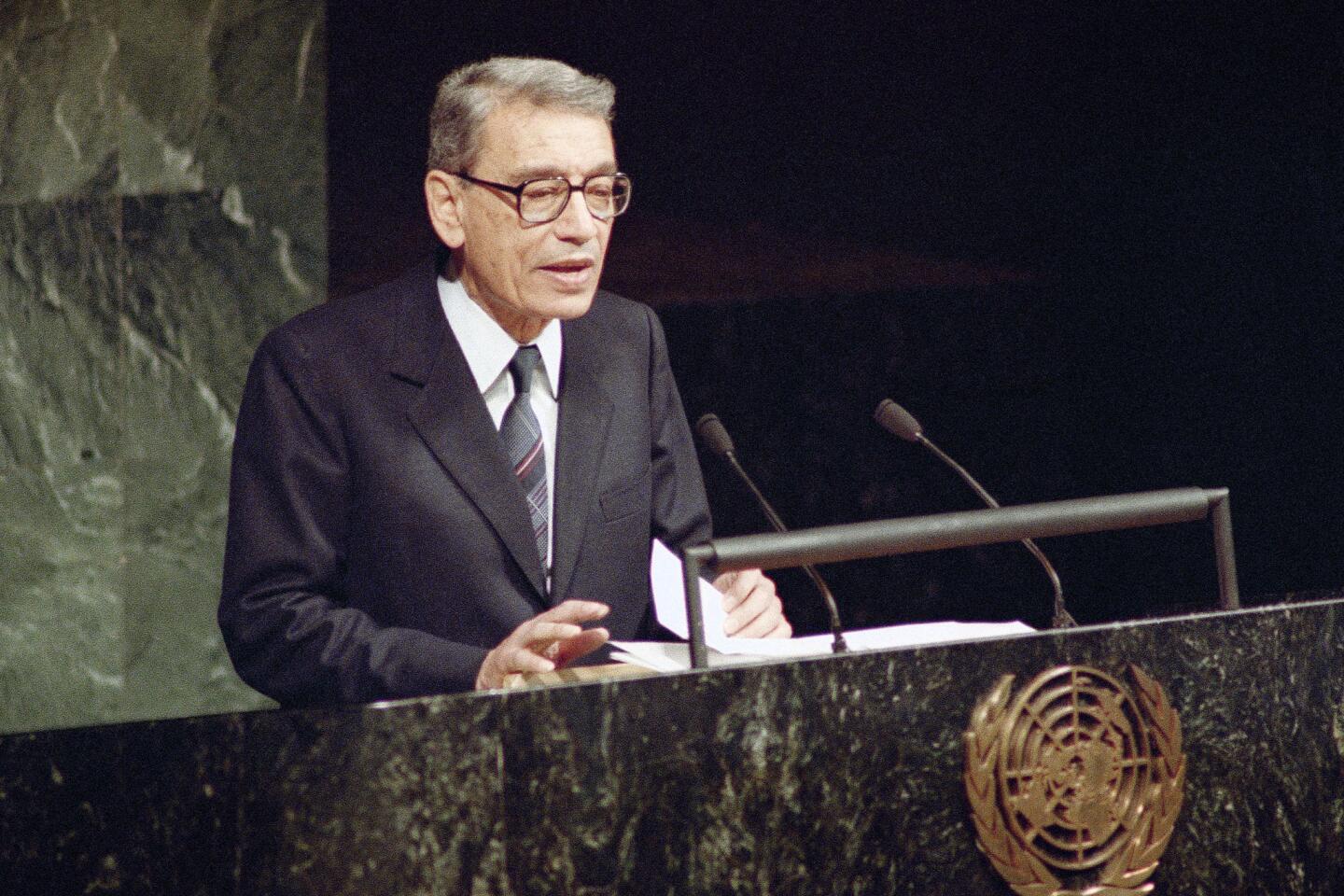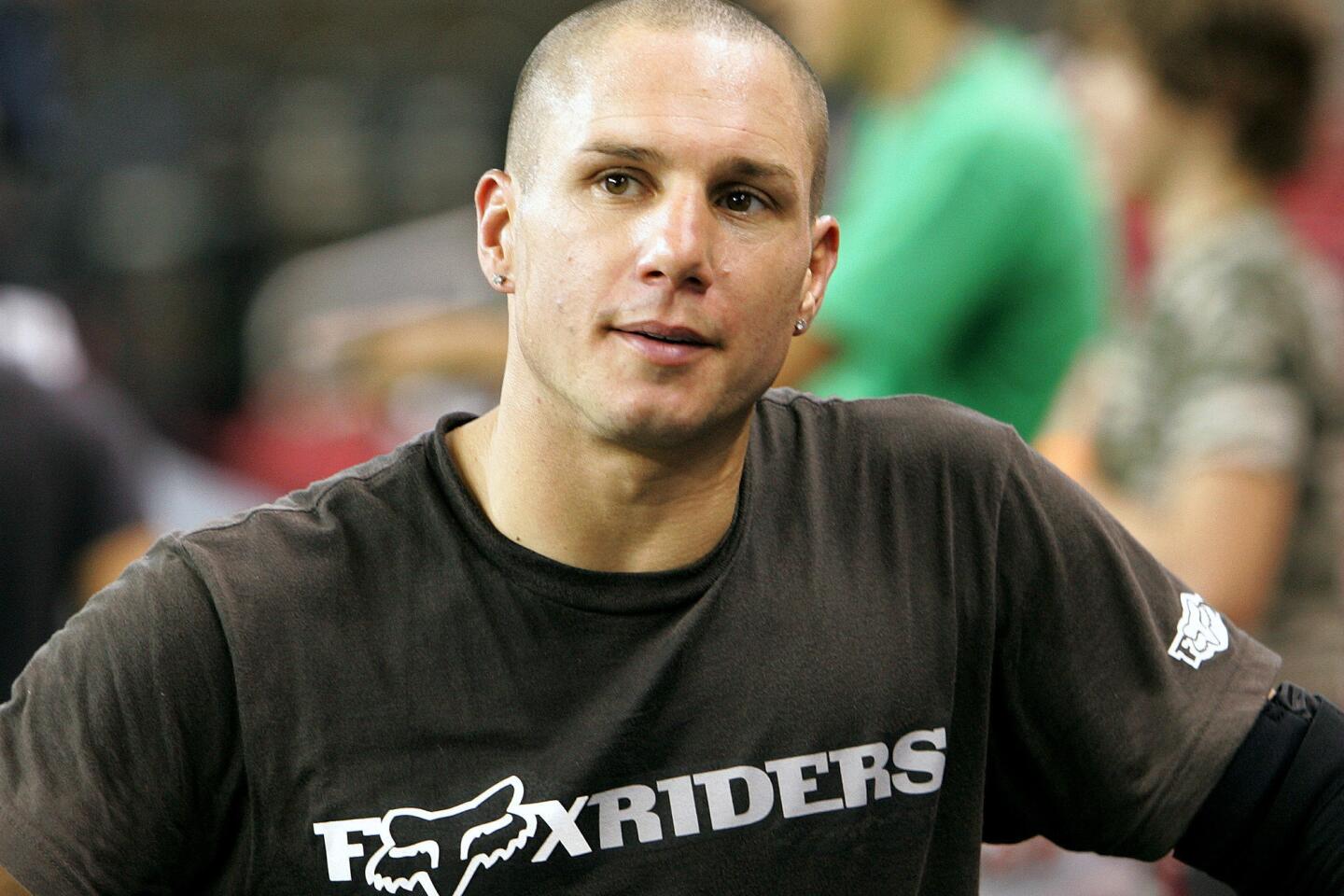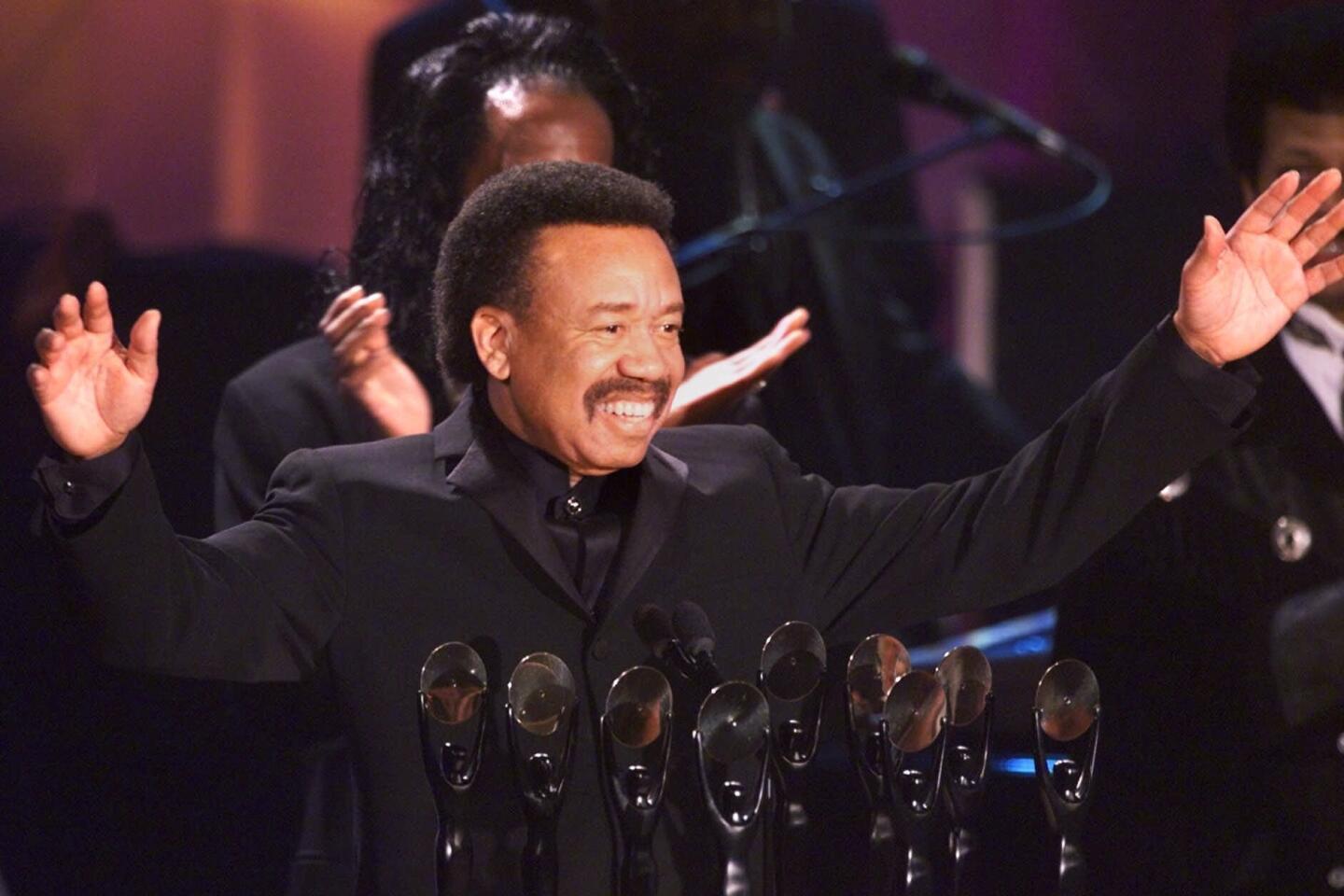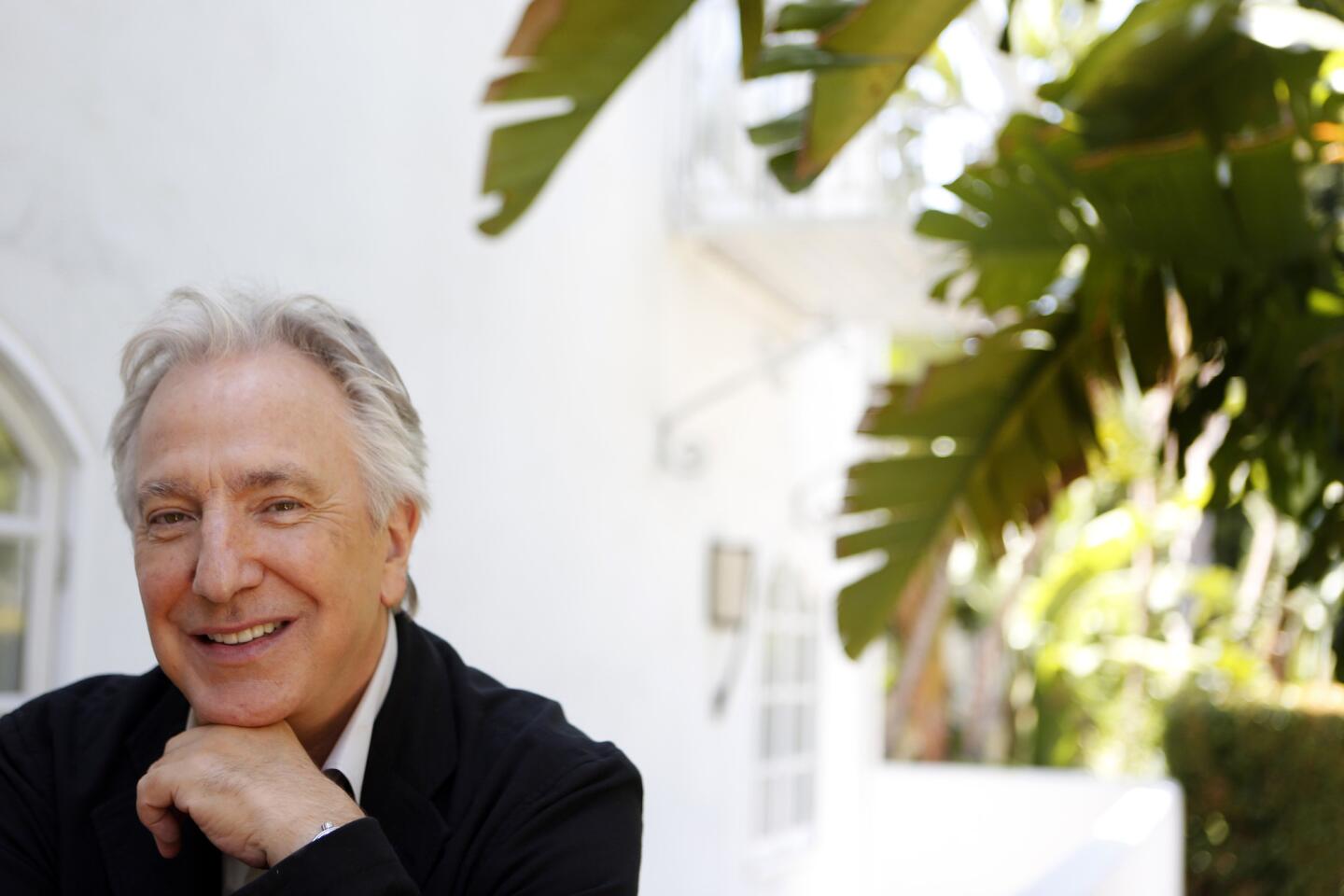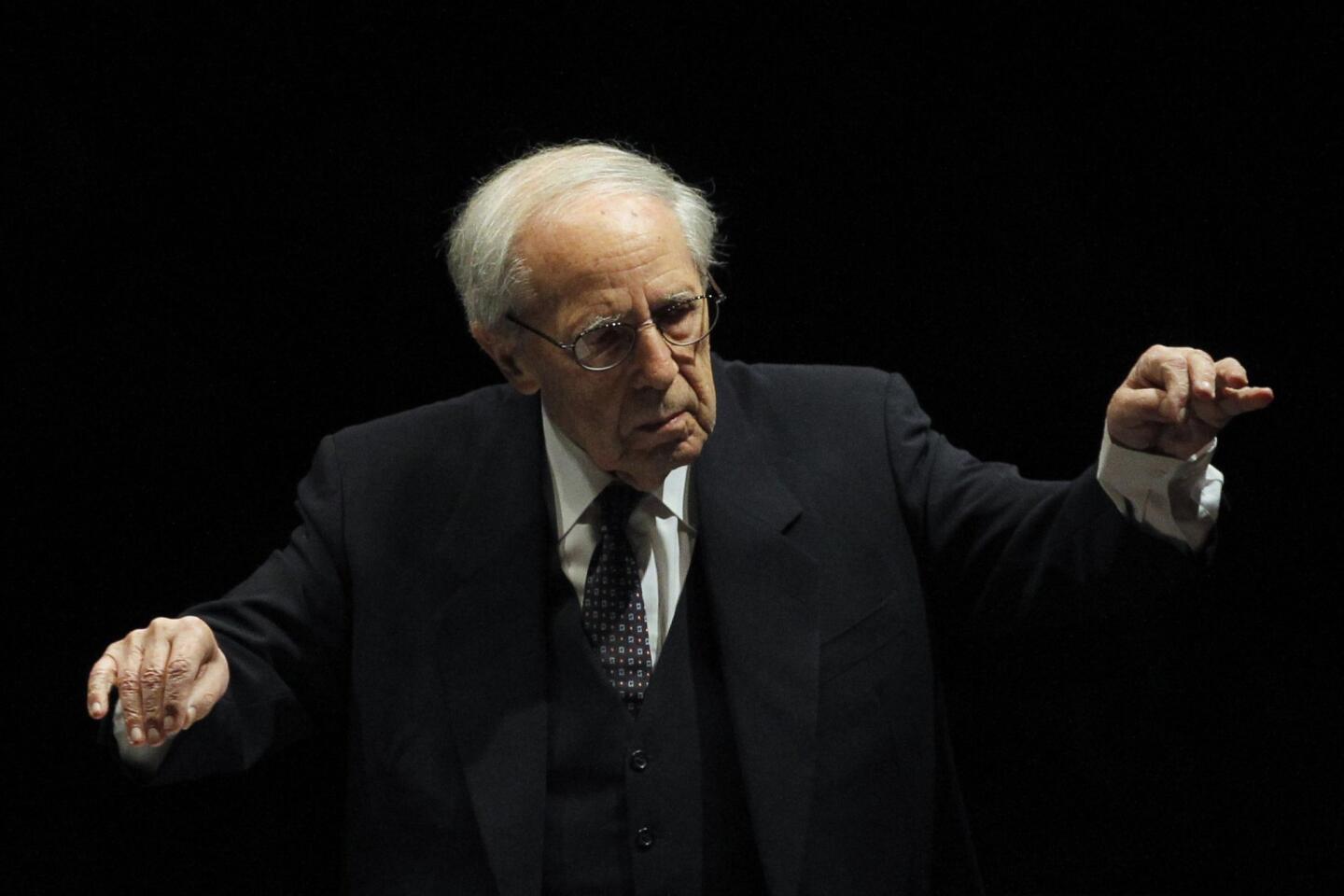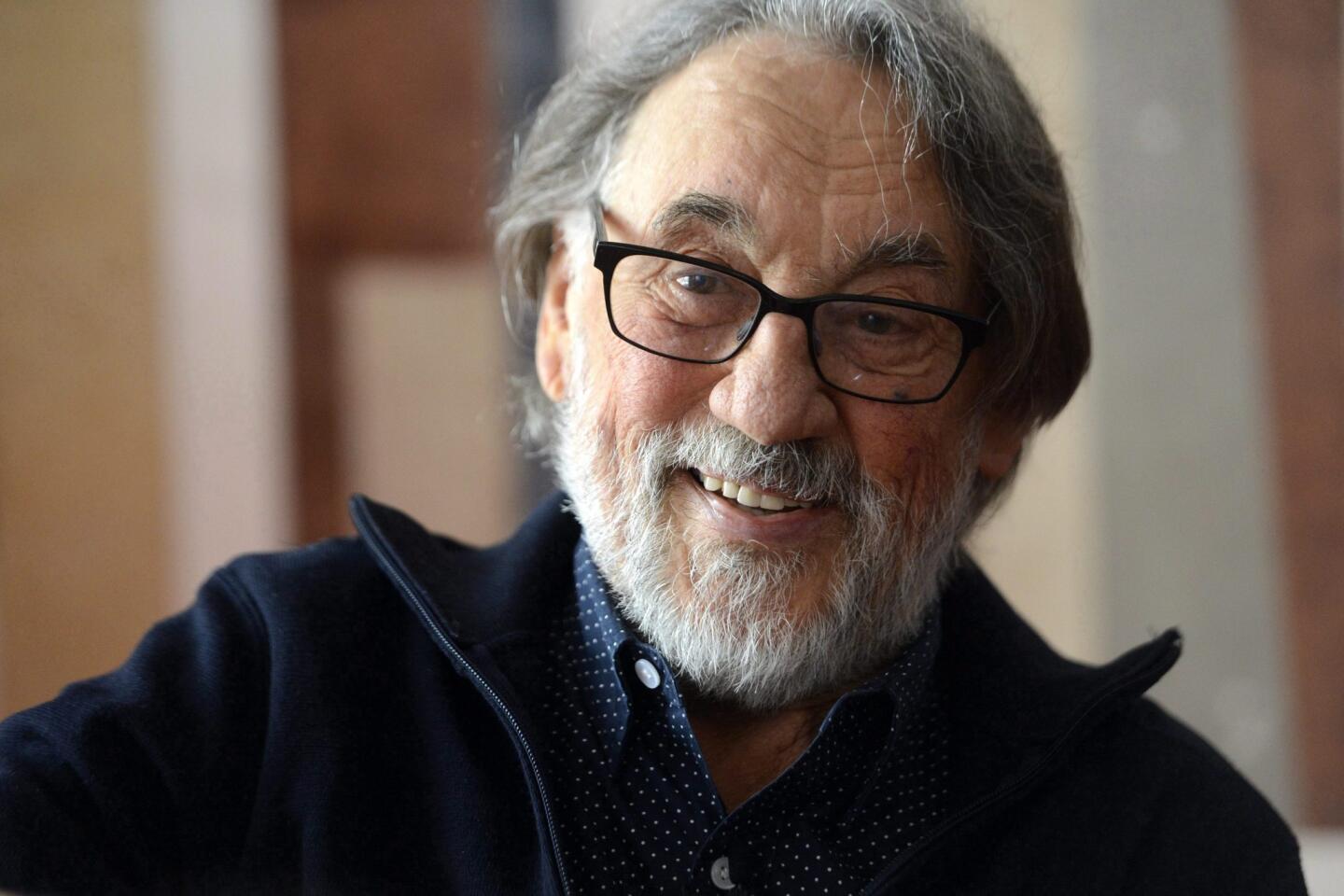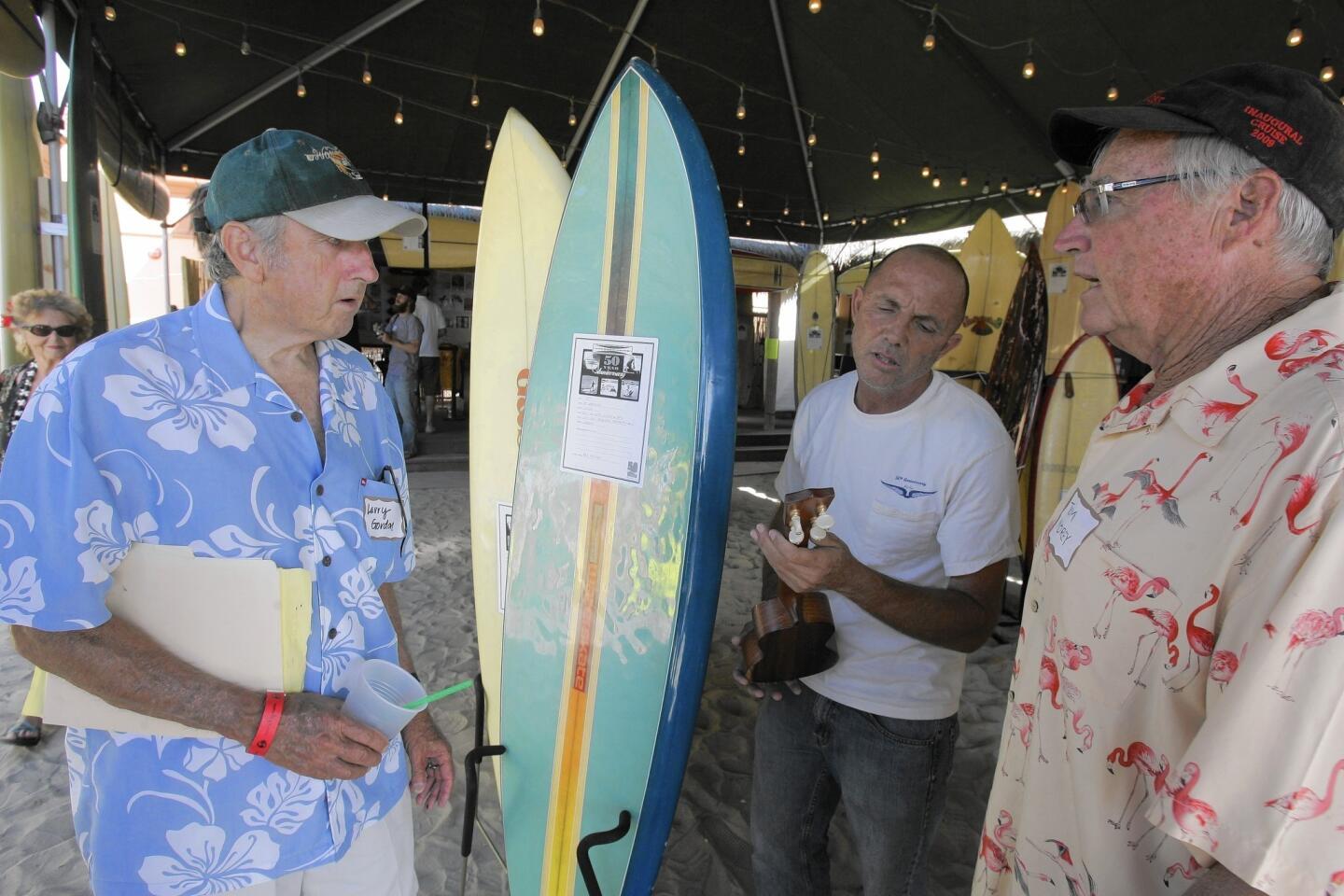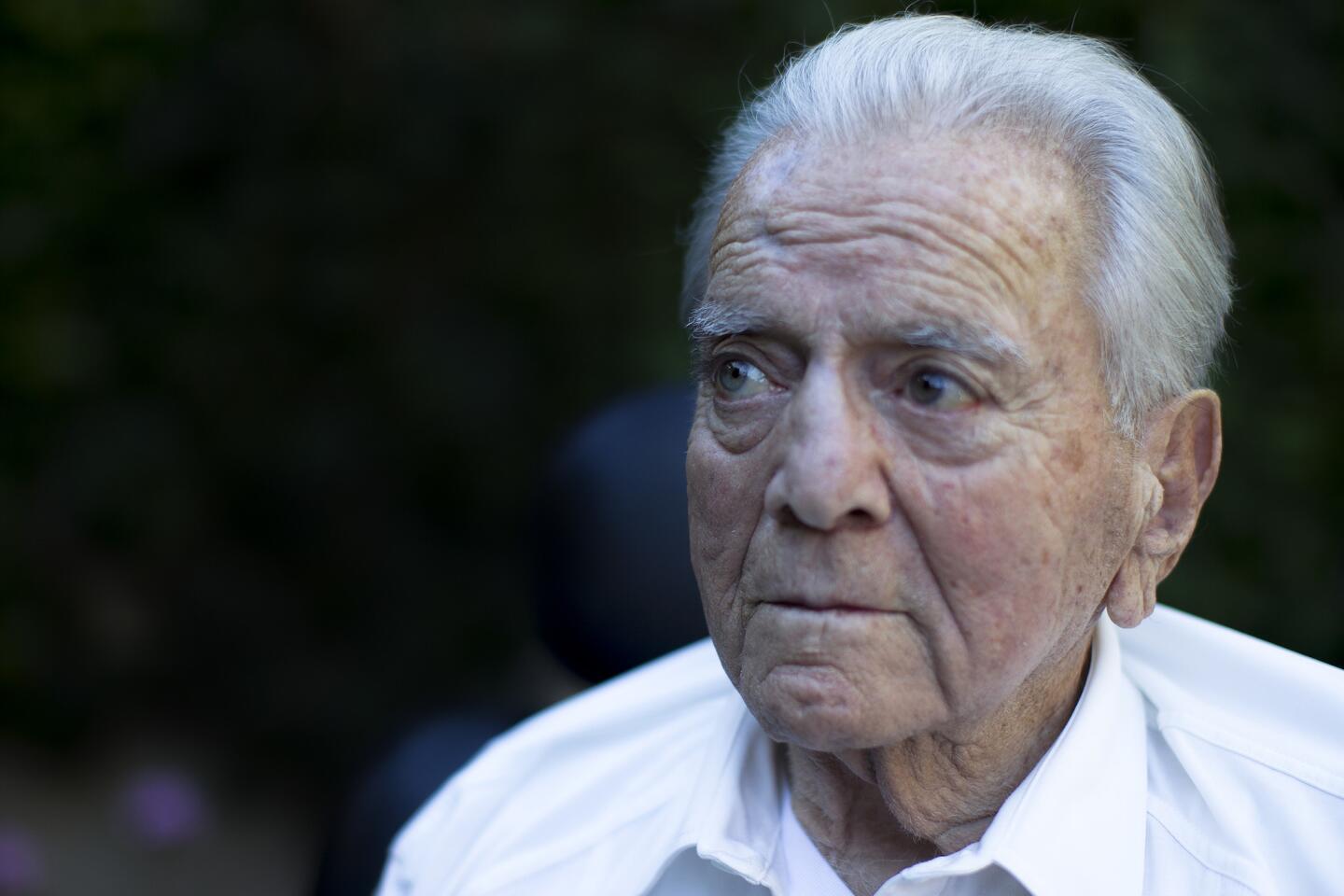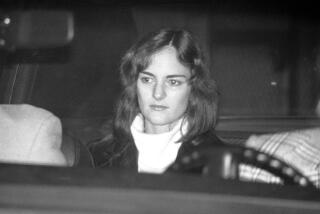Tom Hayden, a 1960s radical who was in the vanguard of the movement to stop the Vietnam War and became one of the nation’s best-known champions of liberal causes, has died in Santa Monica after a lengthy illness. He was 76.
Hayden vaulted into national politics in 1962 as lead author of a student manifesto that became the ideological foundation for demonstrations against the war.
President Nixon’s Justice Department prosecuted Hayden in the raucous “Chicago 7” trial following the violent clashes with police at the 1968 Democratic National Convention.
Hayden later married actress Jane Fonda, and the celebrity couple traveled the nation denouncing the war before forming a California political organization that backed scores of liberal candidates and ballot measures in the 1970s and ’80s, most notably Proposition 65, the anti-toxics measure that requires signs in gas stations, bars and grocery stores that warn of cancer-causing chemicals.
Hayden lost campaigns for U.S. Senate, governor of California and mayor of Los Angeles. But he was elected to the California Assembly in 1982. He served a total of 18 years in the Assembly and state Senate.
During his tenure in the Legislature, representing the liberal Westside, Hayden relished being a thorn in the side of the powerful, including fellow Democrats he saw as too pliant to donors.
“He was the radical inside the system,” said Duane Peterson, a top Hayden advisor in Sacramento.
A longtime target of government surveillance, Hayden took pride in his history of dissent. A photo from the late 1970s shows him pondering, with apparent satisfaction, his 22,000-page FBI file, stacked about 5 feet high.
After the deadly 1967 riots in Newark, N.J., where Hayden had spent several years organizing poor black residents to take on slumlords, city inspectors and others, local FBI agents urged supervisors in Washington to intensify monitoring of Hayden.
“In view of the fact that Hayden is an effective speaker who appeals to intellectual groups and has also worked with and supported the Negro people in their program in Newark, it is recommended that he be placed on the Rabble Rouser Index,” they wrote.
Hayden’s charisma, drive and intellectual heft made him a potent force. “Tom had the gift of articulating the larger meaning of smaller events,” said Todd Gitlin, a writer who succeeded Hayden as president of Students for a Democratic Society, a flagship organizer of 1960s protests. “He was very crisp and clear and unlikely to be at a loss for words as a public voice.”
Hayden, who enjoyed media attention and was skilled at attracting it, worked closely with militant radicals but was equally at ease with the likes of governors and presidents. “He’s always been someone who would much prefer to work and get things done than stand on the sidelines and protest,” Fonda once said.
Born Dec. 11, 1939, Hayden grew up in middle-class Royal Oak, Mich., a Detroit suburb. His father, John Hayden, was an accountant at Chrysler; his mother, Genevieve Garity, was a film librarian at local schools.
At the University of Michigan in Ann Arbor, Hayden was editor in chief of the campus newspaper and was captivated by the burgeoning civil rights movement in the South.In 1960, he hitchhiked to California to cover the Democratic National Convention in Los Angeles, where John F. Kennedy was nominated for president.
Soon after, Hayden made his first journey south for civil rights work, driving to rural Tennessee with fellow students in a station wagon packed with clothing and food for black sharecroppers who’d been evicted from their homes after registering to vote. Hayden returned to the South in 1961. He and a friend were beaten and arrested at a civil rights march in McComb, Miss., in a rural area where few blacks dared to vote.
On his 22nd birthday, Hayden was arrested again in Albany, Ga. He’d been in a “Freedom Ride” group of black and white students who, on a train from Atlanta, ignored an order to leave the “white” car, then got thrown in jail for blocking the sidewalk upon arrival in Albany.
“To those who did not pass through the Southern civil rights experience, willfully going to jail may seem like a career-threatening act of despair,” Hayden wrote in his 1988 memoir, “Reunion.” “It was not. It was both a necessary moral act and a rite of passage into serious commitment.”
In 1962, Hayden joined dozens of other students at a Students for a Democratic Society convention in Port Huron, Mich. As primary author of the group’s Port Huron Statement, he gave voice to a youth disaffection that foreshadowed the explosive power of the antiwar and civil rights protests of the years ahead.
“We are people of this generation, bred in at least modest comfort, housed now in universities, looking uncomfortably to the world we inherit,” the manifesto began.
Inspired by sociologist C. Wright Mills and French author Albert Camus, among others, Hayden and his fellow students bemoaned poverty, racial bigotry, the Democratic Party’s tolerance of Southern segregationists, the threat of nuclear war and an apathetic citizenry. They called for mobilizing students and like-minded Americans through “participatory democracy.”
“If we appear to seek the unattainable, as it has been said, then let it be known that we do so to avoid the unimaginable,” the statement concluded.
Before long, the Vietnam War, the draft and violence in the civil rights struggle darkened the nation’s mood and opened sharp racial and generational divides. In Newark, Hayden collected eyewitness complaints as police and National Guard troops waged street battles for six days in the impoverished neighborhoods where he lived and worked. Twenty-six people were killed.
More and more, Hayden focused on opposition to the war — “this slaughter of a distant people,” he called it.
“From the very beginning, Tom played a visionary role in developing strategy for the antiwar movement,” said Bill Zimmerman, a Santa Monica media consultant who was close to Hayden.
Gradually, Hayden’s activism became focused primarily against the war. In 1965 he traveled with an antiwar group to Hanoi, the capital of communist North Vietnam. The 10-day trip offended many in the U.S., and the State Department temporarily withdrew Hayden’s passport.
He returned to Hanoi in 1967 with another antiwar delegation during a period of heavy U.S. bombing. Hayden, wearing a helmet, was forced at one point into a ditch and worried a U.S. bomb would kill him.
The trip ended with a detour to Phnom Penh, Cambodia, where an emissary of the Viet Cong, the communist force fighting the U.S., had offered to release three American prisoners of war to Hayden. Initially uneasy, he agreed to the plan. He met the POWs on an airport tarmac, and they boarded a Czechoslovakian plane bound for Beirut. Hayden accompanied the servicemen to the U.S. Embassy.
Nearly two decades later, one of the POWs, Jimmy Jackson, would travel to Sacramento to support Hayden when Republicans were trying to oust him from the Legislature for what they alleged was his treason during the war.
The climax of Hayden’s antiwar work came in 1968, when he and fellow radical Rennie Davis served as co-directors of protests at the Democratic National Convention in Chicago.
The nation was torn by social upheaval as the August convention approached. The assassination of the Rev. Martin Luther King Jr. in April had sparked urban riots. Two months later, a gunman killed New York Sen. Robert F. Kennedy in Los Angeles on the night he won California’s Democratic presidential primary.
As protests were spreading across college campuses nationwide, Hayden joined the student occupation of buildings at Columbia University in Manhattan. Police stormed the campus with tear gas. FBI brass in Washington berated local agents in a May 1968 cable for failing to track Hayden at the Columbia revolt. “The investigation of Hayden, as one of the key leaders of the new left movement, is of prime importance to the Bureau,” they wrote.
In Chicago, Hayden and Davis tried for months to get protest permits from Mayor Richard J. Daley’s administration, to no avail. “I told a New York audience that they should come to Chicago prepared to shed their blood,” Hayden recalled in his memoir.
At the convention, thousands of Chicago police and National Guard troops overwhelmed crowds in the street, blasting them with tear gas. Police in blue helmets clubbed front-line protesters, Hayden among them.
“The whole world is watching,” demonstrators chanted as police charged forward. The violence, televised live, contributed to Democrat Hubert Humphrey’s loss to Nixon in November. A government report later called it “a police riot.”
In March 1969, the Justice Department had Hayden and seven others indicted for conspiracy to incite a riot at the convention. The group included Black Panther Party co-founder Bobby Seale and counterculture icons Abbie Hoffman and Jerry Rubin, leaders of the Youth International Party, best known as the Yippies.
Frequent courtroom outbursts marred the trial and the judge, Julius J. Hoffman, was openly scornful of the accused and their lawyers. The dramatic high point came when marshals carried out his threat to have Seale gagged and chained to a chair. Seale’s case ended in a mistrial, leaving the “Chicago 7” as the remaining defendants.
Hayden was convicted of traveling across state lines to incite a riot and sentenced to five years in prison. The conviction was overturned on appeal, largely because the judge had sided openly with prosecutors. The government declined to retry Hayden.
After the trial, he moved to a commune in Berkeley but fellow residents kicked him out. They decided “I was an oppressive male chauvinist,” Hayden wrote in his memoir. Angry and humiliated, “I drove away in my beat-up Volkswagen convertible to Los Angeles, the notorious New Left leader and national security threat alone in a world of hurt.”
Hayden’s first marriage, to fellow student activist Sandra Cason, ended in divorce. He crossed paths with Fonda in 1971, when both were speaking at an antiwar event in Michigan. The following year, Hayden saw Fonda again at an antiwar event in Los Angeles. He had just written a book on Vietnam and was traveling the country doing a multimedia “teach-in” on Indochina.
Fonda invited him to her Laurel Canyon house to share his slide show. “I wanted a man in my life I could love, but it had to be someone who could inspire me, teach me, lead me, not be afraid of me. Who better than Tom Hayden?” she wrote in her 2005 autobiography, “My Life So Far.” The couple married in 1973.
Tom Hayden, a former state legislator, social activist and writer talks about what it means to be a citizen.
By then, Fonda’s 1972 trip to Hanoi had made her a political lightning rod. She’d been photographed sitting in a North Vietnamese antiaircraft gun battery, an incident her detractors considered traitorous and for which she later apologized.
Hayden and Fonda joined forces on an antiwar project, the Indochina Peace Campaign, which lobbied against military funding. Often hounded by protesters, they also went on a national speaking tour with singer Holly Near and former POW George Smith.
Looking back on the war in his memoir, Hayden voiced a few regrets. Time proved him “overly romantic about the Vietnamese revolution,” he wrote. Hayden also admitted “a numbed sensitivity to any anguish or confusion I was causing to U.S. soldiers or to their families — the very people I was trying to save from death and deception.”
As the war came to an end, Hayden embraced mainstream politics in California with a campaign to unseat U.S. Sen. John Tunney. He lost the June 1976 Democratic primary to Tunney, who was ousted in November by Republican S.I. Hayakawa. Some Democrats blamed the defeat on Hayden.
But the campaign laid ground for Hayden and Fonda to start the Campaign for Economic Democracy, later known as Campaign California. The group fought for such causes as Santa Monica rent control, public spending on solar power and divestment from apartheid South Africa.
Much of the group’s money came from Fonda, whose movie career was booming and whose workout video business would spawn a fortune in the ’80s. It helped elect scores of liberals to local offices statewide and campaigned for Proposition 65, the anti-toxics measure that requires signs in gas stations, bars and grocery stores that warn of cancer-causing chemicals.
Hayden represented Santa Monica, Malibu and part of the Westside in Sacramento. His legislative achievements were modest — research into the effects of the herbicide Agent Orange on U.S. servicemen in Vietnam; repair money for the Santa Monica and Malibu piers; tighter rules to prevent the collapse of construction cranes, to name a few.
Hayden paid a personal price for his work as a radical.
His father, a Republican, refused to speak with him for 13 years. They reconciled before his father’s death, a few days before Hayden won election to the Assembly in 1982.
1/61
Wong’s masterly touch brought a poetic quality to Disney’s “Bambi” that has helped it endure as a classic of animation. The pioneering Chinese American artist influenced later generations of animators. Full obituary
(Peter Brenner / Handout) 2/61
After bursting onto the scene opposite Gene Kelly in the classic 1952 musical “Singin’ in the Rain,” Reynolds became America’s Sweetheart and a potent box office star for years. Her passing came only one day after her daughter, Carrie Fisher, died at the age of 60. Reynolds was 84. Full obituary
(John Rooney / Associated Press) 3/61
George Michael, the English singer-songwriter who shot to stardom in the 1980s as half of the pop duo Wham!, went on to become one of the era’s biggest pop solo artists with hits such as “Faith” and “I Want Your Sex.” He was 53. Full obituary
(Francois Mori / Associated Press) 4/61
The thoracic surgeon came up with an anti-choking technique in 1974. So simple it could be performed by children, the eponymous maneuver made Heimlich a household name. He was 96. Full obituary
(Al Behrman / Associated Press) 5/61
The hugely popular south Indian actress later turned to politics and became the highest elected official in the state of Tamil Nadu. She was 68. Full obituary
(AFP / Getty Images) 6/61
Best known for her portrayal of Carol Brady on “The Brady Bunch,” Henderson
portrayed an idealized mother figure for an entire generation. Her character was the center of the show, cheerfully mothering her brood in an era when divorce was becoming more common. She was 82. Full obituary
(Jay L. Clendenin / Los Angeles Times) 7/61
Dubbed “Dr. Wonderful” by the media, the Texas surgeon performed the first successful heart transplant in the United States and the world’s first implantation of a wholly artificial heart. He also founded the Texas Heart Institute in Houston. He was 96. Full obituary
(David J. Phillip / Associated Press) 8/61
The prominent Los Angeles attorney went from defending his father, a powerful mob boss, to representing celebrities, corrupt businessmen, drug kingpins and the so-called Hollywood Madam, Heidi Fleiss. He was 70. Full obituary
(Ken Hively / Los Angeles Times) 9/61
The award-winning journalist wrote for the Washington Post and the New York Times before becoming an anchor of public television news programs “PBS NewsHour” and “Washington Week.” Her career also included moderating the vice presidential debates in 2004 and 2008. She was 61. Full obituary
(Brendan Smialowski / Getty Images) 10/61
Instantly recognizable for his long white mane and a rich, hearty voice, Russell sang, wrote and produced some of rock ‘n’ roll’s top records. His hits included “Delta Lady,” “Roll Away the Stone,” “A Song for You” and “Superstar.” He was 74. Full obituary
(Luis Sinco / Los Angeles Times) 11/61
The singer-songwriter’s literary sensibility and elegant dissections of desire made him one of popular music’s most influential and admired figures for four decades. Cohen is best known for his songs such as “Hallelujah,” “Suzanne” and “Bird on the Wire.” He was 82. Full obituary
(Joel Saget / AFP / Getty Images) 12/61
Reno was the first woman to serve as United States attorney general. Her unusually long tenure began with a disastrous assault on cultists in Texas and ended after the dramatic raid that returned Elian Gonzalez to his Cuban father. She was 78. Full obituary
(Dennis Cook / Associated Press) 13/61
The 1960s radical was in the vanguard of the movement to stop the Vietnam War and became one of the nation’s best-known champions of liberal causes. He was 76. Full obituary
(George Brich / Associated Press) 14/61
Tabei was the first woman to climb Mount Everest in 1975. In 1992, she also became the first woman to complete the “Seven Summits,” reaching the highest peaks of the seven continents. She was 77. Full obituary
(AFP / Getty Images) 15/61
Nixon was the creative force behind the popular soap operas “One Life to Live” and “All My Children.” She was a pioneer in bringing serious social issues, like racism, AIDS and prostitution, to daytime television. She was 93. Full obituary
(Chris Pizzello / Associated Press) 16/61
The former Israeli president was one of the founding fathers of Israel. The Nobel peace prize laureate was an early advocate of the idea that Israel’s survival depended on territorial compromise with the Palestinians. He was 93. Full obituary
(AFP / Getty Images) 17/61
A seven-time professional major tournament champion, Palmer revolutionized sports marketing as it is known today, and his success contributed to increased incomes for athletes across the sporting spectrum. He was 87. Full obituary
(David J. Phillip / Associated Press) 18/61
Known as the Vatican’s exorcist, Amorth, a Roman Catholic priest, helped promote the ritual of banishing the devil from people or places. He was 91. Full obituary
(AFP / Getty Images) 19/61
The American playwright was known for works such as “The Zoo Story,” “The Sandbox,” “Who’s Afraid of Virginia Woolf?” and “A Delicate Balance.” He was awarded the Pulitzer Prize for drama three times. He was 88. Full obituary
(Jennifer S. Altman / For the Times) 20/61
The ska pioneer and Jamaican music legend recorded thousands of records, including such hits as “Al Capone” and “Judge Dread.” He helped ignite the ska movement in England, and later helped carry it into the rock-steady era in the mid-1960s. He was 78. Full obituary
(Larry Ellis / Getty Images) 21/61
Known as “the first lady of anti-feminism,” Schlafly was a political activist who galvanized grass-roots conservatives to help defeat the Equal Rights Amendment and, in ensuing decades, effectively push the Republican Party to the right. She was 92. Full obituary
(Christine Cotter / Los Angeles Times) 22/61
O’Brian helped tame the Wild West as the star of TV’s “The Life and Legend of Wyatt Earp” and was the founder of a long-running youth leadership development organization. “Wyatt Earp” became a top 10-rated series and made O’Brian a household name. He was 91. Full obituary
(Ricardo DeAratanha / Los Angeles Times) 23/61
Jerry Heller, the early manager of N.W.A, was an important and colorful personality in the emerging West Coast rap scene in the 1980s. Heller was 75. Full obituary
(Lori Shepler / Los Angeles Times) 24/61
Two-time Oscar nominee Gene Wilder brought a unique blend of manic energy and world-weary melancholy to films as varied as 1971’s children’s movie “Willy Wonka & the Chocolate Factory” and the 1980 comedy “Stir Crazy.” He was 83. Full obituary
(AFP / Getty Images) 25/61
The beloved top-selling Mexican singer wooed crowds on both sides of the border with ballads of love and heartbreak for more than four decades. He was 66. Full obituary
(Wilfredo Lee / Associated Press) 26/61
Known as the “queen of knitwear,” Sonia Rykiel became a fixture of Paris’ fashion scene, starting in 1968. French President Francois Hollande praised her as “a pioneer” who “offered women freedom of movement.” She was 86. Full obituary
(Thibault Camus / Associated Press) 27/61
The conservative political commentator hosted the long-running weekly public television show “The McLaughlin Group” that helped alter the shape of political discourse since its debut in 1982. He was 89. Full obituary
(Kevin Wolf / Associated Press) 28/61
Best-known for his post-bop recordings for Blue Note Records in the 1960s and 1970s, the inventive jazz vibraphonist played with a litany of jazz greats as both bandleader and sideman during a career spanning more than 50 years. He was 75. Full obituary
(Scott Chernis / Associated Press) 29/61
The British actor, who was 3-foot-8, gave life to the “Star Wars” droid R2-D2, one of the most beloved characters in the space-opera franchise and among the most iconic robots in pop culture history. He was 81. Full obituary
(Reed Saxon / Associated Press) 30/61
For many in L.A., Folsom was the face of the Parent Teacher Student Assn., better known as the PTSA or PTA. He served as the official and unofficial watchdog over the Los Angeles Unified School District and wrote about his experiences in his blog. He was 69. Full obituary
(Mark Boster / Los Angeles Times) 31/61
Fountain combined the Swing Era sensibility of jazz clarinetist Benny Goodman with the down-home, freewheeling style characteristic of traditional New Orleans jazz to become a national star in the 1950s as a featured soloist on the “The Lawrence Welk Show.” He was 86. Full obituary
(Luis Sinco / Los Angeles Times) 32/61
Lowery was a pioneer in efforts to help people suffering from poverty, addiction and mental illness move out of tents and cardboard boxes on Los Angeles’ sidewalks and into supportive housing. She was 70. Full obituary
(Lawrence K. Ho / Los Angeles Times) 33/61
Nixon, a Hollywood voice double, can be heard in place of the leading actresses in such classic movie musicals as “West Side Story,” “The King and I” and “My Fair Lady.” She was 86. Full obituary
(Rob Kim / AFP/Getty Images) 34/61
The department store heir’s widow was a socialite and philanthropist who hobnobbed with the world’s elite, epitomized high fashion and was best friends with former first lady Nancy Reagan. She was 93. Full obituary
(Evan Agostini / Associated Press) 35/61
The author and teacher was long established as a leading literary figure of Southern California. Her works include “Golden Days,” “There Will Never Be Another You” and her memoir “Dreaming, Hard Luck and Good Times in America.” She was 82. Full obituary
(Ricardo DeAratanha / Los Angeles Times) 36/61
The Nazi concentration camp survivor won the Nobel in 1986 for his message “of peace, atonement and human dignity.” “Night,” his account of his year in death camps, is regarded as one of the most powerful achievements in Holocaust literature. He was 87. Full obituary
(Allen J. Schaben / Los Angeles Times) 37/61
One of the greatest basketball coaches of any gender or generation, Summitt spent 38 years as coach of the University of Tennessee women’s basketball team before dementia forced her early retirement. She was 64. Full obituary
(Wade Payne / Associated Press) 38/61
The iconic New York Times fashion photographer darted around New York on a humble bicycle to cover the style of high society grand dames and downtown punks with equal verve. He was 87. Full obituary
(Mark Lennihan / Associated Press) 39/61
Aguirre was best known for his portrayal of the towering “Profesor Jirafales,” the likable and often disrespected giraffe teacher on the 1970s-era hit show “El Chavo del Ocho.” The screwball comedy helped usher in an era of edgier comedy in Mexico and elsewhere. Aguirre was 82. Full obituary
(AFP / Getty Images) 40/61
The three-time heavyweight boxing champion’s brilliance in the ring and bravado outside it made his face one of the most recognizable in the world. He was 74. Full obituary
(John Rooney / Associated Press) 41/61
Like Walter Cronkite and Edward R. Murrow, the CBS newsman became part of a group of journalists who set the tone for storytelling on television. He was on “60 Minutes” for 46 years, holding the longest tenure on prime-time television of anyone in history. He was 84. Full obituary
(Carolyn Cole / Los Angeles Times) 42/61
The first African American chief of the Los Angeles Police Department, Williams steadied the agency in the tumultuous wake of the 1992 riots but was distrusted as an outsider by many officers and politicians. He was 72. Full obituary
(Nick Ut / Associated Press) 43/61
Best known for her role as Marie Barone on “Everybody Loves Raymond,” Roberts won four Emmys for her work on that show and one for her work on “St. Elsewhere.” She was 90. Full obituary
(Ken Hively / Los Angeles Times) 44/61
The country music legend sang of his law-breaking Bakersfield youth and penned a stream of No. 1 hits. He owed some of his fame to conservative anthems, including the combative 1969 release “Okie from Muskogee,” which seemed to mock San Francisco’s anti-war hippies. He was 79. Full obituary
(Genaro Molina / Los Angeles Times) 45/61
The acclaimed Native American historian was the last surviving war chief of Montana’s Crow Tribe. President Obama awarded him the Presidential Medal of Freedom in 2009. He was 102. Full obituary
(J. Scott Applewhite / Associated Press) 46/61
Germany’s longest-serving foreign minister brokered an end to the painful 40-year division of his homeland in 1990, but only after persevering for decades through the most tragic and destructive phases of Germany’s 20th century history. He was 89. Full obituary
(Martin Meissner / Associated Press) 47/61
The Iraqi-born British architect was the first woman to win the Pritzker Prize, architecture’s highest honor. She made her mark with buildings such as the London Aquatics Centre, the MAXXI museum for contemporary art in Rome and the innovative Bridge Pavilion in Zaragoza, Spain. She was 65. Full obituary
(Kevork Djansezian / Associated Press) 48/61
The former television talk show host became the first openly gay man to serve on the Los Angeles City Council. He advocated for the homeless, gays and lesbians and other liberal causes. He was 70. Full obituary
(Christina House / For The Times) 49/61
Garry Shandling’s comedic career spanned decades, but he is best known for his role as Larry Sanders, the host of a fictional talk show. His sitcom pushed the boundaries of TV, influencing shows such as “The Office” and “Modern Family.” He was 66. Full obituary.
(Robert Gauthier / Los Angeles Times) 50/61
Ken Howard was president of SAG-AFTRA and an actor known for his role on TV’s ‘The White Shadow.’ He championed the merger of Hollywood’s two largest actors unions, which had a history of sparring. He was 71. Full obituary
(Al Seib / Los Angeles Times) 51/61
The longtime Los Angeles radio disc jockey, whose real name was Art Ferguson, hosted the morning radio show for popular and influential station KHJ-AM in the late 1960s and went on to be a key player in the launch of latter-day powerhouses KROQ-AM and KIIS-FM. He was 71. Full obituary
(Lawrence K. Ho / Los Angeles Times) 52/61
The veteran actor built his early career playing heavies and won an Academy Award in 1968 for his supporting role as the tough Southern prison-camp convict who grew to hero-worship Paul Newman’s defiant title character in “Cool Hand Luke.” He was 91. Full obituary
(Warner Bros. / Getty Images) 53/61
A prolific entrepreneur, Mann over the course of seven decades founded 17 companies in fields ranging from aerospace to pharmaceuticals to medical devices. He was 90. Full obituary
(Kirk McKoy / Los Angeles Times) 54/61
The Egyptian diplomat helped negotiate his country’s landmark peace deal with Israel but then clashed with the United States when he served a single term as U.N. secretary-general. He was 93. Full obituary
(Marty Lederhandler / Associated Press) 55/61
Pro-BMX biker Dave Mirra was one of the most decorated athletes in X Games history. He held the record for the most medals in history with 24. He was 41. Full obituary
(Ed Reinke / Associated Press) 56/61
Maurice White, co-founder and leader of the groundbreaking ensemble Earth, Wind & Fire, was the source for a wealth of euphoric hits in the 1970s and early ‘80s, including ‘Shining Star,’ ‘September,’ and ‘Boogie Wonderland.’ He was 74. Full obituary
(Kathy Willens / Associated Press) 57/61
In a career that encompassed everything from big-budget Hollywood movies to classical theater, Rickman made bad behavior fascinating to watch from “Die Hard” to the “Harry Potter” movies. He was 69. Full obituary
(Francine Orr / Los Angeles Times) 58/61
The composer and former principal conductor of the New York Philharmonic was known for pushing music lovers and the music establishment to let go of the past and embrace new sounds, structures and textures. He was 90. Full obituary
(Christophe Ena / Associated Press) 59/61
The Academy Award winner was revered as one of the most influential cinematographers in film history for his work on classics including “Close Encounters of the Third Kind” and “The Deer Hunter.” He was 85. Full obituary
(Tamas Kovacs / EPA) 60/61
Gordon helped revolutionize surfing with the creation of the foam surfboard. His polyurethane boards were lighter and easier to ride, making surfing accessible -- which helped popularize the sport globally. He was in his 70s. Full obituary
(Charlie Neuman / San Diego Union-Tribune/ZUMA Press) 61/61
The attorney and almond farmer was known for his battle to stop the $68-billion California bullet train project from slicing up his almond orchards -- part of a deeply emotional land war that has drawn in hundreds of farming families from Merced to Bakersfield. He was 92. Full obituary
(Gina Ferazzi / Los Angeles Times) In Sacramento, Hayden was isolated even among Democrats, who were put off by his disdain for the capital’s favor-trading culture. He feuded with Willie Brown, then Assembly speaker, who ultimately stripped Hayden of a committee chairmanship and moved his Capitol office to smaller quarters.
Hayden’s 1992 elevation to the state Senate came after a nasty and costly campaign, funded largely by his Fonda divorce settlement. After his quixotic run for governor in 1994, Hayden tried to unseat L.A. Mayor Richard Riordan in 1997. Riordan trounced him, 61% to 34%.
Hayden’s Senate tenure ended in 2000, when term limits barred him from seeking another term. He ran once more for elected office, a seat on the L.A. City Council. He finished first in the primary, but lost the June 2001 runoff to former prosecutor Jack Weiss by 369 votes.
A prolific author, Hayden wrote books on Cuba, Ireland, Vietnam, street gangs, spirituality and environmental protection, the Iraq war and the Newark riots. His next book, “Hell No: The Forgotten Power of the Vietnam Peace Movement,” is scheduled to be published in March 2017 by Yale University Press.
Hayden is survived by his wife, Barbara Williams, an actress and singer; their adopted son, Liam; Troy Garity, his son with Fonda; and his sister, Mary Hayden Frey. He is also survived by stepdaughter Vanessa Vadim and her two children.
[email protected]
Times staff writer Matt Hamilton contributed to this report.
ALSO
Herschel Elkins, California attorney who helped write Lemon Law, dies at 87
Comic Kevin Meaney, starred in TV’s ‘Uncle Buck,’ dies at 60
Simone Schaller, Olympic hurdler in 1932 and ‘36, dies at 104

